LIVER REGENERATOR 200:1 – New!
July 29, 2021GLUCOSE BLOCKER 200:1 – New!
November 18, 2021JING FORCE 200:1 – Kidney Restoration Tonic – New!
$275.00
INTRODUCING
JING FORCE
Kidney Restoration Tonic
200:1 Concentration
100 Grams
Jing is the Chinese word for “essence”, specifically kidney essence. Along with qì and shén, it is considered one of the Three Treasuresof traditional Chinese medicine.
RENAL PROTECTIVE AGENTS (Click to read the Scientific Studies)
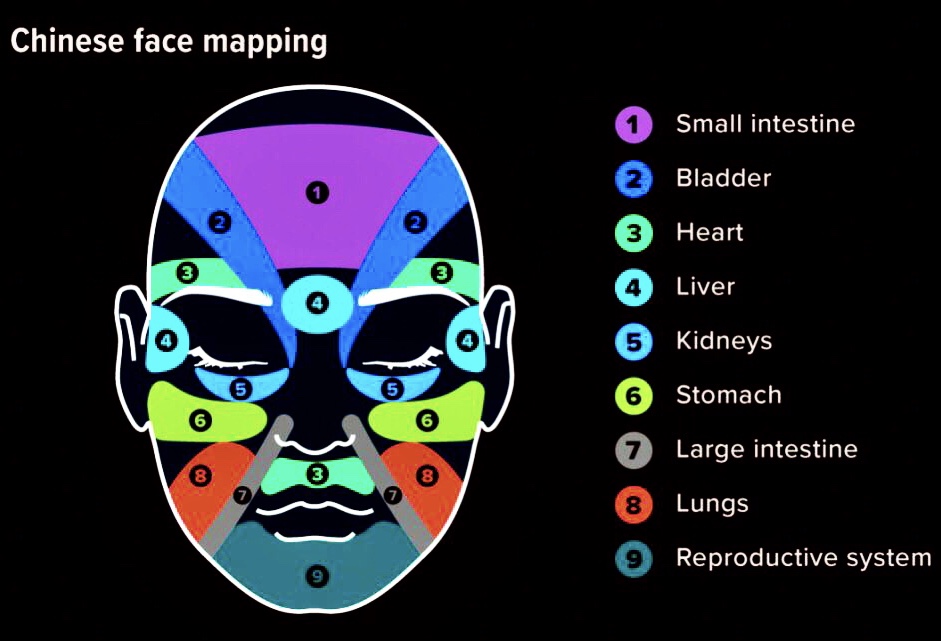
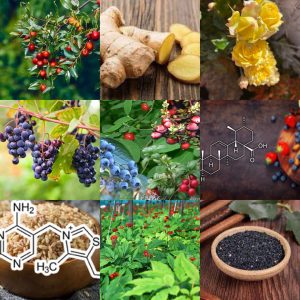
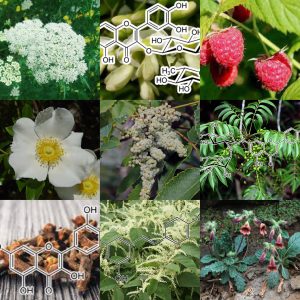
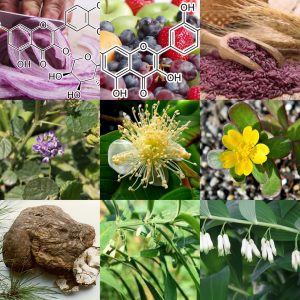
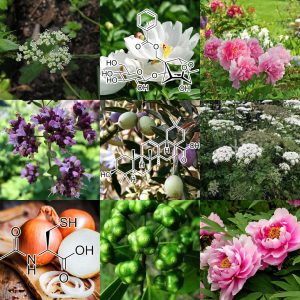
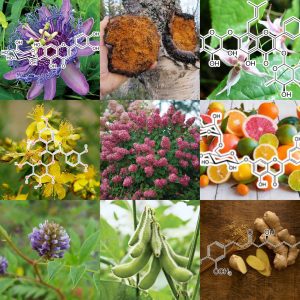
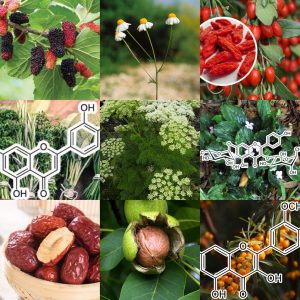
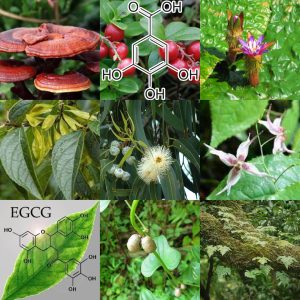
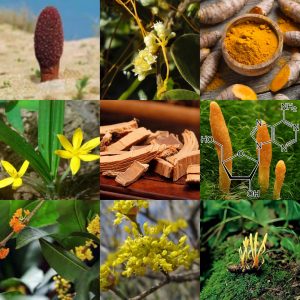

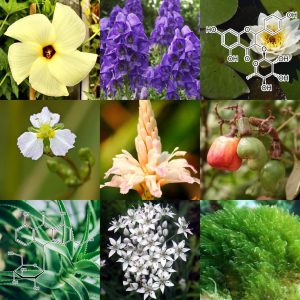 FEATURING: Abelmoschus Manihot (Linn.) Medicus (A. Manihot) • Achyranthes Bidentata Bl Extract • Aconitum Carmichaelii Debx Extract • Afzelin • Alisma Orientalis(Sam.)Juzep.Extract • Allium Tuberosum Extract • Aloin • Alpha-Lipoic Acid (Α-La) • Alpinia Oxyphylla Miq Extract • Anacardium Occidentale (Ao) Leaves • Arjunolic Acid • Arthrospira Platensis (Spirulina Platensis • Astragaloside Iv (Assingle Bondiv) • Astragalus Mongholicus Bunge Extract • Auricularia Auricula(L.Ex Hook.)Underw Extract • Baicalin • Carica Papaya L.Extract • Chestnuts Extract • Cinnamomum Cassia Presl Extract • Cirsimaritin • Cistanche Deserticola Ma Extract • Citrus Reticulata Blanco Extract • Cmnamomi Mmulus Extract • Cordycepin • Cordyceps Sinensis ( Berk. ) Sacc Extract • Cornus Officinalis Sieb. Et Zucc.Extract • Cortex Fraxini • Curculigo Orchioides Gaertn.Extract • Curcumin • Cuscuta Chinensis Lam.Extract • Cynomorium Songaricum Rupr Extract • Davallia Mariesii Moore Ex Bak.Extract • Dioscorea Oppositifolia L.Extract • Egcg • Epimedium Brevicornu Maxim Extract • Eucalyptus Globulus Ganoderma Lucidium • Eucommia Ulmoides Oliver Extract • Euryale Ferox Salisb. Ex Konig Et Sims Extract • Gallic Acid • Galega officinalis • Ganoderma Lucidium Ganoderma Lucidium • Gingerol • Glycine Max(L.)Merr.Extract • Glycyrrhiza Uralensis Fisch.Extract • Hesperidin • Hydrangea Paniculata Extract • Hyperin • Icariin • Inonotus Obliquus • Isoorientin • Isorhamnetin • Juglans Regia L. Extract • Jujube Kernel Extract • Kaempferitrin • Kaempferitrin, The Main Flavonoid From Bauhinia Forficata • Ligusticum Chuanxiong Hort Extract • Ligustrum Lucidum Ait Extract • Luteolin • Lycii Fructus Extract • Matricaria Chamomilla (Chamomile) • Mori Fructus Extract • Morinda Officinalis How Extract • N-Acetylcysteine (Nac) • Notopterygium Incisum Ting Ex H. T. Chang Extract • Oleanolic Acid • Origanum Vulgare (Oregano) • Paeonia Lactiflora Pall Extract • Paeonia Suffruticosa Andr Peel Extract • Paeoniflorin • Peucedanum Praeruptorum Dunn Extract • Plantago Asiatica L. Extract • Polygonatum Odoratum(Mill.)Druce Extract • Polygonatum Sibiricum Delar. Ex Redoute Extract • Poria Cocos(Schw.)Wolf Extract • Portulaca Oleracea Extract • Psidium Guajava L Extract • Psoralea Corylifolia Linn.Extract • Purple Rice Extract • Quercetin • Quercitrin • Rehmannia Glutinosa (Gaetn.) Libosch. Ex Fisch. Et Mey Extract • Resveratrol • Rhamnetin • Rhoifolin • Rhus Chinensis Mill.Extract • Rosa Laevigata Michx.Extract • Rubus Idaeus L Extract • Rutin • Saposhnikovia Divaricata (Turcz.) Schischk.Extract • Semen Sesami Nigrum Extract • Sun Ginseng (Sg, Heat-Processed Panax Ginseng • Thiamine • Thymoquinone (Tq), The Active Constituent Of Nigella Sativa Oil • Ursolic Acid • Vaccinium Bracteatum Thunb.Extract • Vitis Labrusca L.) Leaf Extract • Xiaokeyinshui (Xkys) Formula • Zingerone • Zingiber Officinale Roscoe Extract • Ziziphus Jujuba Mill. Extract •
FEATURING: Abelmoschus Manihot (Linn.) Medicus (A. Manihot) • Achyranthes Bidentata Bl Extract • Aconitum Carmichaelii Debx Extract • Afzelin • Alisma Orientalis(Sam.)Juzep.Extract • Allium Tuberosum Extract • Aloin • Alpha-Lipoic Acid (Α-La) • Alpinia Oxyphylla Miq Extract • Anacardium Occidentale (Ao) Leaves • Arjunolic Acid • Arthrospira Platensis (Spirulina Platensis • Astragaloside Iv (Assingle Bondiv) • Astragalus Mongholicus Bunge Extract • Auricularia Auricula(L.Ex Hook.)Underw Extract • Baicalin • Carica Papaya L.Extract • Chestnuts Extract • Cinnamomum Cassia Presl Extract • Cirsimaritin • Cistanche Deserticola Ma Extract • Citrus Reticulata Blanco Extract • Cmnamomi Mmulus Extract • Cordycepin • Cordyceps Sinensis ( Berk. ) Sacc Extract • Cornus Officinalis Sieb. Et Zucc.Extract • Cortex Fraxini • Curculigo Orchioides Gaertn.Extract • Curcumin • Cuscuta Chinensis Lam.Extract • Cynomorium Songaricum Rupr Extract • Davallia Mariesii Moore Ex Bak.Extract • Dioscorea Oppositifolia L.Extract • Egcg • Epimedium Brevicornu Maxim Extract • Eucalyptus Globulus Ganoderma Lucidium • Eucommia Ulmoides Oliver Extract • Euryale Ferox Salisb. Ex Konig Et Sims Extract • Gallic Acid • Galega officinalis • Ganoderma Lucidium Ganoderma Lucidium • Gingerol • Glycine Max(L.)Merr.Extract • Glycyrrhiza Uralensis Fisch.Extract • Hesperidin • Hydrangea Paniculata Extract • Hyperin • Icariin • Inonotus Obliquus • Isoorientin • Isorhamnetin • Juglans Regia L. Extract • Jujube Kernel Extract • Kaempferitrin • Kaempferitrin, The Main Flavonoid From Bauhinia Forficata • Ligusticum Chuanxiong Hort Extract • Ligustrum Lucidum Ait Extract • Luteolin • Lycii Fructus Extract • Matricaria Chamomilla (Chamomile) • Mori Fructus Extract • Morinda Officinalis How Extract • N-Acetylcysteine (Nac) • Notopterygium Incisum Ting Ex H. T. Chang Extract • Oleanolic Acid • Origanum Vulgare (Oregano) • Paeonia Lactiflora Pall Extract • Paeonia Suffruticosa Andr Peel Extract • Paeoniflorin • Peucedanum Praeruptorum Dunn Extract • Plantago Asiatica L. Extract • Polygonatum Odoratum(Mill.)Druce Extract • Polygonatum Sibiricum Delar. Ex Redoute Extract • Poria Cocos(Schw.)Wolf Extract • Portulaca Oleracea Extract • Psidium Guajava L Extract • Psoralea Corylifolia Linn.Extract • Purple Rice Extract • Quercetin • Quercitrin • Rehmannia Glutinosa (Gaetn.) Libosch. Ex Fisch. Et Mey Extract • Resveratrol • Rhamnetin • Rhoifolin • Rhus Chinensis Mill.Extract • Rosa Laevigata Michx.Extract • Rubus Idaeus L Extract • Rutin • Saposhnikovia Divaricata (Turcz.) Schischk.Extract • Semen Sesami Nigrum Extract • Sun Ginseng (Sg, Heat-Processed Panax Ginseng • Thiamine • Thymoquinone (Tq), The Active Constituent Of Nigella Sativa Oil • Ursolic Acid • Vaccinium Bracteatum Thunb.Extract • Vitis Labrusca L.) Leaf Extract • Xiaokeyinshui (Xkys) Formula • Zingerone • Zingiber Officinale Roscoe Extract • Ziziphus Jujuba Mill. Extract •
INGREDIENTS & SCIENCE:
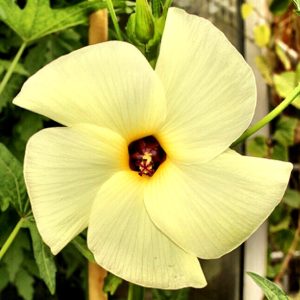
Abelmoschus manihot (Linn.) Medicus (A. manihot)
Renal protective effect and action mechanism of Huangkui capsule and its main five flavonoids
The results stated that Huangkui capsule significantly inhibited the elevation of Scr, BUN, UP, the expression of α-smooth muscle actin (α-SMA), phosphorylation-extracellular signal-regulated kinase (p-ERK1/2), NADPH Oxidase 1, NADPH Oxidase 2 and NADPH Oxidase 4 in adenine-induced CRF rats. The main bioactive components of quercetin (QT), hyperoside (HY), isoquercitrin (IQT), gossypetin-8-O-β-D-glucuronide (GG) and quercetin-3′-O-glucoside (QG) at the dosage of 100 µM, like NADPH oxidase inhibitor diphenyleneiodonium, exhibited a significant effect on inhibiting the expression of α-SMA, p-ERK1/2, NADPH Oxidase 1, NADPH Oxidase 2 and NADPH Oxidase 4 in high glucose-induced HK-2 cells, especially GG.
Conclusions: These results demonstrated that Huangkui capsule and the flavonoids components prevent tubulointerstitial l fibrosis in CRF rat involvement in the action mechanism of inhibiting NADPH oxidase/ROS/ERK pathway .
Achyranthes bidentata Bl extract
Chemical analysis showed that the salt-processed Achyranthes contained more ginsenoside Ro and chikusetsusaponin Ⅳa than the raw Achyranthes, but there was no difference in the contents of β-ecdysterone, 25R-inokosterone, and 25S-inokosterone.in vivo near-infrared fluorescence imaging showed a significant reduced inflammation in the AKI mice. Histological studies showed that the raw and salt-processed Achyranthes markedly decreased the inflammatory infiltration, swelling and vacuolar degeneration in Renal tissues and the Scr and BUN.
Importantly, the raw and salt-processed Achyranthes extracts demonstrated different degrees of inhibition on the LPS-induced AKI, with salt-processed Achyranthes showing better inhibition. Results of flow cytometry showed a significant inhibition of IFN-γ, TNF-α, and IL-2, and promoted IL-10, along with reduced macrophages (CD45 + F4/80+), neutrophils (CD45+ Ly-6G+) and phagocytes. Furthermore, the extracts reduced the accumulation of ROS and apoptosis in the kidney, and also regulated the expression of apoptosis marker protein s TLR4, Bcl-2, Bax, cleaved caspase 3 and cleaved caspase 9 levels. Notably, they increased ERα, ERβ, and GPR30 in the Renal tissues of AKI mice and LPS non-treated mice.
In the subsequent experiments, it was found that the raw and salt-processed Achyranthes extracts increased the uterine coefficient in sexually immature mice, improved the LPS-induced decrease in NRK52e cell viability, and reduced the apoptosis , which could be antagonized by ICI182, 780 (estrogen receptor-unspecific antagonist, Faslodex).
The Renal–protective effect of raw and salt-processed Achyranthes was exhibited through antiapoptotic and antioxidant mechanisms via an estrogen-like pathway , along with a modulation of the inflammatory response by regulating immune cells. Ginsenoside Ro and Chikusetsu saponin IVa were found to be the key factors to enhance the protective effect of salt-processed Achyranthes.
Aconitum carmichaelii Debx extract
Pharmacokinetics-based chronoefficacy of Fuzi against chronic kidney disease
Objectives: Identifying drugs with time-varying efficacy or toxicity, and understanding the underlying mechanisms would help to improve treatment efficacy and reduce adverse effects In this study, we uncovered that the therapeutic effect of Fuzi (the lateral root of Aconitum carmichaelii Debeaux) depended on the dosing time in mice with adenine-induced chronic kidney disease (CKD ).
Methods: The Fuzi efficacy was determined by biomarker measurements [i.e. plasma creatinine (CRE), blood urea nitrogen (BUN) and urinary N-acetyl-β-D-glucosaminidase (NAG)], as well as inflammation , fibrosis and histological analyses. Circadian regulation of Fuzi pharmacokinetics and efficacy was evaluated using brain and muscle Arnt-like protein -1 (Bmal1)-deficient (Bmal1-/-) mice.
Key findings: The Fuzi efficacy was higher when the drug was dosed at ZT10 and was lower when the drug was dosed at other times (ZT2, ZT6, ZT14, ZT18 and ZT22) according to measurements of plasma CRE, BUN and urinary NAG. Consistently, ZT10 (5 PM) dosing showed a stronger protective effect on the kidney (i.e. less extensive tubular injury ) as compared to ZT22 (5 AM) dosing. This was supported by lower levels of inflammatory and fibrotic factors (IL-1β, IL-6, Tnf-α, Ccl2, Tgfb1 and Col1a1) at ZT10 than at ZT22. Pharmacokinetic analyses showed that the area under the curve (AUC) values (reflective of systemic exposure) and Renal distribution of aconitine, hypaconitine and mesaconitine (three putative active constituents) for Fuzi dosing at ZT10 were significantly higher than those for herb dosing at ZT22, suggesting a role of circadian pharmacokinetics in Fuzi chronoefficacy. Drug efficacy studies confirmed that aconitine, hypaconitine and mesaconitine possessed a kidney-protecting effect . In addition, genetic knockout of Bmal1 in mice abolished the time-dependency of Fuzi pharmacokinetics and efficacy. This reinforced the existence of chronoefficacy for Fuzi and supported the role of circadian pharmacokinetics in Fuzi chronoefficacy.
Conclusions: The efficacy of Fuzi against CKD depends on the dosing time in mice, which is associated with circadian pharmacokinetics of the three main active constituents (i.e. aconitine, hypaconitine and mesaconitine). These findings highlight the relevance of dosing time in the therapeutic outcomes of herbal medicines.
afzelin
Our previous study showed that kaempferitrin, the main flavonoid from Bauhinia forficata Link leaves, induces diuresis and saluresis when orally given to rats. Since afzelin (AFZ) and kaempferol (KFL) are active compounds from the biometabolism of kaempferitrin, the diuretic and Renal protective properties of these two compounds were evaluated. While the acute treatment with AFZ evoked a diuretic action associated with an increase in Cl– excretion and a Ca2+-sparing effect, KFL did not present any activity.
The pretreatment with a muscarinic receptor blocker or with an inhibitor of the cyclooxygenase fully avoided AFZ-induced diuresis. AFZ also induced a prolonged (7-day treatment) diuretic effect in normotensive (NTR) and hypertensive rats (SHR), with an increase of urinary Na+ and Cl– excretion, while it decreased the elimination of Ca2+. AFZ was able to decrease ROS and nitrite generation on kidney homogenates in comparison with the SHR group treated with the vehicle, as well as mitigated the changes in the Renal corpuscle region (glomerulus and Bowman’s capsule).
Moreover, AFZ significantly reduced calcium oxalate crystal formation in urine, with inhibition rates of 41% for the NTR and 92% for the SHR group. Taken together, this study shows that AFZ exerts acute and prolonged diuretic effects plus protective Renal properties.
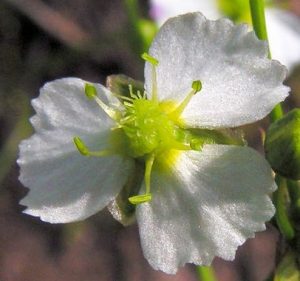
Alisma orientalis(Sam.)Juzep.extract
Pharmacological and UPLC-HDMS-based lipidomic approaches have been successfully developed to investigate lipid-lowering effects and tubular interstitial fibrosis of AO on adenine-induced CKD rats. serum lipidomics revealed profound alterations in adenine-induced CKD rats, including serum levels of polyunsaturated fatty acids, diglycerides, and triglycerides. pathway over-representation analysis showed that 30 metabolic pathways were associated with identified lipid species in adenine-induced CKD rats. These findings were associated with activation of NF-κB/Nfr2 and TGF-β/Smad, and pro-fibrotic signaling pathways.
However, studies that focus on dose-response patterns of the underlying molecular mechanisms and clinical applications are still needed. In conclusion, we have identified the therapeutic effect of AO on CKD, and demonstrated a dual mechanism of action, including a lipid-lowering effect , and a tubular interstitial fibrosis effect.
Allium tuberosum extract
The objective of this study was to evaluate the effect of the butanol fraction from Allium tuberosum (BFAT) in high fat diet/streptozotocin (HFD/STZ) induced diabetic nephropathy. Wistar rats were fed with HFD for 4 weeks and thereafter administered with 35 mg/kg STZ intraperitoneally. Diabetic rats were treated with BFAT (100 or 400 mg/kg) and metformin (150 mg/kg) for 40 days. After treatment, the blood, urine and kidney tissues were obtained for biochemical and histological analysis.
BFAT markedly decreased blood glucose, serum creatinine , blood urea nitrogen and urinary albumin levels in diabetic rats. Furthermore, BFAT upregulated Renal antioxidant enzymes status (glutathione, superoxide dismutase and catalase) and decreased lipid peroxidation product in diabetic rats as well as reduced the levels of Renal pro-inflammatory cytokines in diabetic rats. In addition, BFAT significantly decreased serum and Renal levels of triglyceride and cholesterol in the treated diabetic rats.
These results revealed that A. tuberosum possesses attenuative effects against diabetic nephropathy.
Aloin
Renal protective effects of aloin in a mouse model of sepsis
Aloin is the major anthraquinone glycoside obtained from the Aloe species and exhibits anti-inflammatory and anti-oxidative activities. However, the Renal protective effects of aloin and underlying molecular mechanism remain unclear.
This study was initiated to determine whether aloin could modulate Renal functional damage in a mouse model of sepsis and to elucidate the underlying mechanisms. The potential of aloin treatment to reduce Renal damage induced by cecal ligation and puncture (CLP) surgery in mice was measured by assessment of serum creatinine, blood urea nitrogen (BUN), lipid peroxidation, total glutathione, glutathione peroxidase activity, catalase activity, and superoxide dismutase activity. Post-treatment with aloin resulted in a significant reduction in the deleterious Renal functions by CLP, such as elevated BUN, creatinine, and urine protein.
Moreover, aloin inhibited nuclear factor-κB activation and reduced the induction of nitric oxide synthase and excessive production of nitric acid. Aloin treatment also reduced the plasma levels of interleukin-6 and tumor necrosis factor-α, reduced lethality due to CLP-induced sepsis, increased lipid peroxidation, and markedly enhanced the antioxidant defense system by restoring the levels of superoxide dismutase, glutathione peroxidase, and catalase in kidney tissues. Our study suggested that aloin protects mice against sepsis-triggered Renal injury.
alpha-lipoic acid (α-LA)
The potential protective role of alpha-lipoic acid (α-LA) in acetaminophen (APAP)-induced hepatotoxicity and nephrotoxicity was investigated in rats. Pretreatment of rats with α-LA (100 mg/kg) orally protected markedly against hepatotoxicity and nephrotoxicity induced by an acute oral toxic dose of APAP (2.5 g/kg) as assessed by biochemical measurements and by histopathological examination.
None of α-LA pretreated animals died by the acute toxic dose of APAP. Concomitantly, APAP-induced profound elevation of nitric oxide (NO) production and oxidative stress , as evidenced by increasing of lipid peroxidation level, reducing of glutathione peroxidase (GSH-Px) activity and depleting of intracellular reduced glutathione (GSH) level in liver and kidney, were suppressed by pretreatment with α-LA. Similarly, daily treatment of rats with a smaller dose of α-LA (25 mg/kg) concurrently with a smaller toxic dose of APAP (750 mg/kg) for 1 week protected against APAP-induced hepatotoxicity and nephrotoxicity.
This treatment also completely prevented APAP-induced mortality and markedly inhibited APAP-induced NO overproduction and oxidative stress in hepatic and Renal tissues. These results provide evidence that inhibition of NO overproduction and maintenance of intracellular antioxidant status may play a pivotal role in the protective effects of α-LA against APAP-induced hepatic and Renal damage
Alpinia oxyphylla Miq extract
Background: Abnormal Renal metabolism is closely related to the development of chronic kidney disease. It is well known that Renal inflammation plays an important role in the occurrence and development of tubulo interstitial damage in the Renal tubules. The purpose of the experiment was to observe the bioactivity of Alpina oxyphylla extract (AOE) on Renal injury in diabetic nephropathy (DN) rats induced by streptozotocin (STZ).
Methods: Thirty male Wistar rats were randomly divided into five group (n = 6): (1) intact control (non-diabetic, ND); (2) intact diabetic (STZ), (3) diabetic rats treated with gliclazide 5 mg/kg (STZ-gli), (4) diabetic rats treated with AOE 400 mg/kg (AOE 400), (5) diabetic rats treated with AOE 800 mg/kg (AOE 800). The diabetic nephropathy rat model was established by single intraperitoneal injected 50 mg/kg STZ. Fasting blood glucose (FBG) and body weight was observed at 1、3、6 weeks. After 6 weeks, the Renal function parameters of five groups and 24 h urinary protein were detected. expression of transforming growth factor-beta1 (TGF-β1) and myeloid differentiation factor 88 (MyD88) were assessed by Western Blot.
Results: The STZ group showed hyperglycemia, protein uria, Renal function damage , and the levels of 24 h urinary protein , fasting blood glucose (FBG), blood urea nitrogen (BUN), serum creatinine (Scr), triglyceride (TG), high-density lipoprotein cholesterol (HDL-C) and interleukin-6 (IL-6) in the STZ group increased significantly compared with the ND group. The expression of TGF-β1 in STZ group was increase (p < 0.01), and the expression of MyD88 was significantly lower than in ND group (p < 0.05). The treatment of DN rats with AOE attenuated DN-associated in the serum biochemical index and the expression of TGF-β1.
Conclusions: AOE can effectively protect kidney tissues of diabetic nephropathy, and probably through regulating level of TGF-β1 /MyD88.
Anacardium occidentale (AO) leaves
Earlier studies from our laboratory have indicated hypoglycaemic action of Anacardium occidentale (AO) leaves in experimental type 1 diabetes. Streptozotocin-induced diabetes in rats had been shown to be associated with functional and/or morphological changes in the kidney. Therefore, in the present investigation, wecarried out studies on streptozotocin (STZ)-induced type 1 diabetes in rats chronically treated withAnacardium occidentale on the functional and histological alterations of kidneys Albino rats were divided into 7 groups (n = 5) receiving graded doses of hexane extract of Anacardium occidentale leaf by gavage, (150 and 300 mg/kg/day) and insulin (5 IU/kg). Renal ultrastructure was studied by measuring: diameter of Bowman’s capsule, distribution and total area occupied by glomerular capillaries, PAS positive structures. AO at the dose of 300 mg/kg/day, showed significant reduction (P < 0.05) of blood glucose level, total protein excreted, glycosuria and urea in diabetic rats.
Anacardium treatment, initiated 3 days after diabetes induction, reduced destruction of Renal structure and other metabolic disturbances more than when treatment wasinitiated two weeks after. Histopathological study showed that A. occidentale significantly reduced accumulation of mucopolysaccharides in the kidneys of diabetic animals. The extract of AO at the dose of 300 mg/kg had no nephrotoxic potential in normal rats.
The present study demonstrates the efficacy of Anacardium occidentale(hexane extract) in reducing diabetes-induced functional and histological alterations inthe kidneys
Arjunolic acid
Renal protective effects of arjunolic acid in a cisplatin-induced nephrotoxicity model
Cisplatin is the first platinum-containing anti-cancer drugs. Cisplatin notable side effect of nephrotoxicity limits its use in clinic. Meanwhile, arjunolic acid possesses anti-inflammatory properties and plays protective roles against chemically induced organ pathophysiology. This study was conducted to find out whether arjunolic acid could attenuate kidney damage in rats, and to elucidate its possible mechanism of action. Fifty rats were treated with cisplatin (10 mg/kg) in the presence/absence of 100 or 250 mg/kg arjunolic acid. Arjunolic acid is given 1 h after cisplatin. Morphological changes were assessed in kidney sections stained with Hematoxylin/Eosin and Masson Trichrome. kidney samples were used for measurements of transforming growth factor (TGF)-β1 and its type 1 receptor (TGF-βR1), tumor necrosis factor (TNF)-α and interleukin (IL)-1β by ELISA.
Gene expression NFκB was determined by real time-PCR. kidney tissue apoptosis was assessed by measuring the activities of caspase-3/8/9. The Renal protective effect of arjunolic acid was confirmed by approximately normal appearance of Renal tissue and the relatively unaffected serum creatinine and urea levels . Furthermore, arjunolic acid showed dose dependent reduction in cisplatin-induced elevation in Renal levels of TGF-βR1, TGF-β1 , TNF-α, IL-1β and caspases.
These findings demonstrated that arjunolic acid attenuates cisplatin nephrotoxicity either indirectly by enhancing body antioxidant activity or directly through several mechanisms, including inhibition of pro-inflammatory cytokines , blocking activation of TGF-β1 , and anti-apoptotic effects
Arthrospira platensis (Spirulina platensis
The antitumor activity of Arthrospira platensis and/or cisplatin in a murine model of Ehrlich ascites carcinoma with hematinic and hepato-Renal protective action
Herein two experiments were conducted. The first experiment evaluated the antitumor activity of Arthrospira platensis (Spirulina platensis, SP) alone or in combination with cisplatin (CDDP) in Ehrlich ascites carcinoma (EAC) bearing mice. The second experiment assessed the outcomes of SP and/or CDDP administration on Renal, hepatic, and bone marrow function in normal mice. The results showed that the EAC evoked a significant decrease in the mice survival rate, life span percentage, antioxidant defense system, and Caspase-3 immunoexpression but a significant increase in the viable cancer cells count, tumor and lipid peroxidation biomarkers concentrations, and Ki-67 immunoexpression.
The EAC induced alterations improved to various degrees following SP and/or CDDP administration. SP minimized the oxidative hepatic and Renal DNA-damaging and hematotoxic effect of CDDP. Overall, SP has a potent anticancer activity and could be used effective ly as a hematinic and hepato-Renal protective agent with anticancer drugs like CDDP.
Astragaloside IV (ASsingle bondIV)
Astragaloside IV (ASIV) is the essential active component of astragalus that has diverse biological activities. Previous research has suggested its potential ly beneficial effects on diabetic nephropathies. However, its effects and protective mechanism remain unclear. In this study, we conducted a preclinical systematic review to evaluate the efficacy and potential mechanisms of ASIV in reducing kidney damage in diabetes mellitus (DM) models. Studies were searched from nine databases until January 2020. A random-effects model was used to calculate combined standardised mean difference estimates and 95 % confidence intervals. Risk of bias of studies was assessed using the Systematic Review Center for Laboratory Animal Experimentation risk of bias tool 10-item checklist. RevMan 5.3 software was used for statistical analysis. Twenty-three studies involving 562 animals were included in the meta-analysis.
Studies quality scores ranged from 2 to 5. The ASIV group induced a marked decrease in serum creatinine (P < 0.00001), blood urea nitrogen (P < 0.00001), 24-h urine protein (P < 0.00001) and pathological score (P < 0.001) compared with the control group. The determined potential mechanisms of ASIV action were relieving oxidative stress , delaying Renal fibrosis, anti-apoptosis and anti-inflammatory action. We conclude that AS IV exerts Renal protective effects in animals with DM through multiple signalling pathways.
Astragalus mongholicus Bunge extract
Diabetic nephropathy (DN) has long been recognized as the leading cause of end-stage Renal disease. Recent experimental studies have shown that Astragalus membranaceus (AM) (root) has an inhibitory effect on the oxidative stress that characterizes early DN. This systematic review assesses the efficacy and safety of AM (root), used as a single herb, in slowing the progression of DN in diabetic rat models.
We conducted both an electronic search and a search by hand of randomized, controlled AM (root) treatment studies (including its effective components) focusing on animal models of DN. Two reviewers independently selected and assessed the studies. Among the 41 articles identified, 13 reports that fulfilled the inclusion criteria were included.
Significant beneficial effects were observed in the AM (root) treated groups compared to controls regarding fasting blood glucose levels (standardized mean difference [SMD]: -2.86, 95% confidential interval (CI): -4.26, -1.46, P < 0.001), glomerular filtration rate (SMD: -3.36, 95% CI: -4.69, -2.03, P < 0.00001), urinary albumin excretion rate (SMD: -2.46, 95% CI: -3.75, -1.16, P = 0.0002), and thickness of the glomerular basement membrane (SMD: -3.51, 95% CI: -6.68, -0.34, P = 0.03). AM (root) and its effective components are effective in reducing fasting blood glucose and albuminuria levels, in reversing the glomerular hyperfiltration state, and in ameliorating the pathological changes of early DN in rat models.
Auricularia auricula(L.ex Hook.)Underw extract
The present work was aimed to investigate the protective effects of enzymatic-hydrolyzed Auricularia polytricha polysaccharides (EnAPS) on Renal functions. The characterizations were analyzed by physicochemical methods, and the renoprotections were processed in adenine-induced chronic kidney diseases (CKD ) models of mice. Animal experiments exhibited that EnAPS showed superior Renal-protections contributing to its antioxidant effects of increasing the enzyme activities and decreasing the lipid contents, and anti-inflammatory effects of reducing proinflammatory cytokines than A. polytricha polysaccharides (APS).
Besides, the anti-apoptosis effects of EnAPS was proved by down-regulating Bax and Caspase-3 expressions and up-regulating Bcl-2 expressions by molecular biotechnology, and the anti-fibrosis effects was confirmed by histopathological observations of staining. The characterizations indicated that lower molecular weights possibly contributed to the superior renoprotective effects
These results suggested that enzymatic hydrolysis had potential effects in enhancing the bioactivities, and the polysaccharides could be used in the development of functional foods supplement against CKD.
baicalin
Renal ischemia-reperfusion injury (IRI) increases the rates of acute kidney failure, delayed graft function , and early mortality after kidney transplantation. The pathophysiology involved includes oxidative stress, mitochondrial dysfunction, and immune-mediated injury. The anti-oxidation, anti-apoptosis, and anti-inflammation properties of baicalin, a flavonoid glycoside isolated from Scutellaria baicalensis, have been verified. This study therefore assessed the effects of baicalin against Renal IRI in rats.
Methods: Baicalin was intraperitoneally injected 30 min before Renal ischemia. serum and kidneys were harvested 24 h after reperfusion. Renal function and histological changes were assessed. Markers of oxidative stress , the Toll-like receptor (TLR)2 and TLR4 signaling pathway, mitochondrial stress, and cell apoptosis were also evaluated.
Results: Baicalin treatment decreased oxidative stress and histological injury, and improved kidney function, as well as inhibiting proinflammatory responses and tubular apoptosis. Baicalin pretreatment also reduced the expression of TLR2, TLR4, MyD88, p-NF-κB, and p-IκB proteins, as well as decreasing caspase-3 activity and increasing the Bcl-2/Bax ratio.
Conclusions: Baicalin may attenuate Renal ischemia-reperfusion injury by inhibiting proinflammatory responses and mitochondria-mediated apoptosis. These effects are associated with the TLR2/4 signaling pathway and mitochondrial stress.
Carica papaya L.extract
Novel and classical Renal biomarkers as evidence for the nephroprotective effect of Carica papaya leaf extract
The present study is aimed at utilization of novel and classical kidney function biomarkers to evaluate the nephroprotective potential of Carica papaya leaf extract (CPLE) in gentamicin nephrotoxicity model in albino rats. The used classical biomarkers were urea and creatinine; while the new biomarkers were kidney injury molecule-1 (KIM-1) and Clusterin. Forty-five male albino rats were assigned into five groups and subjected to different treatments for nine consecutive days (vehicles; gentamicin, 100 mg/kg, subcutaneously; ascorbic acid, 200 mg/kg, orally; CPLE, 150 and 300 mg/kg b wt., orally). Three rats/group were killed on days 3, 6, and 9 for blood and tissue samples for Renal and oxidation markers. Gentamicin resulted in significant increase in urea and creatinine only by the end of the experimental course; while the novel biomarkers were evident as early as 3 days upon gentamicin injection.
When concurrently administered with gentamicin, CPLE significantly protected kidney tissues against gentamicin nephrotoxic effects indicated by decrement of both the novel and the classical standard biomarkers, in a dose-dependent manner. CPLE-mediated protection was attributed to its antioxidant potential indicated by significant inhibition of malondialdehyde (MDA) levels in both serum and kidney homogenates. The results were further supported by histopathological examination that revealed considerable amelioration of the pathological microscopic alterations induced by repeated gentamicin injection. phytochemical analysis of CPLE indicated presence of tannins and flavonoids.
These data may suggest CPLE, based on improvement of both classical and novel Renal markers, as a highly potent nephroprotective and antioxidant from natural source that could be a good remedy in conditions associated with Renal disorders.
Chestnuts extract
The efficacy of Aesculus hippocastanum seeds on diabetic nephropathy in a streptozotocin-induced diabetic rat model
Cytokines, such as transforming growth factor (TGF)-ß1, and increased oxidative stress are considered to be responsible for the development of diabetic nephropathy. We hypothesized that Aesculus hippocastanum (AH) seeds may have preventive effects on oxidative stress and TGF-β-related diabetic nephropathy in streptozotocin (STZ)-induced diabetic nephropathy in rats. Twenty-one male Sprague-Dawley albino rats were divided into three groups (n = 7). Except for the control group, they all had diabetic nephropathy induced by an intraperitoneal injection of STZ. While the diabetes group did not receive any medication, the diabetes + AH group was given the medication for 4 weeks.
After the experiment, analyses were performed to evaluate the glomerular area, severity of sclerosis, and fibronectin immunoexpression, as well as levels of malondialdehyde (MDA), TGF-β, blood urea nitrogen (BUN), blood glucose, creatinine, and protein uria. It was found that glomerular area, severity of sclerosis, fibronectin immunoexpression, and levels of MDA, TGF-β, BUN, creatinine, and protein uria were decreased in the diabetes + AH group. It is known that diabetic nephropathy is induced, to a large extent, by hyperglycemia.
In the present study, AH extract ameliorated diabetic nephropathy without decrease in blood glucose levels. In the study, AH seeds showed beneficial effects on the functional properties of the kidney and microscopic improvements in diabetic nephropathy.
Cinnamomum cassia Presl extract
Cinnamomum cassia ameliorates Ni-NPs-induced liver and kidney damage in male Sprague Dawley rats
Nickel nanoparticles (Ni-NPs) have been widely used in various industries related to electronics, ceramics, textiles, and nanomedicine. Ambient and occupational exposure to Ni-NPs may bring about potential detrimental effects on animals and humans. Thus, there is a growing effort to identify compounds that can ameliorate NPs-associated pathophysiologies. The present study examined Cinnamomum cassia (C. cassia) bark extracts (CMBE) for its ameliorative activity against Ni-NPs-induced pathophysiological and histopathological alterations in male Sprague Dawley rats. The biochemical analyses revealed that dosing rats with Ni-NPs at 10 mg/kg/body weight (b.w.) significantly altered the normal structural and biochemical adaptations in the liver and kidney.
Conversely, supplementations with CMBE at different doses (225, 200, and 175 mg/kg/b.w. of rat) ameliorated the altered blood biochemistry and reduced the biomarkers of liver and kidney function considerably (p < 0.05) in a dose-dependent manner.
However, the best results were at 225 mg/kg/b.w. of rat. The study provided preliminary information about the protective effect of C. cassia against Ni-NPs indicated liver and kidney damage s. Future investigations are needed to explore C. cassia mechanism of action and isolation of single constituents of C. cassia to assess their pharmaceutical importance accordingly.
cirsimaritin
In traditional medicine Microtea debilis is used against protein uria. In ligand-binding studies extracts of Microtea debilis have been shown to inhibit the binding of [3H]1,3-dipropyl-8-cyclopentylxanthine ([3H]DPCPX) to adenosine-A1 receptors in rat forebrain membranes. Subsequently, cirsimarin, a flavonoid, was isolated as the active component and was shown to function as adenosine antagonist at the adenosine-A1 receptor in-vitro. In this study we have investigated the adenosine-A2 receptor activity of cirsimarin the in-vivo inhibition of the effects of adenosine by cirsimarin in rats, the absorption of cirsimarin and the inhibition of the binding of [3H]DPCPX to the adenosine-A1 receptor by urine samples obtained after oral administration of crude extract of Microtea debilis, cirsimarin or cirsimaritin to rats.
Cirsimarin inhibited the binding of [3H]5′-N-ethylcarboxamidoadenosine ([3H]NECA) to adenosine-A2 receptors in rat striatum with an inhibition constant, Ki, of 6.5 ± 0.3 μm. The decrease of heart rate and blood pressure induced by adenosine was significantly inhibited by cirsimarin. After oral administration of 8 and 80 mg kg−1 cirsimarin, the compound could not be detected in either plasma or urine , but the presence of cirsimaritin was established. By use of β-glucuronidase, glucuronides of cirsimaritin were also detected in the urine . The concentrations of cirsimaritin in the plasma were 0.126 ± 0.04, 0.138 ± 0.015, and 0.120 ± 0.022 μm, respectively, 2, 5 and 12 h after administration of 8 mg kg−1 cirsimarin. The concentrations of cirsimaritin in the urine at the same times after administration of the same dose were 205 ± 1.86, 5.05 ± 2.6 and 2.06 ± 0.09 μm, respectively.
The inhibition of the binding of [3H]DPCPX to the adenosine-A1 receptor by urine samples collected 2, 5 and 12 h after oral administration of 8 mg kg−1 cirsimarin or a crude extract of Microtea debilis containing approximately 8 mg kg−1 cirsimarin and 2.8 mg kg−1 cirsimaritin, or 6.8 mg kg−1 cirsimaritin, was not significantly different from that of urine samples collected from untreated rats, in contrast with urine samples collected 1 and 2 days after oral administration of 80 mg kg−1 cirsimarin. Approximately 3% of the cirsimarin was excreted in the urine as cirsimaritin.
The results indicate that in the kidney and urinary tract the concentrations of cirsimaritin produced after ingestion of more than 8 mg kg−1 cirsimarin can be high enough to inhibit the interaction of adenosine with its receptors; this might explain the effective ness of Microtea debilis preparations against protein uria in traditional medicine.
Cistanche deserticola Ma extract
The weights of seminal vesicle and prostate gland of castrated young rats were significantly increased by administration of alcoholsoluble extract from decoction of Cistanche deserticola. The weights of testes, seminal vesicle and prostate gland in mice and rats were also increased by the extract. The phagocytic function of intra-abdominal macrophage in mice was activated by decoction of Cistanche deserticola. The results showed no statistical differences between crude and prepared drugs. The maximum oral tolerance for mouse was 40 g/kg.
Citrus reticulata Blanco extract
The present study evaluate the ability of water extract of mandarin (Citrus reticulata) peel to mitigate the hepatoRenaltoxicity of potassium dichromate (K2Cr2O7). Both doses of peel extract (200mg/Kg & 400mg/Kg) and K2Cr2O7 (15mg/Kg) wereorally administered to rats for eight weeks. Treatment of rats with mandarin peel extract along with K2Cr2O7 led to a decreasein the activities of serum aspartate aminotransferase (AST), alanine aminotransferase (ALT) and gamma- glutamyl transferase(GGT) as well as reduction in the levels of creatinine , urea and uric acid. Moreover, the treatment with peel extract of mandarinrelieved oxidative stress manifested by a decrease of malondialdehyde (MDA) levels with a significant elevation of antioxidant capacity (TAC), hepatorenal contents of superoxide dismutase (SOD) and reduced glutathione (GSH).
The treatment withextract of mandarin peel displayed anti-inflammatory property as concluded from its lowering effect of serum tumor necrosisfactor-alpha (TNF-) level. Finally, the peel extract minimized the pathological changes in liver and kidney evoked by K2Cr2O7and the immune-histochemical study revealed that mandarin peel extract minimized the increase of hepato Renal activity of P53compared to K2Cr2O7 group. The peel extract of mandarin can efficiently alleviate the hepao Renal toxicity of K2Cr2O7 via itsantioxidant and anti-inflammatory properties.
Cmnamomi Mmulus extract
Objective: To explore the effects of Rhizoma Polygoni Cuspidati and Ramulus Cinnamomi compatibility (PR) on uric acid metabolism and the expression of urinary neutrophil gelatinase-associated lipocalin (NGAL) and kidney injury molecule-1 (KIM-1) in rats with hyperuricemia
Methods: Seventy male Sprague Dawley (SD) rats were randomly divided into 7 groups with 10 rats per group, including the normal group, model group, allopurinol group, benzbromarone group and PR groups at 3 doses (3.5, 7, 14 g/kg). Except the normal group, rats of the other groups were intragastrically administered 100 mg/kg hypoxanthine and 250 mg/kg ethambutol, and subcutaneously injected with 200 mg/kg potassium oxonate. All rats were continuously modeled for 17 days, and gavaged with corresponding drugs. The rats of the normal and model groups were gavaged with saline, once a day, for 2 weeks. The levels of serum uric acid (SUA), blood urea nitrogen (BUN) and creatinine (Cr) were determined. In addition, the contents of NGAL and KIM-1 in urine and the mRNA and protein expression s of xanthine oxidase (XOD) in liver of hyperuricemia rats were measured by reverse transcription polymerase chain reaction (RT-PCR) and Western blot, respectively. Moreover, the pathological changes of kidney were analyzed by hematoxylin and eosin (HE) stain method.
Results: Compared with the normal group, the levels of SUA, BUN, NGAL and KIM-1 and the expression s of hepatic XOD mRNA and protein in the hyperuricemia rats were increased signifificantly (P<0.01). PR signifificantly decreased the levels of SUA, BUN, NGAL and KIM-1 and down-regulated the mRNA and protein expression s of hepatic XOD (P<0.05 or P<0.01). In addition, the pathological changes of kidney were signifificantly suppressed by oral administration of PR.
Conclusions: PR ameliorated uric acid metabolism and protected Renal function , the underlying mechanism was mediated by decreasing the levels of SUA, BUN, NGAL and KIM-1, inhibiting the expression of hepatic XOD and ameliorating the pathological change of kidney.
Cordycepin
protective effect of cordycepin on experimental Renal ischemia/reperfusion injury in rats
Aim: To date, various molecules have been investigated to reduce the effect of Renal ischemia/reperfusion (I/R) injury . However, none have yet led to clinical use. The present study aimed to investigate the protective effect of cordycepin (C) on Renal I/R injury in an experimental rat model.
Materials and methods: Twenty-four mature Sprague Dawley female rat was randomly divided into three groups: Sham, I/R, I/R+C. All animals underwent abdominal exploration. To induce I/R injury , an atraumatic vascular bulldog clamp was applied to the right Renal pedicle for 60 minutes (ischemia) and later clamp was removed to allow reperfusion in all rats, except for the sham group. In the I/R + C group, 10 mg/kg C was administered intraperitoneally, immediately after reperfusion. After 4 hours of reperfusion, the experiment was terminated with right nephrectomy. Histological studies and biochemical analyses were performed on the right nephrectomy specimens. EGTI (endothelial, glomerular, tubulointerstitial l) histopathology scoring and semi-quantitative analysis of Renal cortical necrosis were used for histological analyses and superoxide dismutase (SOD), catalase (CAT), malondialdehyde (MDA), total oxidant status (TOS) for biochemical analyses.
Results: Histopathological examination of the tissue damage revealed that all kidneys in the sham group were normal. The I/R group had higher histopathological scores than the I/R + C group. In the biochemical analysis of the tissues, SOD, MDA, TOS values were found to be statistically different in the I/R group compared to the I/R + C group (p: 0.004, 0.004, 0.001 respectively).
Conclusions: Intraperitoneal cordycepin injection following ischemia preserve Renal tissue against oxidative stress in a rat model of Renal I/R injury.
Cordyceps sinensis ( BerK. ) Sacc extract
Cordyceps sinensis (a traditional Chinese medicine) for treating chronic kidney disease
Background: Cordyceps sinensis (Cordyceps, Dong Chong Xia Cao), a herbal medicine also known as Chinese caterpillar fungus, is one of the most commonly used ingredients in traditional Chinese medicine for the treatment of people with chronic kidney disease (CKD ).
Objectives: This review aimed to evaluate the therapeutic effects and potential adverse effects of Cordyceps sinensis for the treatment of people with CKD .
Search methods: We searched the Cochrane Renal Group’s Specialised Register to 14 April 2014 through contact with the Trials’ Search Co-ordinator using search terms relevant to this review. We also searched CINAHL, AMED, Current Controlled Trials, OpenSIGLE, and Chinese databases including CBM, CMCC, TCMLARS, Chinese Dissertation Database, CMAC and Index to Chinese Periodical Literature.
Selection criteria: Randomised and quasi-randomised trials comparing Cordyceps or its products with placebo, no treatment, or conventional treatment were considered for inclusion in the review.
Data collection and analysis: Two authors independently assessed data quality and extracted data. Statistical analyses were performed using the random-effects model and the results expressed as risk ratio (RR) for dichotomous outcomes or mean difference (MD) for continuous data with 95% confidence intervals (CI).
Main results: We included 22 studies that involved 1746 participants. Among people with CKD who were not receiving dialysis, Cordyceps preparations were found to significantly decrease serum creatinine (14 studies, 987 participants): MD -60.76 μmol/L, 95% CI -85.82 to -35.71); increase creatinine clearance (6 studies, 362 participants): MD 9.22 mL/min, 95% CI 3.10 to 15.34) and reduce 24 hour protein uria (4 studies, 211 participants: MD -0.15 g/24 h, 95% CI -0.24 to -0.05). However, suboptimal reporting and flawed methodological approaches meant that risk of bias was assessed as high in four studies and unclear in 18 studies, and hence, these results need to be interpreted with caution.
Authors’ conclusions: We found that Cordyceps preparation, as an adjuvant therapy to conventional medicine, showed potential promise to decrease serum creatinine, increase creatine clearance, reduce protein uria and alleviate CKD -associated complications, such as increased haemoglobin and serum albumin. However, definitive conclusions could not be made because of the low quality of evidence.
Cornus officinalis Sieb. et Zucc.extract
Previous investigations have demonstrated that Hachimi-jio-gan, a Chinese prescription consisting of eight crude drugs, has a therapeutic potential in diabetes and diabetic nephropathy, using these model rats. To add to these findings, we performed this study to assess whether one of the crude drugs, Corni Fructus (Cornus officinalis SIEB. et ZUCC.), had an effect on streptozotocin-induced diabetic rats as a major active constituent, compared with an inhibitor of advanced glycation end-product (AGE) formation, aminoguanidine.
Diabetic rats were orally administrated Corni Fructus extract (50, 100, 200 mg/kg body weight/d) or aminoguanidine (100 mg/kg body weight/d). Treatment with Corni Fructus for 10 d suppressed hyperglycemia, protein uria, Renal AGE formation, and related protein expression s, i.e., receptor for AGEs, nuclear factor-kappaB, transforming growth factor-beta1, and Nepsilon-(carboxymethyl)lysine, in the same way as with aminoguanidine. However, improvement of Renal function , shown via serum creatinine (Cr) and Cr clearance, was superior to aminoguanidine treatment.
In conclusion, the present study supported the hypothesis that Corni Fructus plays an important role against diabetic pathogenesis, i.e., reducing glucose toxicities, up-regulating Renal function, and consequently ameliorating glycation-associated Renal damage; thus, this study may provide a new recognition of crude drugs to clarify the mechanisms of Chinese prescriptions.
cortex fraxini
The aim of the present study was to investigate the effects of cortex fraxini coumarines esculetin, esculin, fraxetin and fraxin on Renal dysfunction and expression abnormality of Renal organic ion transporters in hyperuricemic animals. Mice were orally given 250 mg/kg oxonate for seven consecutive days to induce hyperuricemia and Renal dysfunction . After 1 h of oxonate induction daily, animals were orally treated with esculetin, esculin, fraxetin and fraxin at 20 and 40 mg/kg, respectively. Esculetin, esculin, fraxetin and fraxin significantly decreased serum urate, creatinine and blood urea nitrogen levels and increased urine urate and creatinine excretion in hyperuricemic mice.
Esculetin and esculin up-regulated expression s of Renal organic anion transporter 1 (mOAT1), organic cation and carnitine transporters (mOCT1-2 and mOCTN1-2), but failed to affect Renal glucose transporter 9 (mGLUT9) and urate transporter 1 (mURAT1) in this model. Fraxetin specifically inhibited Renal mURAT1, while fraxin extensively interacted with Renal mGLUT9, mURAT1, mOAT1 and mOCT1 in hyperuricemic mice. Furthermore, esculetin, fraxetin and fraxin increased mABCG2 mRNA expression and decreased its protein levels in Renal apical membrane in hyperuricemic mice. These results indicate that esculetin and esculin have beneficial effects on hyperuricemia and Renal dysfunction, resulting in restoration of mOAT1, mOCT1-2 and mOCTN1-2, and fraxetin and fraxin enhance urate excretion partly by inhibiting mURAT1 or mGLUT9 in kidney of hyperuricemic mice. Regulation of mABCG2 by cortex fraxini coumarines may be partly contributed to their beneficial actions.
This study provides an evidence to support clinical therapeutic effects of cortex fraxini coumarines on hyperuricemia with Renal dysfunction.
Curculigo orchioides Gaertn.extract
Curculigo orchioides Gaertn is an ancient medicinal plant (Family: Amaryllidaceae), well known for its immunomodulatory and rejuvenating effects Cyclophosphamide (CPA) is an alkylating agent widely used for treating a variety of human malignancies, but associated with different toxicities too. Our previous reports regarding the hemoprotective and hepatoprotective effects of the plant against CPA toxicities provide the background for the present study, which is designed to analyze the ameliorative effect of the methanolic extract of C orchioides on the urotoxicity and nephrotoxicity induced by CPA.
Methods: CPA was administered to male Swiss albino mice at a single dose of 1.5 mmol/kg body weight to induce urotoxicity after 5 days of prophylactic treatment with C orchioides extract (20 mg/kg body weight). Mesna (2-mercaptoethanesulfonate) was used as a control drug. Serum, tissue, and urine levels of kidney function markers and antioxidant levels were checked along with the serum cytokine levels.
Results: The plant extract was found to be effective in ameliorating the urotoxic and nephrotoxic side effects of CPA. Upregulation of serum interferon-γ and interleukin-2 levels were observed with C orchioides treatment, which was decreased by CPA administration. Besides these, serum tumor necrosis factor-α level was also downregulated by C orchioides treatment.
Conclusion: Curculigo orchioides was found to be effective against the CPA-induced bladder and Renal toxicities by its antioxidant capability and also by regulating the pro-inflammatory cytokine levels.
Curcumin
effect of curcumin on glycerol-induced acute kidney injury in rats
The aim of this study was to investigate the protective role and underlying mechanisms of curcumin on glycerol-induced acute kidney injury (AKI) in rats. Glycerol (10 ml/kg BW, 50% v/v in sterile saline, i.m.) was used to induce AKI, followed by curcumin (200 mg/kg/day, p.o.) administration for 3 days. To confirm Renal damage and the effects of curcumin on AKI, serum BUN, Scr, and CK as well as Renal SOD, MDA, GSH-Px were measured. Additionally, morphological changes were identified by H&E staining and transmission electron microscopy. The expression of several factors including chemotactic factor MCP-1, proinflammatory cytokines including TNF-α and IL-6, as well as the kidney injury markers, as Kim-1 and Lipocalin-2 were also assessed using q-PCR.
Finally, cell apoptosis in Renal tissue was detected using in situ TUNEL apoptosis fluorescence staining and expression of protein s associated with apoptotic, oxidative stress and lipid oxidative related signaling pathways were detected using immunohistochemical staining and western blot.
The results showed that curcumin exerts renoprotective effects by inhibiting oxidative stress in rhabdomyolysis-induced AKI through regulation of the AMPK and Nrf2 /HO-1 signaling pathways , and also ameliorated RM-associated Renal injury and cell apoptosis by activating the PI3K/Akt pathway.
Cuscuta chinensis Lam.extract
The kidneys play a central role in regulating water, ion composition and excretion of metabolic waste products in the urine . Cuscuta chinensis has been known as an important traditional Oriental medicine for the treatment of liver and kidney disorders . Thus, we studied whether an aqueous extract of Cuscuta chinensis (ACC) seeds has an effect on Renal function parameters in ischemia/reperfusion-induced acute Renal failure (ARF) rats. Administration of 250 mg/kg/day ACC showed that Renal functional parameters including urinary excretion rate, osmolality, Na+, K+, Cl–, creatinine clearance, solute-free water reabsorption were significantly recovered in ischemia/reperfusion-induced ARF. Periodic acid Schiff staining showed that administration of ACC improved tubular damage in ischemia/reperfusion-induced ARF.
In immunoblot and immunohistological examinations, ischemia/reperfusion-induced ARF decreased the expression s of water channel AQP 2, 3 and sodium potassium pump Na,K-ATPase in the Renal medulla. However, administration of ACC markedly incremented AQP 2, 3 and Na,K-ATPase expression s. Therefore, these data indicate that administration of ACC ameliorates regulation of the urine concentration and Renal function s in rats with ischemia/reperfusion-induced ARF.
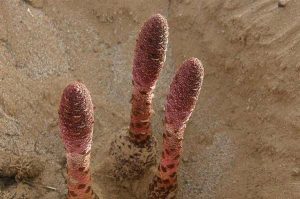
Cynomorium songaricum Rupr extract
Cynomorium songaricum Rupr is a very important traditional Chinese medicine for tonifying the kidney, which has a significant effect on improving estrogen level on the long term. In many studies, it can improve the learning and memory function of ovariectomized (OVX) model animals. 10 of the 50 rats received only bilateral back surgery and were harvested with the same amount of fat as the ovaries without removing the ovaries as sham group; remains underwent bilateral ovariectomy and equally randomized into five groups: sham group, with OVX as model group, estradiol valerate (EV, 0.2 mg/kg) as positive control, with 3.3 and 33 mg/kg body weight/day of ethyl acetate extract of Cynomorium songaricum extract (CSE) as low and high dosage groups, respectively. The orally administered CSE to ovariectomized rats exerted an ameliorative effect on learning and memory in the Morris water maze tests.
All rats were sacrificed after 8 weeks of treatment, and tissue was analyzed using histopathology and electron microscopy. To comprehensively examine the mechanism, brain derived neurotrophic factor (BDNF), p-p38 mitogen-activated protein kinase (p-p38MAPK), extracellular regulated protein kinases (ERK), p-extracellular regulated protein kinases (p-ERK), and p-cAMP-response element binding protein (p-CREB) were detected by Western blotting.
Using histopathology and electron microscopy, it was clearly observed that the pyramidal neurons of the hippocampal CA1 area were reduced in the OVX groups, indicating that CSE could attenuate the loss of pyramidal neurons in hippocampal CA1 and revert the synaptic morphological variations produced by ovariectomy. Mechanistically, the expression s of p-p38MAPK and p-ERK levels were significantly downregulated by CSE intervention, whereas the BDNF and p-CREB were significantly upregulated by CSE as compared to the control.
Concisely, Cynomorium songaricum Rupr exhibited potential therapeutic effect on Neuroprotection of ovariectomized rats, and its effect was possibly exerted by p-CREB/BDNF mediated down regulation of ERK/p38MAPK.
Davallia mariesii Moore ex Bak.extract
Abnormal serum urate levels are recognized as a critical factor in the progression of several chronic diseases. To evaluate the antihyperuricemic effect of Davallia formosana, the inhibitory activities of 15 isolated phytochemicals, including five novel compounds of 6,8-dihydroxychromone-7-C–β–D-glucopyranoside (1), 6,8,3′,4′-tetrahydroxyflavanone-7-C–β–D-glucopyranoside (2), 6,8,4′-trihydroxyflavanone-7-C–β–D-glucopyranoside (3), 8-(2-pyrrolidinone-5-yl)-catechin-3-O–β–D-allopyranoside (4), and epiphyllocoumarin-3-O–β–D-allopyranoside (5), were examined against xanthine oxidase (XOD) and in a potassium oxonate-(PTO-) induced acute hyperuricemic mice model. The results indicated that compounds 3 and 5 significantly inhibited XOD activity in vitro and reduced serum uric acid levels in vivo.
This is the first report providing new insights into the antihyperuricemic activities of flavonoid glycosides which can possibly be developed into potential hypouricemic agents.
Dioscorea oppositifolia L.extract
Ethnopharmacological relevance: Our previous study indicated that the traditional Chinese medicine (TCM) formula Liu-Wei-Di-Huang-Wan, which consists of six type of herbs, namely Rehmannia glutinosa (Gaertn.) DC., root, dried; Cornus officinalis Siebold & Zucc., fructus, dried; Dioscorea oppositifolia L., root, dried; Alisma plantago-aquatica subsp. orientale (Sam.) Sam., tuber, dried; Paeonia×suffruticosa Andrews, bark, dried; Poria cocos (Fr.) Wolf., sclerotium, dried, is the most frequently prescribed herbal formula used to treat type 2 diabetes patients. The aim of the study was to evaluate the integration of TCM into diabetes care in terms of how it reduces the risk of developing kidney failure.
Materials and Methods: The Taiwan׳s National Health Insurance Research Database (NHIRD) provided detailed information of health care services for each patient and covers 98% of all Taiwan residents as of 2007. Case and control subjects were selected from the NHIRD. Two multivariable logistic regression models were constructed in order to explore two types of exposure assessments including prescription of TCMs (model 1) and prescription of different estimated dosages of Liu-Wei-Di-Huang-Wan (model 2).
Results: Using logistic regression model 1, having used TCMs was independently associated with a decreased risk of kidney failure by multivariable analysis (OR=0.69, 95% CI: 0.61–0.77). Using logistic regression model 2, there was no difference between non-Liu-Wei-Di-Huang-Wan TCM users and Liu-Wei-Di-Huang-Wan TCM users in terms of the risk of developing kidney failure. Furthermore, there was also no linear dose–response trend when we used exposure to prescribed Liu-Wei-Di-Huang-Wan as a continuous variable (for non-Liu-Wei-Di-Huang-Wan TCM users, OR=0.68, 95% CI: 0.60–0.77; for TCM users consuming 1–30 g of Liu-Wei-Di-Huang-Wan, OR=0.69, 95% CI: 0.54–0.87; for >30 g of Liu-Wei-Di-Huang-Wan, OR=0.84, 95% CI: 0.49–1.44).
Conclusions: Integrating TCM healthcare into diabetes care was found to be associated with a decreased risk of developing kidney failure. Having recognized the use of TCM, exploring any potential interactions and adverse effects, and integrating both technologies into a holistic treatment system may be beneficial to the relief of diabetic nephropathy on patients with type 2 diabetes.
EGCG
Novel chemotherapeutic and Renal protective effects for the green tea (EGCG): Role of oxidative stress and inflammatory-cytokine signaling
Background: The green tea catechin, epigallocatechin-gallate (EGCG) is a superb nature’s medicine candidate. We evaluated the chemotherapeutic /chemoenhancing effects of EGCG in mice bearing the solid Ehrlich ascites carcinoma (EAC) tumor, and jointly monitored levels of serum C-reactive protein (CRP), lipid peroxidation (as malondialdehyde: MDA) and leukocytosis (LC). Besides, we verified whether; and how then, EGCG would protect against a devastating CP-induced nephrotoxicity in rats. In particular, Renal proinflammatory (TNF-α) and oxidant stress signals have been investigated.
Results: (EAC)-bearing mice displayed elevated serum-LC (2-fold), -CRP (11-fold) and -MDA levels (2.7-fold). EGCG (20, 40 mg/kg) significantly shrank tumors (by 48% and 92%, respectively), and reduced LC, CRP and MDA levels . Such responses for CP were less prominent than those of EGCG (40 mg/kg). Further, EGCG (20 mg/kg) markedly augmented such functional and biochemical responses to CP. Correlation studies showed positive association between tumor size and each of CRP (r = 0.97) and LC (r = 0.83).
Additionally; in rats, CP (10 mg/kg) caused a prominent nephrotoxicity that was manifested as deteriorated glomerular filtration rate (GFR, 2–5-fold rise in serum creatinine /urea levels ) after 4 days, and unanimous animal fatalities after 7 days. kidney homogenates from CP-treated rats showed significantly higher MDA- and TNF-α-, and -depleted GSH levels. Rats treated with EGCG (50 mg/kg, but not 25 mg/kg) devoid the nephrotoxic effects of CP and their consequences; while their homogenates had appreciably lower MDA and TNF-α, and higher GSH levels. Notable correlation was detected between serum creatinine level and each of MDA (r = 0.85), TNF-α (r = 0.85) and GSH (r = −0.81).
Conclusion: This study shows remarkable cytotoxic/chemoenhancing effects for EGCG and introduces CRP as a predictor of both tumor’s progression and responsiveness to chemotherapy. Further, this study is the first to reveal that EGCG can obliterate the lethal CP-induced nephrotoxicity. Mechanistically, EGCG acts by suppressing leukocytosis, systemic inflammation, oxidative stress, and their sequelae.
Epimedium brevicornu Maxim extract
protective effect of icariin on kidney in 5/6 nephrectomized rats and its mechanism
The aim of this study wasto investigate the Renal protective effect of icariin in 5/6 nephrectomized rats and the molecular mechanisms involved. Forty male Sprague-Dawley rats were randomly divided into 5 groups: sham-operated group, 5/6 nephrectomy model group, icariin groups (20 and 40 mg/kg), and benazepril group. After 12-weeks treatment, 24-h urine and serum were collected, and urine protein , serum creatinine , and blood urea nitrogen were determined. The rats were then sacrificed and fresh kidney tissues were prepared to obtain single cell suspensions. Cell cycle distribution and cell apoptosis were determined by annexin V-FITC/propidium iodide (PI) double staining using a flow cytometer. mRNA expression of Bcl-2 and Bax was examined using quantitative real-time PCR.
After 12-weeks treatment, urinary protein, serum creatinine, and blood urea nitrogen in the icariin-treated group were much lower than in the untreated group compared with 5/6 nephrectomy model. Icariin reduced the percentage of S phase cells, increased the percentage of G0/M phase cells, and inhibited apoptosis in the Renal cells. mRNA expression of Bcl-2 and Bax was decreased.
In conclusion, icariin has a Renal protective effect in 5/6 nephrectomized rats, which may be related mainly to alterations in cell cycle distribution and expression of apoptotic genes.
Eucalyptus globulus
Cyclophosphamide (CP) is a potent anti-neoplastic and immunosuppressive agent ;however, it causes multi-organ toxicity. We elucidated the protective activities ofEucalyptusglobulus(EG) leaf extract against CP-induced hepato–Renal toxicity.Mice were treated withEG for 15 days plus CP on day 12 and 13 of the experiment. Using HPLC-DAD-ESI-MS/MS,26 secondary metabolites were identified in EG leaf extract.Out of them, 4 polyphenoliccompounds were isolated: (1) 4-(O–β–d-xylopyranosyloxy)-3,5-di-hydroxy-benzoic acid, (2) 4-(O–α–l–rhamnopyranosyloxy)-3,5-di-hydroxy-benzoic acid, (3) gallic acid, and (4) methyl gallate. Effects ofEG extract on biochemical parameters, gene expression, and immune-histopathological changes wereassessed in comparison to mesna positive control. Results showed that EG improved CP-increased serum ALT, AST, creatinine, and blood urea nitrogen levels .
The hepatic and Renal tissue levels ofMDA, nitric oxide, protein carbonyl, TNF-α, IL-6, and immunohistochemical expression of nuclearfactor kappa-B (NF-kB) and caspase-3 were reduced. Also, hepatic and Renal GSH contents, andnuclear factor E2-related factor 2 (Nrf2 )/hemoxygenase-1 (HO-1) signaling levels were increased.Histopathological findings supported our findings where hepatic and Renal architecture were almostrestored. Results revealed the protective effects of EG against CP-induced hepato–Renal toxicity.
These effects may be related to EG antioxidant, anti-inflammatory, and anti-apoptotic properties coupledwith activation of Nrf2 /HO-1 signaling.
Eucommia ulmoides Oliver extract
Eucommia ulmoides Oliv. (EU), also known as Du-Zhong, is a medicinal herb commonly used in Asia to treat hypertension and diabetes. Despite evidence of the protective effects of EU against diabetes, its precise effects and mechanisms of action against advanced glycation end-products (AGEs) are unclear. In this study, we evaluated the effects of EU on AGEs-induced Renal disease and explored the possible underlying mechanisms using streptozotocin (STZ)-induced diabetic mice. STZ-induced diabetic mice received EU extract (200 mg/kg) orally for 6 weeks. EU treatment did not change blood glucose and glycated hemoglobin (HbA1c) levels in diabetic mice. However, the EU-treated group showed a significant increase in the protein expression and activity of glyoxalase 1 (Glo1), which detoxifies the AGE precursor, methylglyoxal (MGO).
EU significantly upregulated nuclear factor erythroid 2-related factor 2 (Nrf2 ) expression but downregulated that of receptor for AGE (RAGE). Furthermore, histological and immunohistochemical analyses of kidney tissue showed that EU reduced periodic acid–Schiff (PAS)-positive staining, AGEs, and MGO accumulation in diabetic mice.
Based on these findings, we concluded that EU ameliorated the Renal damage in diabetic mice by inhibiting AGEs formation and RAGE expression and reducing oxidative stress , through the Glo1 and Nrf2 pathways.
Euryale ferox Salisb. ex Konig et Sims extract
Background: Ethanolic extract of Euryale ferox salisb. (EFx) may have an effect on the activity of hepatic antioxidant enzymes, glycemic control and lipid profile and histopathology of pancreas, liver and kidney of streptozotocin (STZ)—induced diabetic wistar rats.
Methods: Wistar albino rats were divided into eight groups viz. non-diabetic (normal control), diabetic control (STZ-induced), diabetic treated (infused with different doses of Euryale ferox. Salisb. ethanolic extract) and diabetic conventional treated (treated with Glibenclamide). Diabetes was induced by administering streptozotocin (60 mg/kg body weight) intraperitoneal (i.p). The ethanolic extract was supplemented in different doses through oral route. Biochemical investigations were carried out according to previously reported methods. Histopathological examinations were done accordingly.
Results: The EFx supplemented diabetic rats significantly (p < 0.001) decreased the blood glucose level in a dose dependent manner. Plasma insulin level was significantly increased in EFx treated rats. The hepatic gluconeogenic enzymes activities were restored to normal in EFx treated rats. Activities of superoxide dismutase (SOD), catalase (CAT), glutathione peroxidase (GPx) and reduced glutathione (GSH) were significantly increased (p < 0.001) among EFx treated rats. Lipid profile was reinstated to nearly normal level among EFx treated rats. Histopathological investigations revealed that microscopic architecture of pancreatic, hepatic and Renal cells improvised in EFx treated diabetic rats.
Conclusion: EFx supplement could improve the glycemic control as well as lipid profile in diabetic rats along with improvised antioxidant enzymes which has beneficial effect in preventing the diabetic complications by scavenging the free radicals in diabetic rats.
Galega officinalis
Objective: Diabetes mellitus (DM) is impairing secretion of insulin or resistance to insulin. Herbal medicine plays an important role in the management of DM. We aimed to test antidiabetic effects of Galega officinalis on diabetic rats.
Materials and Methods: Twenty-eight male Wistar rats were randomly divided into 4 groups (n=7). Diabetes was induced by streptozotocin (STZ) (50 mg/kg). Diabetic rats were calcified into a diabetic control group (DC), DHEG group (50 mg/kg hydroalcoholic extract of G. officinalis), DG group (5 mg/kg glibenclamide). After 20 days, rats’ blood samples, kidney, liver, and pancreas were kept in -70 degrees C to test blood levels of glucose, insulin, lipid profile, some oxidative stress markers and antioxidant enzymes.
Results: The fasting blood sugar (FBS) levels in the normal, DHEG, and DG groups were significantly lower than the DC group (P < 0.05); The levels of insulin in the DC, DHEG, and DG groups were significantly lower than the normal group (P < 0.05); The serum level of urea and creatinine was significantly increased in DC group and significantly decreased in other group (P < 0.05). Diabetes causes degenerative damages in rats kidney and treatment with G. officinalis extract protected kidney tissue against diabetes-induced damages.
Conclusion: The results of the present study indicated that G. officinalis could be beneficial for the treatment of diabetes through improving tissue sensitivity to insulin and preventing tissue damages.
Search for Promising Plant Extracts and Active Principles to Prevent and Treat Diabetic Nephropathy
Diabetes mellitus is a significant health challenge, which leads to development of various conditions, including diabetic nephropathy. There is a growing need to find a cure for the prevention and treatment of such conditions. Medicinal herbs and individual active ingredients found in plants have shown promising effects in the treatment, prevention and management of diabetic nephropathy. The review summarizes current scientific data concerning extracts and individual active principles of medicinal plants that have shown nephroprotective effects in in vivo experimental studies.
The following herbal substances might be considered as promising agents for application in diabetic nephropathy: Galega officinalis, Glycyrrhiza glabra, Glycine max, Crataegus oxyacantha and Oleae europae, Fagopyrum esculentum, Brassica oleracea, Allium cepa, Zea mays, rosmarinic acid, berberine, rhein.
gallic acid
Backgrounds & aims: The long term therapeutic effect of ferulic acid (FA) and gallic acid (GA) in treatment of chronic kidney disease (CKD ) has been lacking.
Methods: Doxorubicin (DR, Adriamycin)-induced CKD rat model was established for this study.
Results: DR significantly reduced levels of serum albumin, GOT, GPT, RBC, TNF-α, and urinary creatinine and elevated serum cholesterol , TG, BUN, creatinine , uric acid, WBC, platelet count, and IL-6. In DRCKD rats, FA and GA significantly increased kidney weight and glomerular volume. FA reduced glomerular filtration rate but GA did not. FA enhanced more collagen deposition than GA in Renal cortex and glomeruli. Both FA and GA showed crucial hyperlipidemic activity. The inhibitory effects of FA and GA on MMP-2 were very comparable. GA suppressed MMP-2 more effective ly than FA in DRCKD rats. Both FA and GA induced SOD elevation and MDA elimination. In DRCKD rats, Western blot analysis indicated that FA further up-regulated CD34, α-SMA, tissue pDGFR, p-PDGFR, and TGF-β; and down-regulated p-PI3K, and p-Akt. Since both PDGF-BB and TGF-β are considered to induce kidney prefibrosis stage, GA was proved to be more beneficial in this regard.
Conclusions: GA tends to protect the CKD while FA is not recommended for the long term CKD therapy.
Ganoderma Lucidium
Evaluation of the Hepatic and Renal–protective effects of Ganoderma lucidum in Mice
The antioxidative effect of hot water extract of the mushroom Ganoderma lucidum on ethanol-induced free radical generation had been studied. In order to further investigate the hepatic and Renal protective mechanism of Ganoderma lucidum, rates of lipid peroxidation were determined. The hot water extract of Ganoderma lucidum dose-dependently exhibited antioxidative effect on mouse liver and kidney lipid peroxidation; our results indicated that hepatic and Renal homogenates have a higher malonic dialdehyde level in an ethanol administered group than in the Ganoderma lucidum treated group.
It was concluded that the hepatic and Renal protective mechanism of Ganoderma lucidum, might be due at least in part to its prominent superoxide scavenging effect . Ganoderma extract could protect the liver and kidney from superoxide induced hepatic and Renal damage s.
gingerol
P38 mitogen-activated protein kinase (p38 MAPK), a tissue inflammatory factor can be activated under oxidative stress and in conditions associated with hyperglycemia. Gingerol containing various natural herbs has been extensively studied for its pharmacological actions both in reducing the inflammation and as immunity booster. The aim of the current investigation was to examine the Renal protective effect of gingerol in high-fat diet/streptozotocin-induced type II diabetes mellitus in a rat model.NRK 52E cells were divided into normal and high glucose group treated with gingerol. The methylthiazotetrazolium assay was used to establish the cell proliferation progress. Streptozotocin-inducted diabetes in rats was treated with gingerol for 16 weeks. The blood glucose, serum creatinine, body weight, food intake, biochemical, antioxidant and haematological parameters were assayed to establish the correlation. pro-inflammatory cytokines including Il-1β, IL-6, TNF-α; inflammatory mediator COX-2, PGE2, NF-kB, p38MAPK, and TGF-β, were also determined to assess the molecular mechanism.
Gingerol exhibited the protective effect on the high glucose level induced NRK 52E cells and did not show any effect on the normal cells. Gingerol significantly (P < 0.001) down-regulated the blood glucose level, creatinine and BUN level in a dose-dependent manner with further significantly (P < 0.001) alteration in pro-inflammatory cytokines, nuclear factor kappa B (N-κB) activation, Renal p38MAPK, and TGF-β.
From these studies it is possible to predict that gingerol plays a significant role in improving the condition of Renal tissue by alteration in p38MAPK and NF-κB activity, and control inflammatory reaction and oxidative stress. Our investigation supports the clinical use of gingerol in future as an effective Renal protective agent.
Glycine max(L.)merr.extract
Intoxication of lead (Pb) causes the formation of free radicals that affect the antioxidative defense system, thus speeding up cell damage . Soybean (Glycine max L. Merr) Ijen is one of the varieties of food containing phenolic compounds and flavonoids , which have antioxidant activity. Experimental animals used in this study were the Mus muscullus Balb / c as much as 25 tails, they were divided into 5 groups: placebo, negative control, positive control, test and comparison groups. The negative control, test and comparison group were given Pb at a dose of 25 mg / kg orally for 7 days.
After the stages of intoxication, positive control and test groups were given suspensions extract of soybean Ijen varieties at a dose of 1g/1 ml for 7 days, the comparison group was given a suspension of vitamin C supplementation at a dose of 64 mg / kg orally for 7 days, and the negative control group were given mucilago CMC Na 0,5% of 1 ml for 7 days. Liver tissue of mice were used to analyze the activity of the catalase enzyme and malondialdehyde (MDA) level. kidney‘s tissues were used for histopathological examination.
Extract of soybean (Glycine max L.Merr) Ijen varieties decreases the activity of the enzyme catalase and repair damaged kidneycells of mice that lead intoxication as effective as vitamin C.
Glycyrrhiza uralensis Fisch.extract
Renal protective effects of licorice extracts in diabetic rats
Objective: To investigate the protective effects of licorice extracts on the kidneys of diabetic rats and its mechanism.
Methods: 48 Wistar rats were randomly divided into 3 groups: the control group,the diabetic group and the therapy group. There were 16 rats in each group.At the 8th,12th week,KI was detected,FBG was detected by the glucose-oxidase method, GHbAlc was detected by the micro-column method,24 h urinary albumin was detected by the Coomassie brilliant blue method, urine creatinine and serum creatinine were detected by automatic biochemistry analyzer, and Ccr was calculated.Blood and nephridial tissue homogenate was made, the content of MDA and the activity of SOD were detected,and SeGSHPx and AR were detected by spectrophotometer.
Results: In contrast to the control group, all the indexes in the diabetic group and the therapy group were significantly different(P0.05).In contrast to the diabetic group, KI, FBG, GHbAlc, 24h urinary albumin, Ccr, MDA and the AR activity of blood and nephridial tissue homogenate in the therapy group were obviously decreased(P0.05).In contrast to the diabetic group,the activity of SOD and SeGSHPx of blood and nephridial tissue homogenate in the therapy group were obviously increased(P0.05).
Conclusion: Licorice extracts provide protective effects on Renal function of diabetic rats,and the mechanism of this action is related to its anti-oxidization and ability to decrease FBG and the AR activity in Renal tissue.
hesperidin
Objectives: The aim of the study was to investigate the reno protective effect of hesperidin (HDN), a citrus flavanoid with anti-oxidant properties against gentamicin (GEN)-induced nephrotoxicity in male Wistar albino rats.
Methods: Urea, uric acid, creatinine , thiobarbituric acid reactive substances (TBARS), nitric oxide (NO), total cholesterol, free fatty acids, and triglyceride levels were measured in the serum. Further, glutathione (GSH), superoxide dismutase (SOD), and glutathione peroxidase (GPx) activities were determined in the erythrocytes. Morphological changes in Renal tissues were examined using light microscopy.
Results: Acute Renal injury was evidenced by: (1) increased serum urea, uric acid, creatinine, TBARS, and NO, (2) decreased SOD, GPx, and GSH levels, and (3) necrosis in proximal tubules and glomerular atrophy. HDN supplementation to GEN-induced rats significantly decreased serum urea, uric acid, creatinine, TBARS, NO generation, but SOD, GPx activities, and GSH content increased when compared with GEN alone. Moreover, HDN supplementation resulted in complete reversal of GEN-induced tubular necrosis, and an increase in total cholesterol, free fatty acids, and triglycerides to normal levels.
Hydrangea paniculata
Background: Septic acute kidney injury (AKI) causes high mortality in critical care units, and no effective therapy exists in clinical treatment. In the current study, water and ethanol extracts of Hydrangea paniculata (HP), a traditional Chinese medicinal plant, were used to test its renoprotective effects in a lipopolysaccharide (LPS)-induced murine model of septic AKI.
Methods: C57BL/6 mice were orally pretreated with HP three times, and then intraperitoneal LPS injection was used to induce septic AKI. Blood from animals was collected for biochemical analysis and kidneys were obtained for pathological analysis . kidney tissue homogenates were used to investigate the effect of HP on inflammation and oxidative stress . Immunohistochemistry was used to investigate tubular cell apoptosis . Flow cytometry was conducted to analyze leukocyte infiltration into the kidneys Blood cell counts were used to analyze changes in peripheral leukocytes. In vitro studies with Ana1 and HK-2 cells stimulated by LPS were used to investigate the anti-inflammatory effects and inhibition of signaling pathways by HP.
Results: HP significantly decreased blood urea nitrogen and plasma neutrophil gelatinase-associated lipocalin concentrations, as well as tubulointerstitium injuries in septic AKI mice. Moreover, HP administration improved animal survival following lethal LPS injections. HP ameliorated apoptosis of tubular cells by inhibiting the cleavage of caspase 3 and caspase 7. HP also showed pronounced antioxidant activity in AKI kidneys HP showed anti-inflammatory effects by inhibiting the infiltration of neutrophils and macrophages into kidney tissues induced by LPS, as well as inhibiting the production of cytokines and chemokines. Possible molecular mechanisms included HP inhibition of NF-κB nuclear translocation in LPS-induced macrophages and tubular cells, and reduction of STAT3, STAT1, and ERK1/2 phosphorylation stimulated by LPS in vitro. Single acute toxicity tests confirmed that HP, even at 5 g/kg dosage, does not cause animal death. Pharmacokinetics also showed that coumarins from HP could be metabolized into two bioactive compounds, umbelliferone, and esculetin.
Conclusions: HP extract may protect Renal function in LPS-induced AKI by anti-inflammatory and antioxidant activities, and has potential in the critical care of AKI.
hyperin
Hyperin is a flavonoid compound derived from Ericaceae, Guttifera, and Celastraceae that has been shown to have various biological effects , such as anti-inflammatory and anti-oxidant effects However, there is no evidence to show the protective effects of hyperin on lipopolysaccharide (LPS)-induced acute kidney injury (AKI). Therefore, we investigated the protective effects and mechanism of hyperin on LPS-induced AKI in mice. The levels of TNF-α, IL-6, and IL-1β were tested by ELISA. The effects of hyperin on blood urea nitrogen (BUN) and serum creatinine were also detected. In addition, the expression of TLR4, NF-κB, and NLRP3 were detected by western blot analysis . The results showed that hyperin significantly inhibited LPS-induced TNF-α, IL-6, and IL-1β production.
The levels of BUN and creatinine were also suppressed by hyperin. Furthermore, LPS-induced TLR4 expression and NF-κB activation were also inhibited by hyperin. In addition, treatment of hyperin dose-dependently inhibited LPS-induced NLRP3 signaling pathway.
In conclusion, the results showed that hyperin inhibited LPS-induced inflammatory response by inhibiting TLR4 and NLRP3 signaling pathways . Hyperin has potential application prospects in the treatment of sepsis-induced AKI.
Icariin
Icariin Improves Sepsis-Induced Mortality and Acute kidney injury
Objectives: Icariin (ICA) is a bioactive flavonoid with Renal protective actions. This study investigated the effects of ICA on Renal injury , inflammation , oxidative damage , apoptosis , and survival in a mouse model of cecal ligation and perforation (CLP)-induced sepsis.
Methods: Sepsis was induced by CLP. Mice were treated with ICA (30 or 60 mg/kg) for 3 days before CLP. Renal function s, inflammatory responses, oxidative damage , histological changes, apoptosis , and vascular permeability were examined. The effects of ICA on CLP-induced expression of Renal nuclear factor-κB (NF-κB), cleaved caspase-3, Bax, and Bcl-2 were evaluated.
Results: Mice in the CLP group had a low survival rate and increases in blood urea nitrogen and creatinine levels , proinflammatory cytokine levels , oxidative damage , apoptosis , and vascular permeability. These Renal changes were dramatically improved by ICA treatment, especially in the 60 mg/kg ICA group. The detection of molecules involved in the inflammation and apoptosis of the kidney indicated that ICA reduced expression of NF-κB, cleaved caspase-3, and Bax but enhanced expression of Bcl-2.
Conclusion: ICA improves CLP-induced mortality and acute kidney injury by inhibiting Renal oxidant damage , inflammatory responses, apoptosis , and vascular permeability.
Inonotus obliquus
Diabetic nephropathy (DN) is the leading cause of end-stage Renal disease in diabetes mellitus. oxidative stress , insulin resistance and pro-inflammatory cytokines have been shown to play an important role in pathogeneses of Renal damage on type 2 diabetes mellitus (DM). Inonotus obliquus (IO) is a white rot fungus that belongs to the family Hymenochaetaceae; it has been used as an edible mushroom and exhibits many biological activities including anti-tumor, anti-oxidant, anti-inflammatory and anti-hyperglycemic properties. Especially the water-soluble Inonotus obliquus polysaccharides (IOPs) have been previously reported to significantly inhibit LPS-induced inflammatory cytokines in mice and protect from streptozotocin (STZ)-induced diabetic rats.
In order to identify the nephroprotective effects of low molecular weight of IOP fraction (LIOP), from the fruiting bodies of Inonotus obliquus, high-fat diet (HFD) plus STZ-induced type 2-like diabetic nephropathy C57BL/6 mice were investigated in this study. Our data showed that eight weeks of administration of 10–100 kDa, LIOP (300 mg/kg) had progressively increased their sensitivity to glucose (less insulin tolerance), reduced triglyceride levels , elevated the HDL/LDL ratio and decreased urinary albumin/creatinine ratio(ACR) compared to the control group.
By pathological and immunohistochemical examinations, it was indicated that LIOP can restore the integrity of the glomerular capsules and increase the numbers of glomerular mesangial cells, associated with decreased expression of TGF-β on Renal cortex in mice. Consistently, three days of LIOP (100 μg/mL) incubation also provided protection against STZ + AGEs-induced glucotoxicity in Renal tubular cells (LLC-PK1), while the levels of NF-κB and TGF-β expression significantly decreased in a dose-dependent manner.
Our findings demonstrate that LIOP treatment could ameliorate glucolipotoxicity-induced Renal fibrosis, possibly partly via the inhibition of NF-κB/TGF-β1 signaling pathway in diabetic nephropathy mice.
Isoorientin
Cisplatin (CDDP) is a widely used chemotherapeutic agent for various solid tumors, but its severe side effects , particularly nephrotoxicity, limit its clinical application. Isoorientin (Iso) is a flavonoid-like compound known to have antioxidant effects As oxidative injury plays a vital role in CDDP-induced acute kidney injury (AKI), the effect of Iso on CDDP-induced nephrotoxicity has not yet been researched. We assessed the effects of Iso against CDDP-induced nephrotoxicity in vitro using mTEC cells and further explored the mechanisms underlying CDDP-induced Renal dysfunction in vivo in WT and Nrf2 –/– mice.
The results showed that Iso treatment significantly reduced CDDP-induced nephrotoxicity via attenuating cell damage in vitro and via ameliorating Renal injury , as determined by biochemical markers, in mice. The molecular mechanism underlying this protection was also investigated. Iso up-regulated the expression levels of SIRT1 and SIRT6 in vivo and in vitro. In addition, Iso activated Nrf2 translocation and the expression levels of its downstream antioxidant enzymes, such as HO-1 and NQO1, whereas it inhibited the expression level of NOX4, thus decreasing oxidative stress.
Notably, the protective effects of Iso observed in WT mice were completely abolished in Nrf2 –/– mice. Collectively, these data indicate that the protective effect of Iso on CDDP-induced nephrotoxicity by SIRT1- and SIRT6-mediated Nrf2 activation regulates oxidative stress, inflammation and apoptosis. The absence of Nrf2 exacerbates CDDP-induced Renal damage, and the pharmacological activation of Nrf2 may represent a novel therapy to prevent kidney injury.
isorhamnetin
The aim of the present study was to investigate the renoprotective effects of isorhamnetin (ISO) in type 2 diabetic rats and its effects on the nuclear factor-κB (NF-κB) signaling pathway, which is associated with diabetic nephropathy. The type 2 diabetic rat model was established by a high‑fat diet plus streptozocin injection and the rats were subsequently treated with two dosages of ISO, respectively. The levels of blood glucose were determined. Urinary osteopontin, kidney injury molecule‑1 (KIM‑1) and albumin were measured to evaluate the Renal function of the rats.
Renal NF‑κB signaling activity was assessed by measuring the levels of NF‑κB p65, phospho‑NF‑κB p65, inhibitor of NF‑κB (IκBα) and phospho‑IκBα, and the NF‑κB p65 DNA‑binding activity. Downstream inflammatory mediators [tumor necrosis factor‑α (TNF‑α), interleukin‑1β (IL‑1β), IL‑6, intercellular adhesion molecule‑1 (ICAM‑1) and transforming growth factor‑β1 (TGF‑β1)] of the NF‑κB signaling pathway were investigated to evaluate the Renal inflammatory response. Renal levels of malondialdehyde and total superoxide dismutase were detected to access the oxidative stress . Furthermore, glomerular mesangial cells (GMCs) were treated with lipopolysaccharide and ISO. In the cellular experiment, the NF‑κB signaling activity, levels of TNF‑α, IL‑1β, IL‑6, ICAM‑1 and TGF‑β1, and oxidative stress were also investigated.
The results showed that ISO decreased the levels of urinary osteopontin, KIM‑1 and albumin. ISO also inhibited the NF‑κB signaling activity, decreased the production of inflammatory mediators and attenuated oxidative stress in diabetic rats and GMCs. The present investigations revealed that ISO had ameliorative effects on diabetes‑induced Renal damage and the activity may be associated with the negative regulation of NF-κB signaling pathway.
Juglans regia L. extract
Lead (Pb) intoxication remains a major health hazard causing various deleterious effects especially on Renal and hematologic system. The current study elucidated the potential protective effect of JRVO against nephrotoxicity induced by lead. Male rats were randomly divided into three groups: group one (control) received ad libitum distilled water and 1 mL of saline solution (0.9 %) given by intra-peritoneal (i.p) injection, group two (Pb) was kept on tap distilled water and animals were i.p, injected daily with lead every two days from day five until day ten, namely the sacrifice day, and group three (Pb+J) was administered by intra-peritoneal injection of Pb with the same dose and same way with Group two, while JRVO extract was administered daily by gavage during ten days.
The exposure of lead reduced the number of red and white blood cells. Besides, plasma biomarkers (urea, uric acid, creatinine, LDH and ALP) levels were reduced. Lipid and protein per-oxidations increased and objectified by high TBARS and PCOs levels , while glutathione peroxidase superoxide dismutase and catalase activities showed a significant decline after ten-day treatment. Conversely, the JRVO prevented kidney biomarker changes by improving hepatotoxicity induced by lead as evidenced by restoring the biochemical markers cited above to near normal levels.
Kidney histoarchitecture confirmed the biochemical parameters and the beneficial role of JRVO. It can be concluded that the administration of JRVO alleviates Pb-induced toxicity, thus demonstrating its potent antioxidant efficacy.
Jujube kernel extract
Chronic exposure to cisplatin is associated with irreversible kidney impairment. In this present study, we explored the protective effects of 3-dehydroxyceanothetric acid 2-methyl ester (3DC2ME) isolated from roots of jujube (Ziziphus jujuba, Rhamnaceae) against cisplatin-induced damage in vitro. In kidney epithelial LLC-PK1 cells, western blotting and staining with specific autophagy epifluorescent dye CytoID were used to determine the molecular pathways involving autophagy.
Treatment with 3DC2ME reduced the increased Cyto-ID-stained autophagic vesicles and reversed the protein expression s of 5’ AMP-activated protein kinase subunit β-1 (AMPK)/mammalian target of rapamycin (mTOR)-dependent signaling pathway in cisplatin-induced cell death. Additionally, treatment with autophagy inhibitor 3-methyladenine (3-MA) and with or without 3DC2ME attenuated the cisplatin-induced apoptosis . Although further research is necessary to substantiate the effects , we evaluated the potential mechanism of action of 3DC2ME as an adjuvant for cancer patients.
kaempferitrin
advanced glycation end products (AGEs) and the receptor for AGEs (RAGE) both play important roles in diabetic nephropathy (DN). Previous studies have identified glomerular mesangial cells (GMCs) injury as a key early risk factor in the development of DN. Kaempferitrin (KM) is a potent antioxidant with hypoglycemic action. Although KM is known to protect against AGE-induced damage in GMCs, the effects and the mechanisms by which they occur are poorly understood. In this study, cultured rat GMCs were exposed to AGE-induced oxidative stress (OS) to model DN in vitro.
Reactive oxygen species (ROS) was analyzed by 2′,7′-dichlorofluorescin diacetate (DCFH-DA). superoxide dismutase (SOD) and malondialdehyde (MDA) were studied using commercial kits. mitochondrial membrane potential (Δψm) was measured by rhodamine 123. Hoechst 33258 and annexin V and propidium iodide (PI) double staining were performed to observe the apoptosis states in GMCs, whereas apoptosis and protective mechanism in AGE-induced GMCs were investigated by Western blot. The data revealed that KM effective ly increased SOD activity, decreased MDA levels , suppressed ROS generation, and protected against OS in AGE-induced GMCs.
Treatment with KM also inhibited the expression of collagen IV and transforming growth factor-β1 (TGF-β1 ), improved mitochondrial membrane potential recovery, and suppressed the mitochondrial /cytochrome c-mediated apoptosis pathway through the expression of anti-apoptotic factors in GMCs in vitro.
These findings suggest that KM may be a new potential agent in the treatment of DN in future.
Ligusticum chuanxiong hort extract
This study was designed to explore how supercritical fluid CO2 extract of Ligusticum chuanxiong Hort (CX) protects mouse liver and kidney from d-galactose-induced injury . The antioxidant capacity of CX was confirmed both in vitro and in vivo. The d-galactose-induced malondialdehyde increase was attenuated by CX, as well as the increase in aspartate aminotransferase, alanine aminotransferase, blood urea nitrogen, and creatinine level. In addition, the activities of antioxidant enzymes were markedly renewed, and the gene expression s of these enzymes were upregulated in CX groups. The results of histological analysis suggested that CX could effective ly attenuate the d-galactose-induced structure damage.
Furthermore, results of Western blotting analysis showed that CX significantly inhibited the upregulation of nuclear factor protein expression caused by d-galactose. In conclusion, CX could attenuate the liver and kidney injury in d-galactose-treated mice, and the mechanism might be associated with attenuating oxidative stress and inflammatory response.
Ligustrum lucidum Ait extract
Nuzhenzi, the fruit of Ligustrum lucidum Ait. (Oleaceae), is commonly used as tonic for kidney and liver in the traditional Chinese medicine prescription. The present study aimed to investigate the antioxidant activities of ethanol extract of Ligustrum lucidum fruits (ELL) and its effects on butylated hydroxytoluene (BHT)-induced oxidative stress in rats. Results showed that ELL possesses weak antioxidant activities. Compared to the BHT (1000mg/kg)-treated group, results showed that ELL at 250, 500 and 1000mg/kg significantly reduced the levels of blood urea nitrogen (BUN), serum glutamic pyruvic transaminase (sGPT), glutamic oxaloacetic transaminase (sGOT), alkaline phosphatase (sALP), lactate dehydrogenase (LDH), triglyceride (TG) and creatinine (Cr), as well as LDH in bronchoalveolar lavage fluid (BALF). It also significantly decreased the level of lipid peroxides in liver and lung. In addition, ELL significantly enhanced the levels of catalase (CAT), superoxide dismutase (SOD) and glutathione peroxidase (GPx) in these organs.
Histopathological evaluation of the tissues revealed that ELL reduced the incidence of lung lesions, while the liver and kidney tissues were not affected by BHT administration. Taken together, the protective effect of ELL against acute BHT-induced oxidative stress in rats could be through the upregulation of antioxidant enzymes.
luteolin
Background: The acceptances and long-term outcomes of the Renal transplantations are seriously jeopardized by inflammatory responses and damage to tissues. The present study intended to explicate the pharmacological effect of luteolin (LT) in Renal ischemia/reperfusion (I/R) injury and the possible mechanism of action of LT.
Material/Methods: The effect of LT on the level of interleukin (IL)-1β, IL-6, and tumor necrosis factor (TNF)-α in the homogenates of kidney tissues of male Swiss albino mice was determined after I/R injury. The effect of LT on MDA (malondialdehyde), SOD (superoxide dismutase), CAT (catalase ), and glutathione were also identified by enzyme assay. In addition, Western blotting was used to determine the level of Bcl-2, Bax, and caspase-3 in the presence of LT.
Results: The results showed that LT caused significant reduction in the level of TNF-α, IL-1β, and IL-6 compared to the I/R group without LT (p>0.05). To further confirm this, the efficacy of LT on the histopathology of I/R injured Renal tissues was studied. It was found that LT restored cellular viability of damage d Renal tissue. This observation was further confirmed by TUNEL assay, where it was found that LT caused considerable reduction in the population of apoptotic cells. LT pretreatment significantly increased Bcl-2 expression and reduced the level of Bax expression together with a reduction in the level of caspase-3 expression.
Conclusions: Luteolin showed its effect by interfering and attenuating a number of pathways , including pathways for inflammation and apoptosis in Renal tissues.
Lycii Fructus extract
effects of Lycii Fructus Water Extracts on the Lead-Induced Nephrotoxicity in Rats
This study was designed to investigate the effects of Korean Lycii Fructus water extract in Pb-administered rats. The Pb exposed rats were given 100 ppm and 200 ppm in the distilled water. Sixty male Sprague-Dawley rats weighing between 90 and 110g were blocked into 6 groups according to body weight. The control group was fed a normal diet, without lead. The experimental groups, which was fed a normal diet plus 100 ppm and 200 ppm lead, and one group received a normal diet plus Lycii Fructus water extracts. The results: the Food intake, the weight gain, and the kidney weight content in the cadmium added groups were lower than those in the Lycii Fructus water extracts group. The contents of Pb in the kidneys of the rats were determined by using ICP(lnductively Coupled Plasma Spectrophotometer). The accumulation of lead in the kidney was lower in the Lycii Fructus water extracts group.
The Plasma levels of renin activity was higher in the lead administration groups, as compared with the Lycii Fructus water extracts. Plasma levels of aldosterone activity was higher in the lead administration group, as compared with Lycii Fructus water extracts.
These results suggest that Lycii Fructus water extracts has a lowering effects on the accumulation of pb on kidney and it is believed that the Lycii Fructus water extracts have some protective effects on lead-induced nephrotoxicity in rats, but the mechanism of these effects was obscure.
magnesium sulfate
protective effect of magnesium on Renal function in STZ-induced diabetic rats
Background: Diabetic nephropathy is a serious complication of T1D (type one diabetes mellitus). Persistent hyperglycemia and subsequent hypomagnesemia is believed to develop kidney damage by activation of oxidative stress . We conducted this study to investigate the renoprotective effect of magnesium sulfate (MgSO4) on Renal histopathology and oxidative stress in diabetic rats.
Methods: The study included 70 male rats. The animals were divided into seven groups: control (CRL), control receiving MgSO4 (CRL + Mg1 & CRL + Mg8), diabetic (DM1 & DM8) and diabetic receiving MgSO4 (DM + Mg1 & DM + Mg8). Rats were given 20 mg/kg (i.p) Streptozocin (STZ) for 5 consecutive days in (MLD) multiple low doses to induce T1D. At day 10 treatment groups were received MgSO4 (10 g/l) in drinking water, for 1 or 8 weeks. The blood glucose, BUN and creatinine levels were measured. Renal tissue levels of malondialdehyde (MDA) were measured by thiobarbituric acid (TBA) method to evaluate the oxidative stress. Renal histopathology was done using H & E staining method.
Results: Treatment with MgSO4 significantly decreased the blood glucose in DM + Mg1 and DM + Mg8 groups as compared with DM1 and DM8. Magnesium treatment also decreased serum BUN and tissue level of MDA significantly in both short and long term treatment. The body weight loss and kidney weight to body weight ratio was improved by MgSO4. Histological results showed there were no differences between DM and DM + Mg groups.
Conclusion: Our findings showed that diabetic nephropathy is associated with high blood glucose level and oxidative stress (significant increase in MDA level). The Renal dysfunction and oxidative stress can be improved by magnesium sulfate administration. It is suggested that protection against development of diabetic nephropathy by MgSO4 treatment involves changes in the blood glucose and oxidative stress.
Matricaria chamomilla (chamomile)
The bio-activities of separate Matricaria chamomilla (chamomile) and Origanum vulgare (oregano) are well studied; however, the combined effects of both natural products in animal diabetic models are not well characterized. In this study, alloxan-induced male albino rats were treated with single dose aqueous suspension of chamomile or oregano at dose level of either 150 or 300 mg/kg body mass or as equal parts as combination by stomach tube for 6 weeks. After treatment, blood samples were assessed for diabetic, Renal, and lipid profiles.
Insulin, amylase activity, and diabetic Renal apoptosis were further evaluated. Treatment with higher dose of the extracts (300 mg/kg) as individual or as mixture of low doses (150 mg/kg of both the extracts) had significant mass gain, hypoglycemic effect (p ≤ 0.05) with decreased amylase activity and increased serum insulin levels. Restoration of Renal profile, lipid profile with increase in HDL-c (p ≤ 0.05) along with reversal of pro-apoptotic
Bax and anti-apoptotic Bcl-2 were well observed with 300 mg/kg mixture, showing synergistic activity of the extracts compared with individual low dose of 150 mg/kg. Collectively, our results indicate that combination of chamomile and oregano extracts will form a new class of drugs to treat diabetic complications.
mori fructus extract
Hypoglycemic effects of a Fructus Mori polysaccharide in vitro and in vivo
Mulberry fruit polysaccharide (MFP), one of the major active ingredients isolated from the mulberry fruit, possesses numerous bioactivities. In vitro hypoglycemic experiments showed that MFP had significant insulin-sensitizing activity through increasing insulin secretion and promoting pancreatic β cell proliferation. In vivo, the oral administration of MFP could significantly decrease blood glucose levels and increase body weight loss in streptozotocin (STZ)-induced diabetic mice.
MFP also significantly decreased the level of malondialdehyde (MDA) and increased the activities of antioxidant enzymes superoxide dismutase (SOD), glutathione peroxidase (GPx) and catalase (CAT) in the liver in STZ-induced diabetic mice. And histopathological examination showed that MFP could markedly alleviate damage to pancreas, liver and kidney tissue in STZ-induced diabetic mice. This study suggested that MFP had antioxidant and hypoglycemic properties and could provide a protective effect on STZ-induced diabetic mice.
Morinda officinalis How extract
Although cisplatin is a common drug in the treatment of malignant tumors, its clinical application is limited due to various side effects , especially acute kidney injury (AKI). Till now, few effective pharmacological strategies can be applied to inhibit cisplatin-induced AKI. Here, we aimed to investigate the protective effects and possible mechanisms of monotropein on cisplatin-induced AKI. In this study, an AKI model was established in cisplatin-treated mice, and serum level of inflammatory cytokines , protein expressions of biochemical indicators and Renal pathology were analyzed. Our results showed that our results showed that monotropein could significantly attenuate cisplatin-induced nephrotoxicity and reduce the levels of blood urea nitrogen (BUN) and serum creatinine (CRE).
Furthermore, monotropein inhibited cisplatin-induced oxidative stress by reducing MDA level and increasing the activities of GSH, SOD and CAT. The underlying mechanisms of monotropein on alleviating cisplatin-induced AKI were associated with the activation of Nrf2 /HO-1 pathway against oxidative stress and the inhibition on NF-κB signaling to suppress inflammation as well as the regulation on the expression s of protein s in apoptosis pathway in this Renal injury model.
This study firstly provided the evidence that monotropein could significantly attenuate cisplatin-induced AKI and suggested that monotropein might be used as a potential agent to alleviate side effects of cisplatin.
N-acetylcysteine (NAC)
protective effect of N-acetylcysteine on Renal ischemia/reperfusion injury in the rat.
Background: Oxygen free radicals are important components involved in the pathophysiological tissue alterations observed during ischemia/reperfusion (I/R).
Methods: The protective effect of N-acetylcysteine (NAC) against the damage inflicted by reactive oxygen species during Renal I/R was investigated in Wistar Albino rats using biochemical parameters. Animals were unilaterally nephrectomized, and subjected to 45 min of Renal pedicle occlusion followed by lh of reperfusion. N-acetylcysteine (150 mg/kg, i.p.) or vehicle was administered twice, 15 min prior to ischemia and immediately before the reperfusion period. At the end of the reperfusion period, rats were killed by decapitation. For biochemical analysis, the lipid peroxidation product malondialdehyde (MDA) and glutathione (GSH) levels, myeloperoxidase (MPO) activity and protein oxidation (PO) were tested. serum creatinine and BUN concentrations were measured for the evaluation of Renal function.
Results: I/R induced nephrotoxicity, as evidenced by increases in BUN and creatinine, was reversed by NAC. The decrease in GSH and increases in MDA, MPO and PO induced by I/R indicated that Renal injury involves free radical formation.
Conclusions: Since NAC reversed these oxidant responses, and protected rat Renal proximal tubules from in vitro simulated reperfusion injury , it seems that NAC protects kidney tissue against oxidative damage.
Notopterygium incisum Ting ex H. T. Chang extract
A review of the ethnopharmacology, phytochemistry and pharmacology of Notopterygium incisum
Notopterygium incisum Ting ex H.T. Chang, known in Chinese as ‘Qianghuo’ is a traditional Chinese medicinal herb with the rhizome and roots associated with meridians of the kidney and urinary bladder. It is pungent, bitter and warm in nature. It has been used over the years to disperse cold, prevent painful obstructions from wind, damp and warm pain. It has also been used with other herbs to treat wind-cold exterior syndrome and wind-cold-damp bi-syndromes and has been known to grow well in regions of high altitude such as Gansu, Tibet etc.
The aim of the review: This systematic review focuses on the ethnopharmacological uses of this herb, including recent advances on the phytochemical and pharmacological study of N. incisum. Recent analytical methods developed for the quantitative and qualitative determination of constituents in this herb have also been reviewed. Additionally, future trends and prospects in the study of this herb have been proposed.
Materials and method: Various literature and electronic databases such as Pubmed, Science Direct, Springer, Wiley etc were searched and data obtained. Other online academic libraries such as Google Scholar and ethnopharmacological literature were searched systematically for more information on the herb.
Results: This review focuses on the ethnopharmacological uses of N. incisum and also the various chemical constituents present in the herb and their various therapeutic effects such as analgesic, anti-inflammatory , anti-cancer and antioxidant s effects Analytical methods developed for the quantitative and qualitative determination of various compounds in this herb were further reviewed.
Conclusion: In this paper, we have reviewed various researches conducted on N. incisum especially in areas of its ethnopharmacological use, phytochemicals, pharmacology and developed analytical methods. This herb has been used over the years in treating headache, rheumatoid arthritis, cold, diaphoretic etc, prompting many types of research into identifying which compounds are responsible for these activities and their mechanism of action. More research is needed in the area of pharmacokinetics and toxicology to give further information on the clinical use and control the quality of the herb.
oleanolic acid
Anti-glycative effects of oleanolic acid and ursolic acid in kidney of diabetic mice
Inhibitory effects of oleanolic acid (OA) and ursolic acid (UA) on aldose reductase (AR) and glycative products in kidney of diabetic mice were examined. OA or UA at 0.05, 0.1 or 0.2% was supplied for 10 weeks. Diabetic mice with 0.1 or 0.2% OA or UA treatments had significantly higher body weight and lower kidney weight at weeks 5 and 10 (P < 0.05). OA or UA intake at 0.1 or 0.2% increased their content in the kidney, dose-dependently decreased plasma glucose, HbA1c, Renal Nε-(carboxymethyl)lysine, urinary glycated albumin and urinary albumin levels ; elevated plasma insulin and Renal creatinine clearance levels ; as well as decreased Renal sorbitol and fructose concentrations (P < 0.05). OA or UA treatments at 0.1 and 0.2% also significantly diminished Renal AR activity and dose-dependently down-regulated Renal AR mRNA expression (P < 0.05). These two compounds at 0.2% significantly reduced Renal sorbitol dehydrogenase activity (P < 0.05).
OA, not UA, treatments at 0.1 or 0.2% dose-dependently enhanced Renal glyoxalase I (GLI) activity, up-regulated Renal GLI mRNA expression and lowered Renal methylglyoxal level (P < 0.05). Based on these marked anti-glycative effects , the supplement of OA or UA might be helpful for the prevention or alleviation of glycation associated Renal diseases.
Origanum vulgare (oregano)
The bio-activities of separate Matricaria chamomilla (chamomile) and Origanum vulgare (oregano) are well studied; however, the combined effects of both natural products in animal diabetic models are not well characterized. In this study, alloxan-induced male albino rats were treated with single dose aqueous suspension of chamomile or oregano at dose level of either 150 or 300 mg/kg body mass or as equal parts as combination by stomach tube for 6 weeks. After treatment, blood samples were assessed for diabetic, Renal, and lipid profiles. Insulin, amylase activity, and diabetic Renal apoptosis were further evaluated. Treatment with higher dose of the extracts (300 mg/kg) as individual or as mixture of low doses (150 mg/kg of both the extracts) had significant mass gain, hypoglycemic effect (p ≤ 0.05) with decreased amylase activity and increased serum insulin levels.
Restoration of Renal profile, lipid profile with increase in HDL-c (p ≤ 0.05) along with reversal of pro-apoptotic Bax and anti-apoptotic Bcl-2 were well observed with 300 mg/kg mixture, showing synergistic activity of the extracts compared with individual low dose of 150 mg/kg. Collectively, our results indicate that combination of chamomile and oregano extracts will form a new class of drugs to treat diabetic complications.
Paeonia lactiflora Pall extract
Toll-like receptors (TLRs) may be involved in diabetic nephropathy (DN). Paeoniflorin (PF) is an effective Chinese traditional medicine with anti-inflammatory and immunoregulatory effects that may inhibit the TLR2 signaling pathway . In this study, we investigated the effects of PF on the kidneys of mice with streptozotocin-induced type 1 diabetes mellitus using TLR2 knockout mice (TLR2−/−) and wild-type littermates (C57BL/6J-WT). After 12 weeks of intraperitoneal injection of PF at doses of 25, 50, and 100 mg/kg once a day, diabetic mice had significantly reduced albuminuria and attenuated Renal histopathology.
These changes were associated with substantially alleviated macrophage infiltration and decreased expression of TLR2 signaling pathway biomarkers. These data support a role of TLR2 in promoting inflammation and indicate that the effect of PF is associated with the inhibition of the TLR2 pathway in the kidneys of diabetic mice. PF thus shows therapeutic potential for the prevention and treatment of DN.
Paeonia suffruticosa Andr peel extract
This study aimed to investigate the structure of a new heteropolysaccharide (MC-Pa) from Moutan Cortex (MC), and its protection on diabetic nephropathy (DN). The MC-Pa composed of D-glucose and L-arabinose (3.31:2.25) was characterized with homogeneous molecular weight of 1.64 × 105 Da, and the backbone was 4)-α-D-Glcp-(1 → 5-α-L-Araf-(1 → 3,5-α-L-Araf-(1→, branched partially at O-3 with α-L-Araf-(1 → residue with methylated-GC–MS and NMR. Furthermore, MC-Pa possessed strong antioxidant activity in vitro and inhibited the production of ROS caused by AGEs.
In vivo, MC-Pa could alleviate mesangial expansion and tubulointerstitial l fibrosis of DN rats in histopathology and MC-Pa could decrease significantly the serum levels of AGEs and RAGE. Western blot and immunohistochemical analysis showed that MC-Pa can reduce the expression of main protein (FN and Col IV) of extracellular-matrix, down-regulate the production of inflammatory factors (ICAM-1 and VCAM-1), and therefore regulate the pathway of TGF-β1.
The above indicated that MC-Pa has an improving effect on DN.
Paeoniflorin
Paeoniflorin is the main bioactive components of the root of P.lactiflora Pall., and has been widely used as an anti-inflammation and immunomodulatory agent . However, the effect and mechanisms of Paeoniflorin in diabetic nephropathy (DN) remains to be elucidated. In the present study, streptozotocin (STZ)-induced type 1 diabetic mice model was used to investigate the protective effect of Paeoniflorin and the role of the Janus kinase (JAK) 2/signal transducer (STAT) 3 signaling pathway on DN. After treatment with Paeoniflorin at a dose of 25, 50 and 100 mg/kg once a day for 12 weeks, both the functional and histological damage to diabetic mice kidney had been attenuated significantly. Additionally, these reno-protective effects were associated with alleviating macrophage infiltration and inflammatory factors expression as well as suppression of the JAK2/STAT3 signaling pathway.
These data reveal that Paeoniflorin attenuates Renal lesions in diabetic mice and these protective effects may be associated with the prevention of macrophage infiltration and inhibition of the JAK2/STAT3 signaling pathway.
Peucedanum praeruptorum Dunn extract
Renal cell carcinoma (RCC) is the most common adult kidney cancer, and accounts for 85% of all cases of kidney cancers worldwide. Praeruptorin B (Pra-B) is a bioactive constituent of Peucedanum praeruptorum Dunn and exhibits several pharmacological activities, including potent antitumor effects However, the anti-RCC effects of Pra-B and their underlying mechanisms are unclear; therefore, we explored the effects of Pra-B on RCC cells in this study.
We found that Pra-B nonsignificantly influenced the cell viability of human RCC cell lines 786-O and ACHN at a dose of less than 30 μM for 24 h treatment. Further study revealed that Pra-B potent ly inhibited the migration and invasion of 786-O and ACHN cells, as well as downregulated the mRNA and protein expression of cathepsin C (CTSC) and cathepsin V (CTSV) of 786-O and ACHN cells. Mechanistically, Pra-B also reduced the protein levels of phospho (p)-epidermal growth factor receptor (EGFR), p-mitogen-activated protein kinase kinase (MEK), and p-extracellular signal-regulated kinases (ERK) in RCC cells. In addition, Pra-B treatment inhibited the effect of EGF on the upregulation of EGFR–MEK–ERK, CTSC and CTSV expression , cellular migration, and invasion of 786-O cells.
Our findings are the first to demonstrate that Pra-B can reduce the migration and invasion ability of human RCC cells through suppressing the EGFR-MEK-ERK signaling pathway and subsequently downregulating CTSC and CTSV. This evidence suggests that Pra-B can be developed as an effective antimetastatic agent for the treatment of RCC.
Plantago asiatica L. extract
Plantago asiatica L. (PA), which is widely distributed in Korea, Japan and China, has traditionally been used as a popular folk medicine for the treatment of liver diseases. A variety of activities of PA was reported, that is hepatoprotective, anti-inflammatory, anti-glycation and anti-oxidant effect. Ferric nitrilotriacetate (Fe-NTA) is a potent nephrotoxic agent and has been reported to induce Renal proximal tubular necrosis. In the present study, pre-treatment with PA extract (PAE) in Wistar rat followed by Fe-NTA i.p. treatment (13.5 mg Fe/kg body weight) was performed to detect the Renal protective effect of PAE. Only Fe-NTA treated group showed increases in the level of serum blood urea nitrogen (BUN) and serum creatinine (Cr), and Renal tissue malondialdehyde (MDA), product of lipid peroxidation.
Moreover, the level of biomarkers indicate the antioxidants status, reduced glutathione (GSH), glutathione -S-transferase (GST) and glutathione reductase (GR) were decreased. However, PAE pre-treated group showed decreases in the levels of serum BUN, serum Cr and Renal tissue MDA in concentration dependent manner and increases in the level of GSH, GST and GR. These results are significantly different (p < 0.05) to the other groups. Our data suggest that PAE may be used as an chemopreventive material against Fe-NTA-mediated Renal oxidative stress.
Polygonatum odoratum(Mill.)Druce extract
effects of Polygonatum odoratum on mercuric chloride induced Renal failure rats
The rhizoma of Polygonatum odoratum (Liliaceae) has been used as the treatment of body fluid deficiency, dryness symptoms and hyper glycemia. To study effects on acute Renal failure of P. odorati rhizoma, urinary volume, urinary electrolytes and serum factors associated with Renal dysfunction were measured in HgCl2-induced acute Renal failure rats. It was revealed that its ether ex. had significant diuretic effects , regulated hypoelectrolytes(Na+, K+, Cl-) and inhibited the increase of creatinine , BUN in acute Renal failure rats.
From the ether ex. which was more effective than MeOH ex., three lipophilic compounds were isolated and elucidated hydrocarbon(1), β-sitosteryl stearate(2), β-sitosterol(3). The β-sitosteryl stearate(2) were isolated from Polygonatum sp. at first.
Polygonatum sibiricum Delar. ex Redoute extract
protectiveeffect of Polygonatum sibiricum Polysaccharide on D-galactose-induced aging rats model
The polysaccharide of Polygonatum sibiricum (PSP)is one of the main active ingredients of Polygonatum Polygonatum in Liliaceae. It has anti-tumor, anti-aging, immune regulation, and anti-oxidative effects Recent studies have shown that the Klotho gene and fibroblast growth factor-23 (FGF-23) have a common receptor, which is closely related to aging and highly expressed in kidney and meninges. Our study aimed to investigate the anti-aging effect of PSP on D-galactose-induced rats and its mechanism. D-galactose (120 mg Kg-1) and PSP (100 mg Kg-1) was used to intervene in rats, respectively. Then The changes of indexes of the natural aging-like model rats before and after PSP intervention were observed. We found that PSP could significantly improve the learning and memory abilities of rats and reverse the pathological changes of kidney tissues in rats. At the same time, PSP up-regulated the expression of Klotho mRNA and Klotho protein in the Renal cortex, down-regulated the expression of FOXO3a mRNA and p-FOXO3a protein in Renal tissue, and inhibited the expression of FGF-23 protein in the femur. Our studies suggest that PSP may play a role by regulating the Klotho-FGF23 endocrine axis, alleviating oxidative stress , and balancing calcium and phosphorus metabolism.
Poria cocos(Schw.)Wolf extract
Poria cocos epidermis is one of ancient traditional Chinese medicines (TCMs), which is usually used for the treatment of chronic kidney disease (CKD ) for thousands of years in China. A metabonomic approach based on ultra performance liquid chromatography coupled with quadrupole time-of-flight high-sensitivity mass spectrometry (UPLC Q-TOF/HSMS) and a mass spectrometry(Elevated Energy) (MS(E)) data collection technique was developed to obtained a systematic view of the development and progression of CKD and biochemistry mechanism of therapeutic effects of P. cocos epidermis (Fu-Ling-Pi, FLP). By partial least squares-discriminate analysis , 19 metabolites were identified as potential biomarkers of CKD. Among the 19 biomarkers, 10 biomarkers including eicosapentaenoic acid, docosahexaenoic acid, lysoPC(20:4), lysoPC(18:2), lysoPC(15:0), lysoPE(20:0/0:0), indoxyl sulfate, hippuric acid, p-cresol sulfate and allantoin were reversed to the control level in FLP-treated groups.
The study indicates that FLP treatment can ameliorate CKD by intervening in some dominating metabolic pathways, such as fatty acid metabolism, phospholipid metabolism, puirine metabolism and tryptophan metabolism. This work was for the first time to investigate the FLP therapeutic effect based on metabonomics technology, which is a potential ly powerful tool to study the TCMs.
Portulaca oleracea
The study was designed to clarify the hapato-nephroprotective effects of purslane ethanolic extract (PEE) against cadmium toxicity. Cadmium (Cd) is a toxic heavy metal. Cd occurs as environmental and food/ feed contamination causing public and animals health hazards. Liver and kidney are the main target organs for acute and chronic cadmium toxicity. Portulaca oleracea is rich in several vitamins, minerals, antioxidant components, and omega-3 fatty acids mainly α-linolenic acid and eicosapentaenoic acid. Results showed significant elevation of the liver and kidney functions, lipid profile and lipid peroxidation.
In contrast to the antioxidants enzymatic were greatly decreased. The hepatic and Renal tissues showed severe degeneration and necrosis accompanied by severe congestion and multifocal hemorrhages in Cd intoxicated rats. All parameters and tissues showed no changes in rates-treated with both Cd and purslane extract as compared with the control rats. The administration of PEE provided a significantly protection against Cd-induced hepato-nephrotoxicity.
Psidium guajava L
Renal protective effects of Extracts from Guava Fruit (Psidium guajava L.) in Diabetic Mice
This study analyzed the content of phenolic acids and flavonoids in extracts of guava fruit (Psidium guajava L.), and examined the Renal protective effects of guava aqueous extract (GAE) and ethanol extract (GEE) in diabetic mice. GAE had more caffeic acid, myricetin, and quercetin; and GEE had more cinnamic, coumaric and ferulic acids. GAE or GEE at 1 and 2 % was supplied in diet for 12 weeks.
GAE or GEE intake at 2 % significantly reduced glucose and blood urea nitrogen levels , increased insulin level in plasma of diabetic mice (p < 0.05). GAE or GEE treatments dose-dependently reserved glutathione content, retained activity of catalase and glutathione peroxidase, and decreased reactive oxygen species, interleukin (IL)-6, tumor necrosis factor-α and IL-1β levels in kidney (p < 0.05). GAE and GEE treatments at 2 % significantly declined Renal N ε-(carboxymethyl)lysine, pentosidine and fructose levels (p < 0.05), and suppressed Renal activity of aldose reductase (p < 0.05).
These findings support that guava fruit could protect kidney against diabetic progression via its anti-oxidative, anti-inflammatory and anti-glycative effects.
Psoralea corylifolia Linn.extract
The Psoralea corylifolia L. seed (PCS) is a widely used herbal medicine, but its possible effect against diabetic nephropathy has not been studied. To investigate the anti-nephropathic effect of PCS extracts, we performed experiments using a diabetic mouse model and high glucose-treated mesangial cells. Streptozotocin (STZ)-induced diabetic mice were orally administered PCS extract for 8 weeks (500 mg/kg/day). Increased creatinine clearance, urine volume, urine microalbumin, and mesangial expansion were observed in STZ-induced diabetic mice; these were significantly reduced by PCS extract administration. PCS extract significantly reduced fibrosis in the kidney tissue of diabetic mice as evidenced by decreased mRNA expression of collagen type IV-α2, fibronectin, PAI-1, and TGF-β1 . In addition, cleaved PARP, an apoptotic gene, was upregulated in the diabetic nephropathy mice, and this was ameliorated after PCS extract treatment.
Treatment of high glucose-treated MES-13 cells with isopsoralen and psoralen, major components of PCS extract, also decreased the expression of fibrosis and apoptosis marker genes and increased cell viability. PCS extract exerts protective effects against STZ-induced diabetic nephropathy via anti-fibrotic and anti-apoptotic effects PCS extract might be a potential pharmacological agent to protect against high glucose-induced Renal damage under diabetic conditions.
Purple rice extract
Diabetic nephropathy (DN) is the primary cause of end-stage Renal disease worldwide. Oxidative stress and mitochondrial dysfunction are central to its pathogenesis. Rice husk, the leftoverfrom the milling process, is a good source of phytochemicals with antioxidant activity. This studyevaluated the possible protection of purple rice husk extract (PRHE) against diabetic kidney injury. Type 2 diabetic rats were given vehicle, PRHE, metformin, and PRHE+metformin, respectively, whilenondiabetic rats received vehicle. After 12 weeks, diabetic rats developed nephropathy as provenby metabolic alterations (increased blood glucose, insulin, HOMA-IR, triglycerides, cholesterol) and Renal abnormalities (podocyte injury, micro albuminuria, increased serum creatinine, decreased creatinine clearance).
Treatment with PRHE, metformin, or combination diminished these changes,improved mitochondrial function (decreased mitochondrial swelling, reactive oxygen species pro-duction, membrane potential changes), and reduced Renal oxidative damage (decreased lipid peroxi-dation and increased antioxidants). Increased expression of PGC-1α, SIRT3, and SOD2 and decreased expression of Ac-SOD2 correlated with the beneficial outcomes. HPLC revealed protocatechuicacid and cyanidin-3-glucoside as the key components of PRHE.
The findings indicate that PRHE effectively protects against the development of DN by retaining mitochondrial redox equilibrium viathe regulation of PGC-1α-SIRT3-SOD2 signaling. This study creates an opportunity to develop thisagricultural waste into a useful health product for diabetes.
quercetin
protective effect of quercetin on Renal ischemia/reperfusion injury in rats.
Background: There is increasing evidence to suggest that toxic oxygen radicals play a role in the pathogenesis of ischemia/reperfusion (I/R) injury in the kidney. The aim of this study was to evaluate whether quercetin, an oxygen free radical scavenger, protects kidney tissue.
Methods: A Renal I/R injury was induced by a left Renal pedicle occlusion by ischemia for 45 min, followed by 60 mins of reperfusion with contralateral nephrectomy in rats. The rats were pretreated intraperitoneally with a quercetin suspension (50 mg/kg) 60 min before the ischemia induction. Thiobarbituric acid reactive substances (TBARS), protein carbonyl content, tumor necrosis factor alpha (TNF-alpha), reduced glutathione (GSH) levels, myeloperoxidase (MPO) catalase (CAT) and superoxide dismutase (SOD) activities were determined in Renal tissue.
Results: There were 3 groups of rats, the control group, the I/R group and the I/R+Q group. Our results indicate that TBARS, TNF-alpha levels , MPO activity and protein carbonyl content were significantly higher in the I/R group than those in the control group (p<0.05, p<0.01, p<0.01 and p<0.01, respectively). Quercetin administration significantly decreased these parameters (p<0.05, p<0.01, p<0.05 and p<0.01, respectively). GSH levels , SOD, and CAT activities significantly decreased after I/R injury when compared to the control group (p<0.01, p<0.05 and p<0.01, respectively). Quercetin treatment significantly increased GSH levels and activities of these enzymes when compared to the I/R group (p<0.05, p<0.01, p<0.05, respectively).
Conclusions: These results suggest that quercetin reduces Renal oxidative injury and facilitates repair. Quercetin can have a role in a renoprotective therapeutic regimen.
quercitrin
The present study is an investigation into the role of quercitrin on carbohydrate metabolism in normal and streptozotocin (STZ)-induced diabetic rats. Administration of STZ leads to a significant increase (P < 0.05) in fasting plasma glucose and a decrease in insulin levels. The content of glycogen is significantly decreased (P < 0.05) in liver and muscle, but increased in the kidney. The activity of hexokinase decreased whereas the activities of glucose 6-phosphatase and fructose 1,6-bisphosphatase significantly increased (P < 0.05) in the tissues. Oral administration of quercitrin (30 mg/kg) to diabetic rats for a period of 30 days resulted in significant (P < 0.05) alterations in the parameters studied but not in normal rats.
A decrease of plasma glucose and increase in insulin levels were observed along with the restoration of glycogen content and the activities of carbohydrate metabolic enzymes in quercitrin-treated diabetic rats. The histopathological study of the pancreas revealed the protective role of quercitrin. There was an expansion of the islets and decreased fatty infiltrate of the islets in quercitrin treated diabetic rats. In normal rats treated with quercitrin, we could not observe any significant change in all the parameters studied. Combined, these results show that quercitrin plays a positive role in carbohydrate metabolism and antioxidant status in diabetic rats.
Rehmannia glutinosa (Gaetn.) Libosch. ex Fisch. et Mey extract
Rehmannia glutinosa Libosch (RG), is officially listed in the Chinese Pharmacopoeia and is widely used in China. The leaves of RG (LR) is an important vegetative organ of the plant. At present, the total glycosides of RG (TLR) were extracted from RG, and developed a national second class of new drugs to the Dihuangye total glycoside capsule (DTG). Additionally, DTG has the effect of nourishing yin and tonifying kidney, promoting blood circulation and blood cooling, and applicable to chronic glomerulonephritis mild to Qi and Yin Deficiency.
Moreover, diabetic nephropathy (DN) rats model was induced by intraperitoneal injection of a small dose of streptozotocin (45 mg/kg) and high-fat diet and plus 5% glucose drinking water. Over 15 days, after oral administration TLR and DTG in DN rats, samples from serum, urine and kidney were collected for biochemical indicators measurements, pathological analysis , western blotting and metabolomics. Therefore, the analytical results of biochemical indicators, histopathological observations and western blotting showed that TLR and DTG exhibited a significant effect in Renal protection. And 27 endogenous metabolites (12 in serum and 15 in urine ) could be tentatively identified in the process of DN in rats using metabolomics method.
Those endogenous metabolites were chiefly involved in sphingolipid metabolism; pentose, glucuronate interconversion; terpenoid backbone biosynthesis; purine metabolism and retinol metabolism. After drug intervention, these endogenous metabolites turned back to normal level some extent (P < 0.05). Furthermore, TLR and DTG prevent high glucose-induced glomerular mesangial cells (GMCs) by inhibiting TGF-β1 and Wnt/β-catenin signaling pathway , providing a powerful supports to develop a new therapeutic agent for DN. This study paved the way for further exploration of the pathogenesis of DN, early diagnosis and the evaluation of curative effect .
Resveratrol
Renal protective effects of Resveratrol
rhamnetin
Objective: The present study was to explore the protective effects of rhamnetin (RHA) on diabetes-induced Renal damage.
Design: The protective effects of rhamnetin on Renal damage along with its underlying mechanism were evaluated in streptozotocin (STZ)-induced diabetic rats.
Materials and Methods: Rats were divided into three groups: control group, diabetes mellitus (DM) group and RHA-treated group. Diabetic rats were induced by STZ injection (55 mg/kg, intraperitoneally) and a group of diabetic rats was treated with rhamnetin for 8 weeks. levels of blood glucose , some Renal injury markers and pro-inflammatory cytokines were investigated. Activities of some biomarkers of oxidative stress were assessed.
Results: Diabetic rats in DM group had higher levels of urinary protein excretion, serum creatinine, blood urea nitrogen (BUN), urinary osteopontin, urinary kidney–injury -molecule (KIM-1), pro-inflammatory cytokines (TNF-a, IL-ip and IL-6), and oxidative stress than the control group and the RHA-treated group. No significant difference of blood glucose level was observed between DM group and RHA-treated group.
Conclusion: The protective effects rhamnetin on Renal damage might be associated with its inhibitory effects on oxidative stress and inflammation in kidney of the STZ-induced diabetic rats.
rhoifolin
Dose-dependent nephrotoxicity limits the therapeutic use of cisplatin in tumor chemotherapy. natural compounds show a protective effect against cisplatin-induced nephrotoxicity. Rhoifolin is a flavone glycoside that demonstrates antioxidant and antiproliferative effects The influence and mechanism of rhoifolin on cisplatin-induced nephrotoxicity were investigated in this study. First, a rat model of cisplatin-induced nephrotoxicity was established. Intraperitoneal administration of cisplatin induced Renal damage in rats as demonstrated by a decrease in body weight, increase in blood urea, nitrogen and creatinine , and destruction of histological integrity.
However, treatment with rhoifolin attenuated cisplatin-induced nephrotoxicity. Second, cisplatin induced oxidative stress and inflammatory response in rats as demonstrated by a decrease in superoxide dismutase , glutathione , glutathione S-transferase and catalase , and an increase in malondialdehyde, tumor necrosis factor-α, and interleukin-6. Also, the administration of rhoifolin led to alleviation of cisplatin-induced oxidative stress and inflammatory response.
Finally, cisplatin activated the nuclear factor-kappa B signaling pathway via degradation and phosphorylation of IκBα (inhibitor of kappa B). Administration of rhoifolin inhibited nuclear translocation of NF-κB via downregulation of phospho-IκBα and phospho-p65, as well as up-regulation of IκBα. In conclusion, the administration of rhoifolin attenuated cisplatin-induced Renal damage , oxidative stress and inflammatory response through inhibition of the NF-κB signaling pathway , suggesting a potential adjunct candidate for cisplatin in tumor treatment.
Rhus chinensis Mill.extract
The fruit of Rhus chinensis Mill. is traditionally used for the treatment of kidney diseases and urinary stones. The present work investigated the effective ness of the extract obtained from the R. chinensis fruit pulp (RCFP) (water extract) on the inhibition of calcium oxalate (CaOx) crystallization in-vitro, at different concentrations (1–10 mg/mL). The rates of nucleation and aggregation were evaluated by comparing the slope of turbidity in the presence of the fruit extract with that obtained in the control. The results of the samples were compared with a parallel study conducted with standards like Citric acid (CA) and Malic acid (MA), Cystone- a marketed polyherbal combination (CYS), under identical concentrations. The densities of the formed crystals were observed under a light microscope. RCFP (water extract) significantly inhibited the slope of nucleation and aggregation of CaOx crystallization, and decreased the crystal density.
The standards- CA, MA and CYS also exhibited similar effects The study reveals that the organic acid in RCFP (water extract) was found effective in the prevention of the experimentally induced urinary stones and thus substantiating the traditional claim. Hence, the fruit of R. chinensis has a beneficial inhibitory effect on in-vitro crystallization of CaOx crystals.
Rosa laevigata Michx.extract
Renal ischemia-reperfusion injury (IRI) is a major cause of acute kidney injury (AKI). Our previous studies have shown that the total flavonoids (TFs) from Rosa laevigata Michx fruit has various activities, however, there were no papers reporting the role of the TFs against Renal IRI. In the present work, a hypoxia/reoxygenation (H/R) model in NRK-52E cells and ischemia-reperfusion model in rats were used. The results showed that the TFs significantly attenuated cell injury and markedly decreased serum creatinine (Cr) and blood urea nitrogen (BUN) levels in rats. Further investigation revealed that the TFs markedly decreased the levels of malondialdehyde (MDA), superoxide dismutase (SOD), glutathione (GSH) and glutathione peroxidase (GSH-Px) and intracellular reactive oxygen species (ROS), up-regulated the levels of silent information regulator factor 2-related enzyme 1 (Sirt1), nuclear factor erythroid 2-related factor-2 (Nrf2 ) and heme oxygenase-1 (HO-1), down-regulated the levels of Kelch like ECH-associated protein -1 (Keap1) and the nuclear translocation of nuclear factor-κBp65 (NF-κBp65), and decreased the mRNA levels of interleukine-1β (IL-1β), interleukin-6 (IL-6) and tumor necrosis factor-α (TNF-α).
Furthermore, inhibiting Sirt1 by siRNA showed that the role of the natural product in protecting Renal IRI was significantly attenuated, suggesting that the effect of the extract against Renal IRI depended on Sirt1. Taken together, the TFs has significantly nephroprotective effect against IRI by affecting Sirt1/Nrf2 /NF-κB signaling pathway , which should be developed as a new therapeutic agent or food additives to treat acute kidney injury in the future.
Rubus idaeus L extract
Purpose: To evaluate the prophylactic potential of herbal decoction from Rubus idaeus, a medicinal plant widely used in the Middle East to treat kidney stones, by assessing the effect of administration in experimentally induced calcium oxalate (CaOx) nephrolithiasis in mice.
Materials and Methods: This study was based on administration of glyoxylate and/or herbal treatments simultaneously for 12 days, followed by histological and biochemical tests. Group I was used as a negative control. Group II was only given daily intra-abdominal injection of glyoxylate (80 mg/Kg). Group III and IV were given 100 mg/kg/day and 200 mg/kg/day of aqueous extract of R. idaeus by gavage, respectively in addition to glyoxylate injection. To examine the effect of anti-oxidants on hyperoxaluria-induced changes in kidney, the enzymatic and non-enzymatic anti-oxidant levels were assessed.
Results: Significant reductions were obtained in the urinary oxalate, calcium and phosphorus values in the herbal-treated groups relative to untreated animals while creatinine excretion increased. serum oxalate, calcium and creatinine were sig–nificantly reduced , while phosphorus was not significantly changed. kidney content of calcium was higher in the untreated group. Mice in treated groups at 12 days had significantly more superoxide dismutase , catalase , glutathione reductase (GSH) and G6PD activities than the untreated group. Hyperoxaluria-induced generation of malondialdehyde (MDA) and protein carbonyls was significantly prevented in the treated groups. R. idaeus had a significantly high content of vitamin E in the herbal treated groups. The histology showed more CaOx deposition in the kidneys of untreated animals.
Conclusion: Rubus idaeus has an impressive prophylactic effect on CaOx stones in nephrolithic mice. There is a pos–sible role of lipid peroxidation in CaOx stone formation which may has a relationship with the major risk factors in urine including oxalate, calcium, phosphorus and MDA. Further experimental studies are required to elucidate the chemical constituents of the active ingredients of this interesting plant.
rutin
protective effect of Rutin on the Ischemia/Reperfusion Induced damage in Rat kidney
Reactive oxygen species (ROS) are suggested to participate in ischemia/reperfusion (I/R) injury in the kidney. This study was designed to investigate the effect of rutin, a bioflavonoid, in I/R induced Renal injury . Wistar albino rats were unilaterally nephrectomized, and 2 wk later they were subjected to 45min of left Renal pedicle occlusion followed by 3h of reperfusion. Either rutin (1g/kg) or saline was administrated (i.p.) 1h prior to ischemia. At the end of the reperfusion period, kidney samples were taken for determination of Renal malondialdehyde (MDA) and glutathione (GSH) levels , manganese-superoxide dismutase (MnSOD) activity and histological examination. serum creatinine , blood urea nitrogen (BUN), and lactate dehydrogenase (LDH) concentrations were measured for the evaluation of Renal function . I/R caused a significant decrease in GSH level and MnSOD activity, which was accompanied by a significant increase in MDA level of kidney tissues. Similarly, serum BUN and creatinine levels , as well as LDH were elevated in the I/R group compared with the control group. Pretreatment of rats with rutin (1g/kg/ i.p.) significantly attenuated Renal dysfunction , reduced elevated MDA levels , and restored the depleted MnSOD activity and GSH levels . These beneficial changes in the biochemical parameters were also associated with parallel changes in histopathological appearance. These findings suggest that ROS play a causal role in I/R induced Renal injury , and that rutin exerts Renal–protective effects , probably by inhibiting ROS and antioxidant activities.
Saposhnikovia divaricata (Turcz.) Schischk.extract
Anti-proliferative and antioxidant activities of Saposhnikovia divaricata
The dry root of Saposhnikovia divaricata (Turcz.) Schischk. (SD, syn. Ledebouriella divaricata (Turcz.); Umbelliferae), Siler, a perennial herb of the carrot family, is also known as Fang Feng in traditional Chinese herbal medicine. It is a herbal ingredient included in many polyherb formulae. This study investigated the in vitro anti-proliferative, antioxidant and anti-inflammatory activities of the SD extract (1 g/10 ml 70% ethanol). IC50 (50% inhibition) is estimated at 1/300, 1/1400, 1/250 and 1/600 dilutions, for the K562, HL60, MCF7 and MDA-MB-468 cell lines, respectively. The combination of non-cytotoxic concentrations of SD with chemotherapeutic drugs such as camptothecin or paclitaxel showed additive anti-proliferative effects on K562, HL60 and MCF7 cells, and antagonistic effects on MDA-MB-468 cells. At a dilution of 1/2000, SD induced a differentiation of 17.5±2.5% in HL60 cells along the granulocyte lineage compared to 2.8±0.8% in the untreated controls, but not along the monocyte/macrophage lineage. At non-cytotoxic 1/10000, 1/5000 and 1/2000 dilutions, the SD extract did not affect nitric oxide (NO) production by non-stimulated RAW 264.7 cells, but dose-dependently and significantly reduced NO production by lipopolysaccharide (LPS)-activated RAW 264.7 cells. RT-PCR analyses showed that SD at a dilution of 1/2000 did not affect TNFα, IL-1β, iNOS and COX-2 mRNA expression in RAW 264.7 cells compared to the unstimulated controls, but significantly reduced (p<0.05) iNOS and its mRNA expression in LPS-activated cells. It is concluded that the SD ethanol extract possesses strong anti-proliferative properties against several human tumor cell lines, a mild granulocyte differentiation inducing property on HL60 cells, and potent antioxidant , anti-inflammatory and protective properties on LPS-activated RAW 264.7 cells. Further research is required in order to identify the major ingredients present in the Saposhnikovia divaricata root and rhizome showing the observed activities.
Semen Sesami Nigrum extract
THE protective effect OF SESAME OIL against Renal TOXICITY INDUCED BY CCL4 IN EXPERIMENTAL MODEL
Objective: Renal toxicity is one of the most common kidney problems that occur when the body is subjected to drugs or chemical reagent s as carbon tetrachloride (CCl4). The aim of present study was to investigate the protective effect of a daily oral dose of sesame oil on oxidative stress , lipid peroxidation and DNA damage associated Renal injury induced by CCl4 injection. Renal injury was induced in rats by interaperitoneal injection of 10% CCl4 dissolved in olive oil twice a week in a dose of 1ml/kg, another group of rats simultaneously received sesame oil orally at a dose of 1ml/kg for six weeks. At the end of the experimental period, the protective effect of sesame oil was measured on kidney injury molecule (KIM-1), oxidative stress (malondialdehyde (MDA)), total antioxidant capacity (TAC) and DNA damage . The present study found that sesame oil inhibited CCl4-induced Renal injury , lipid peroxidation, DNA damage and increased antioxidant capacity. It was found that co-administration of sesame oil along with CCl4 ameliorated the toxic effect of CCl4 which led to a significant decrease of urea, creatinine , MDA and significant increase in glutathione (GSH) levels , also decrease DNA fragmentation by reduced olive tail moment and the % of tail DNA and decrease KIM1 expression . Co-administration of sesame oil along with CCl4 increased antioxidant capacity by increasing nuclear factor-erythroid-2-related factor (Nrf2 ) and TAC levels . We hypothesize that a daily sesame oil supplement attenuates oxidative stress associated Renal injury by reducing oxygen free radicals and lipid peroxidation in CCl4 treated rats and increased antioxidant capacity.
sun ginseng (SG, heat-processed Panax ginseng
protective effect of Sun Ginseng against Diabetic Renal damage
The effect of sun ginseng (SG, heat-processed Panax ginseng C. A. MEYER at 120 °C) on diabetic Renal damage was investigated using streptozotocin-induced diabetic rats. The diabetic rats showed loss of body weight gain, and increases in food and water intake and urine volume, while the oral administration of SG at a dose of 50 or 100 mg/kg body weight/d for 15 d attenuated water intake and urine excretion induced by diabetes. In addition, the diabetic rats given SG at a dose of 100 mg/kg body weight showed significant decreases in serum glucose, serum glycosylated protein and urinary protein levels , suggesting that SG improves the abnormal conditions that lead to oxidative stress . Furthermore, SG significantly reduced advanced glycation endproduct (AGE) formation and thiobarbituric acid-reactive substance levels elevated in the kidneys of diabetic rats. This implies that SG would alleviate the oxidative stress under diabetes through the inhibition of lipid peroxidation. SG also reduced the overexpression of cyclooxygenase-2 and inducible nitric oxide synthase in the kidney induced by hyperglycemia via deactivation the activation of nuclear factor-kappa B. Furthermore, treatment with SG decreased the levels of 3-nitrotyrosine, carboxymethyllysine and receptors for AGE which increase under diabetes. These findings indicate that oxidative stress is increased in the diabetic rat kidney and that SG can prevent Renal damage associated with diabetes by attenuating the oxidative stress .
Thiamine
Rationale: Acute kidney injury (AKI) is common in patients with sepsis and has been associated with high mortality rates. The provision of thiamine to patients with sepsis may reduce the incidence and severity of sepsis-related AKI and thereby prevent Renal failure requiring Renal replacement therapy (RRT).
Objectives: To test the hypothesis that thiamine supplementation mitigates kidney injury in septic shock.
Methods: This was a secondary analysis of a single-center, randomized, double-blind trial comparing thiamine to placebo in patients with septic shock. Renal function , need for RRT, timing of hemodialysis catheter placement, and timing of RRT initiation were abstracted. The baseline creatinine and worst creatinine values between 3 and 24 hours, 24 and 48 hours, and 48 and 72 hours were likewise abstracted.
Results: There were 70 patients eligible for analysis after excluding 10 patients in whom hemodialysis was initiated before study drug administration. Baseline serum creatinine in the thiamine group was 1.2 mg/dl (interquartile range, 0.8–2.5) as compared with 1.8 mg/dl (interquartile range, 1.3–2.7) in the placebo group (P = 0.3). After initiation of the study drug, more patients in the placebo group than in the thiamine group were started on RRT (eight [21%] vs. one [3%]; P = 0.04). In the repeated measures analysis adjusting for the baseline creatinine level, the worst creatinine levels were higher in the placebo group than in the thiamine group (P = 0.05).
Conclusions: In this post hoc analysis of a randomized controlled trial, patients with septic shock randomized to receive thiamine had lower serum creatinine levels and a lower rate of progression to RRT than patients randomized to placebo. These findings should be considered hypothesis generating and can be used as a foundation for further, prospective investigation in this area.
thymoquinone (TQ), the active constituent of Nigella sativa oil
Aims
Sodium nitrite is a widely used color fixative and preservative. However, it has been reported to exert deleterious toxic effects on various body organs. Moreover, thymoquinone (TQ), the active constituent of Nigella sativa oil is known to possess beneficial antioxidant and anti-inflammatory effects The present study was conducted to evaluate the potential protective effects of TQ against sodium nitrite-induced Renal toxicity.
Main methods
Male Sprague-Dawley rats were treated with sodium nitrite (80 mg/kg, po, daily) in presence or absence of TQ (25 and 50 mg/kg, po, daily). Morphological changes in Renal sections were assessed by staining with Hematoxylin/Eosin and Periodic acid–Schiff. Renal homogenate was used for measurement of oxidative stress markers (MDA and GSH), inflammatory markers (CRP, TNF-α, IL-6, IL-1β), anti-inflammatory cytokines (IL-10 and IL-4) and apoptotic markers (caspase-3/caspase-8/caspase-9).
Key findings
Treatment with sodium nitrite significantly increased markers of Renal dysfunction , oxidative stress , inflammation and apoptosis . These effects were markedly attenuated by TQ in dose dependent manner.
Significance
TQ has a potential protective effect against sodium nitrite-induced Renal toxicity. This can be attributed to its ability to dampen oxidative stress , restore the normal balance between pro- and anti-inflammatory cytokines and protect Renal tissue form extrinsic and intrinsic apoptosis .
ursolic acid
Anti-glycative effects of oleanolic acid and ursolic acid in kidney of diabetic mice
Inhibitory effects of oleanolic acid (OA) and ursolic acid (UA) on aldose reductase (AR) and glycative products in kidney of diabetic mice were examined. OA or UA at 0.05, 0.1 or 0.2% was supplied for 10 weeks. Diabetic mice with 0.1 or 0.2% OA or UA treatments had significantly higher body weight and lower kidney weight at weeks 5 and 10 (P < 0.05). OA or UA intake at 0.1 or 0.2% increased their content in the kidney, dose-dependently decreased plasma glucose, HbA1c, Renal Nε-(carboxymethyl)lysine, urinary glycated albumin and urinary albumin levels ; elevated plasma insulin and Renal creatinine clearance levels ; as well as decreased Renal sorbitol and fructose concentrations (P < 0.05). OA or UA treatments at 0.1 and 0.2% also significantly diminished Renal AR activity and dose-dependently down-regulated Renal AR mRNA expression (P < 0.05). These two compounds at 0.2% significantly reduced Renal sorbitol dehydrogenase activity (P < 0.05). OA, not UA, treatments at 0.1 or 0.2% dose-dependently enhanced Renal glyoxalase I (GLI) activity, up-regulated Renal GLI mRNA expression and lowered Renal methylglyoxal level (P < 0.05). Based on these marked anti-glycative effects , the supplement of OA or UA might be helpful for the prevention or alleviation of glycation associated Renal diseases.
Vaccinium bracteatum Thunb.
Vaccinium bracteatum Thunb. is commonly used to stain and cook the rice, which then becomes black, named Wu Fan in Chinese. However, there are limited modern data on its pharmacological effects and active components relating to its traditional use. In the present study, the 50% EtOH eluates (C-b) of V. bracteatum exhibited a strong antioxidant effect assessed by two antioxidant assays (DPPH, ORAC) in vitro and a protective effect on KBrO3-induced kidney damage . Seven compounds in the C-b were identified as isoorientin (1), orientin (2), vitexin (3), isovitexin (4), isoquercitrin (5), quercetin-3-O–α-L-rhamnoside (6), and chrysoeriol-7-O–β-D-glucopyranoside (7). These seven compounds accounted for 0.31 mg/mg of C-b by HPLC analysis , and C-b mainly contained flavonoid compounds by UHPLC-Q-TOF-MS analysis . flavonoids , especially isoorientin and orientin, were found to be responsible for the antioxidant effect . The results demonstrate that flavonoids may contribute to the health benefits of V. bracteatum in Chinese traditional food.
Vitis labrusca L.) leaf
The purpose of this study was to evaluate the beneficial effects of organic and conventional grapevine (Vitis labrusca L.) leaf extracts in reducing hydrogen peroxide-induced stress in the liver, heart and kidney of Wistar rats by measuring lipids and protein s damage s (carbonyl assay), as well as the activity of the antioxidant enzymes superoxide dismutase and catalase . The preincubation with 5 mg/mL of organic and conventional grapevine (Vitis labrusca L.) leaf extracts prevented both lipids and protein s oxidative damage s in all tissues analyzed. The organic leaf extract was able to restore superoxide dismutase (kidney and liver) and catalase (heart) activities, which were modified by the treatment with H2O2. The conventional extract was able to restore only the catalase activity in liver and heart tissues. The beneficial effects of the V labrusca leaf extract shown in this study could probably be important for formulating dietary supplements, as well as for developing new ingredients with improved antioxidant properties from other plant source s.
Xiaokeyinshui (XKYS) formula
Ethnopharmacological relevance
Xiaokeyinshui (XKYS) formula, an anti-diabetic formula, was recorded in many ancient Chinese medical books. Xiaokeyinshui extract combination (XEC) originated from this ancient formula, consisting extracts of four herbal drugs, namely, Coptidis Rhizoma, Liriopes Radix, bitter melon, and Cassiae Semen.
Objective
therapeutic effects of Xiaokeyinshui extract combination (XEC) were assessed on diabetic rats.
Materials and methods
Herb extracts were prepared and mixed, yielding XEC. XEC were intragastrically given at doses of 260, 380 and 500 mg/kg/d to diabetic rats for 60 days. Anti-diabetic effects of XEC were studied, with measurement of body weight, and assessment of both glycemic control and lipid management. Measurement of oxidative stress and inflammatory cytokines were conducted in accordance to protocols of commercial kits. Parameters related to Renal function s were also measured. Western blot (WB) analysis was performed to explore the anti-diabetic and Renal protective mechanisms of XEC.
Results
Compared to diabetic control, XEC exhibited significant effects in both glucose-lowering and lipid management (p < 0.01). Both oxidative stress and inflammatory cytokines were reduced after treatment of XEC for two months. In addition, XEC exhibited Renal protective effects WB analysis of liver tissue demonstrated that XEC achieved anti-diabetic effects through up-regulation of InsRα/IRS-1/PI3K/Akt/GLUT4 signaling pathway and phosphorylation of AMPK. In addition, Renal protective effects were also achieved with down-regulation of RAGE and VEGF expression s in kidney.
Conclusions
XEC exerts promising anti-diabetic and Renal protective effects on diabetic rats in multi-target mechanisms. XEC could be a satisfying alternative treating T2DM and preventing diabetic nephropathy .
Zingerone
Renal protective effects of zingerone in a mouse model of sepsis
Zingerone (ZGR), a phenolic alkanone isolated from ginger, has been reported to possess pharmacological activities such as anti-inflammatory and anti-apoptotic effects This study was initiated to determine whether ZGR could modulate Renal functional damage in a mouse model of sepsis and to elucidate the underlying mechanisms. The potential of ZGR treatment to reduce Renal damage induced by cecal ligation and puncture (CLP) surgery in mice was measured by assessment of serum creatinine , blood urea nitrogen (BUN), lipid peroxidation, total glutathione , glutathione peroxidase activity, catalase activity, and superoxide dismutase activity. Treatment with ZGR resulted in elevated plasma levels of BUN and creatinine , and of protein in urine in mice with CLP-induced Renal damage . Moreover, ZGR inhibited nuclear factor-κB activation and reduced the induction of nitric oxide synthase and excessive production of nitric acid. ZGR treatment also reduced the plasma levels of interleukin-6 and tumor necrosis factor-α, reduced lethality due to CLP-induced sepsis, increased lipid peroxidation, and markedly enhanced the antioxidant defense system by restoring the levels of superoxide dismutase , glutathione peroxidase , and catalase in kidney tissues. Our study showed Renal suppressive effects of zingerone in a mouse model of sepsis, suggesting that ZGR protects mice against sepsis-triggered Renal injury .
Ziziphus jujuba Mill. extract
Zizyphus jujuba protects against ibuprofen-induced nephrotoxicity in rats
Context. Zizyphus jujuba Mill. (Rhamnaceae) has long been used for the treatment of anxiety and insomnia in Chinese traditional medicine. The edible part is the fruit. Different parts of Z. jujuba possess medicinal properties such as anti-inflammatory , anticancer and antifertility.
Objectives: This study evaluated the therapeutic effect of Z. jujuba fruit aqueous extract (ZE) on nephrotoxicity induced by ibuprofen (IBP) in rats.
Materials and methods: Male Sprague-Dawley rats were grouped as normal saline (control), ZE (500 mg/kg), IBP (400 mg/kg) and ZE + IBP-treated groups. After five days of oral administration, rats were sacrificed. The protective effect of ZE was evaluated by measuring kidney biomarkers, and histopathological changes of kidney were observed. kidney antioxidant enzymes such as superoxide dismutase , catalase (CAT), glutathione S-transferase (GST) and lipid peroxidase were investigated.
Results: Administration of IBP resulted in a significant increase in urea and creatinine (p < 0.05) and a significant decrease in albumin and total protein (p < 0.05). damage in glomeruli and proximal convoluted tubules was observed. IBP also increased CAT (p < 0.05) and GST (p < 0.001) activities compared to the control group. Administration of ZE with IBP significantly decreased serum urea and creatinine (p < 0.05) and reduced the severity of kidney damage . There was also a significant increase in the activities of CAT (p < 0.05) and GST (p < 0.001).
Discussion and conclusion: These results indicated that Z. jujuba aqueous extract could have a therapeutic role in reducing nephrotoxicity induced by ibuprofen.
| Size | 100g |
|---|


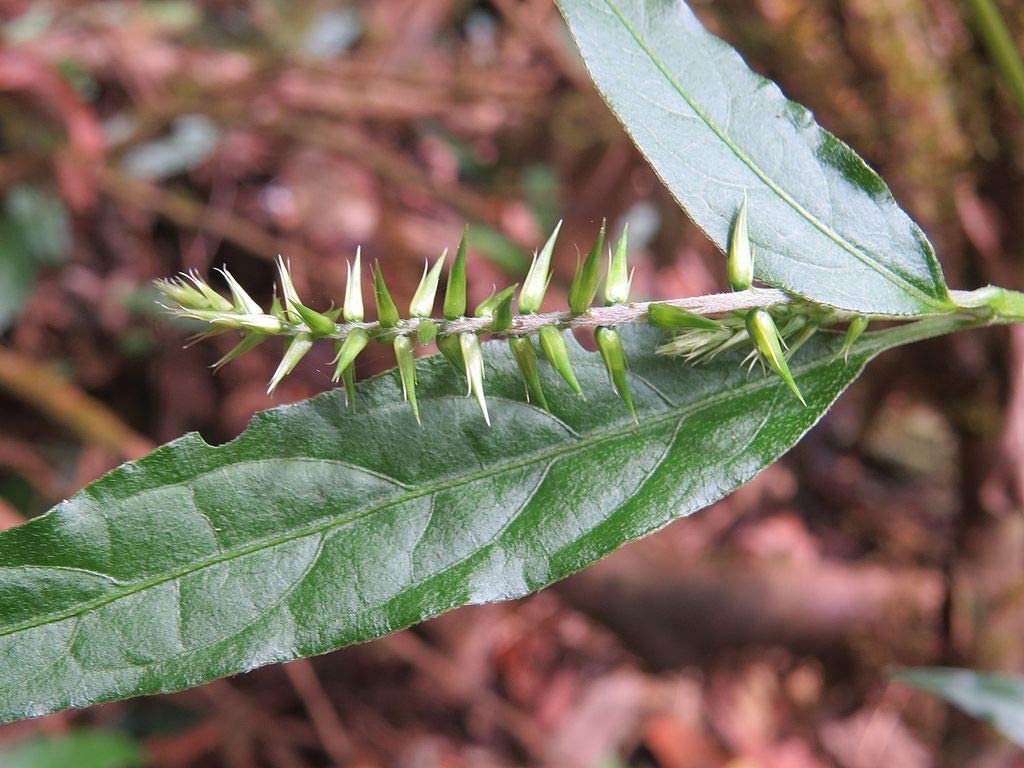
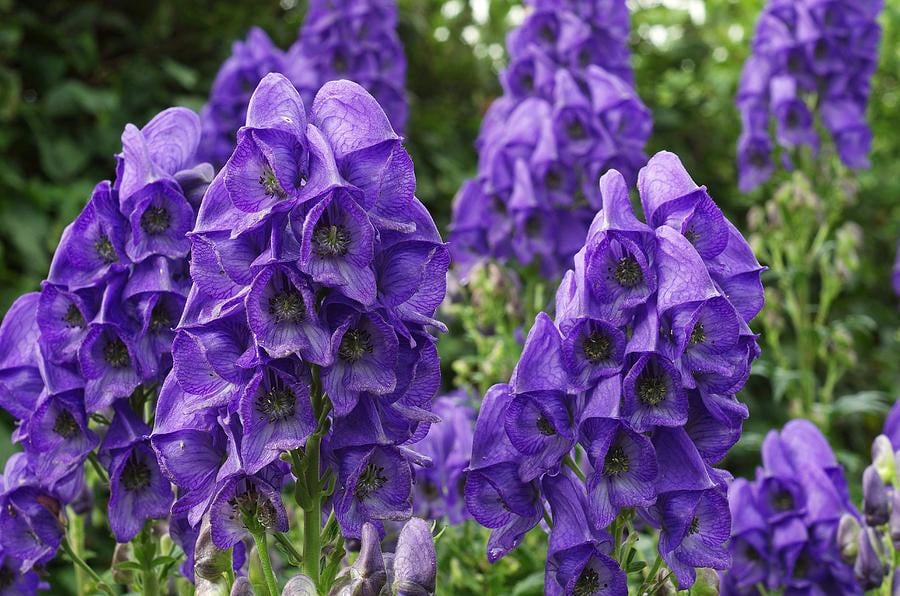
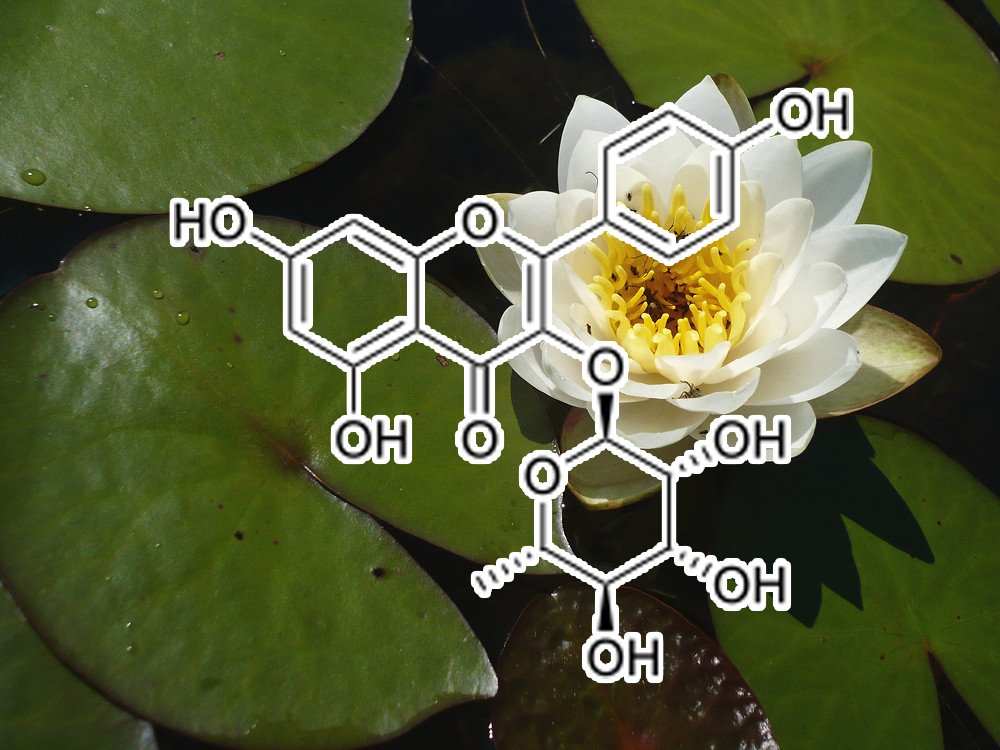
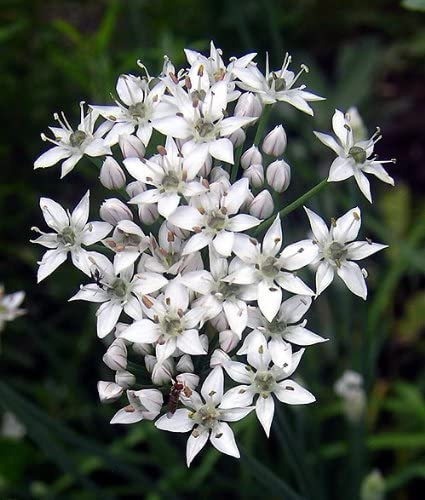
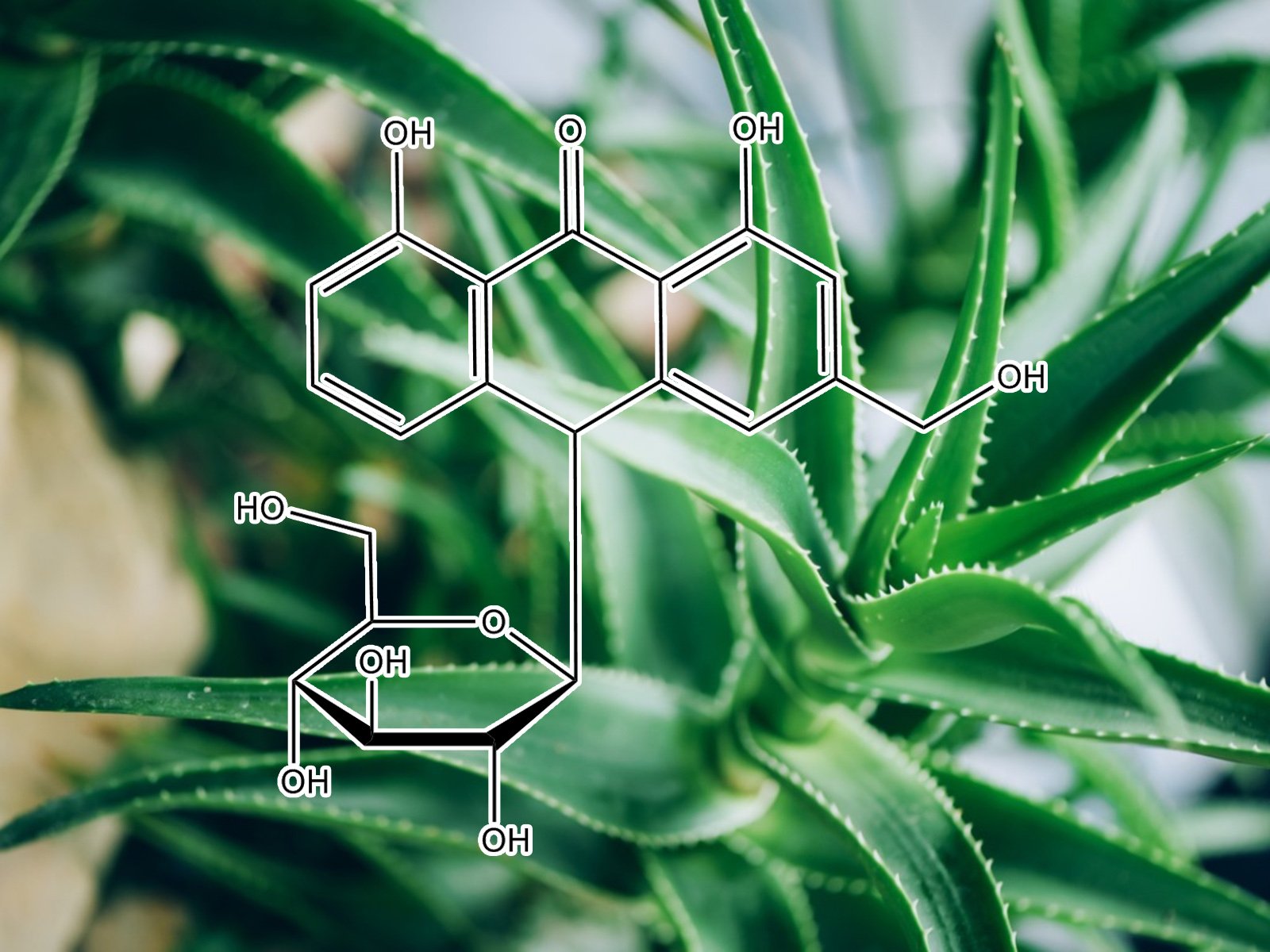
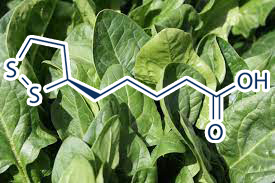
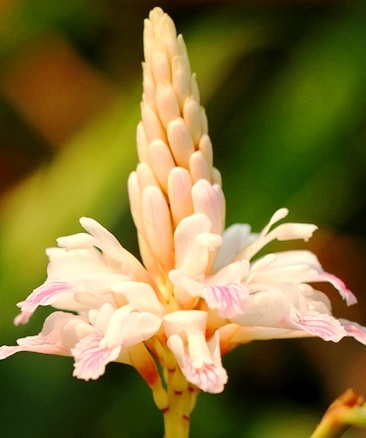
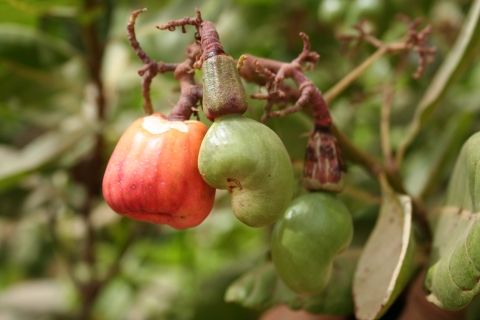
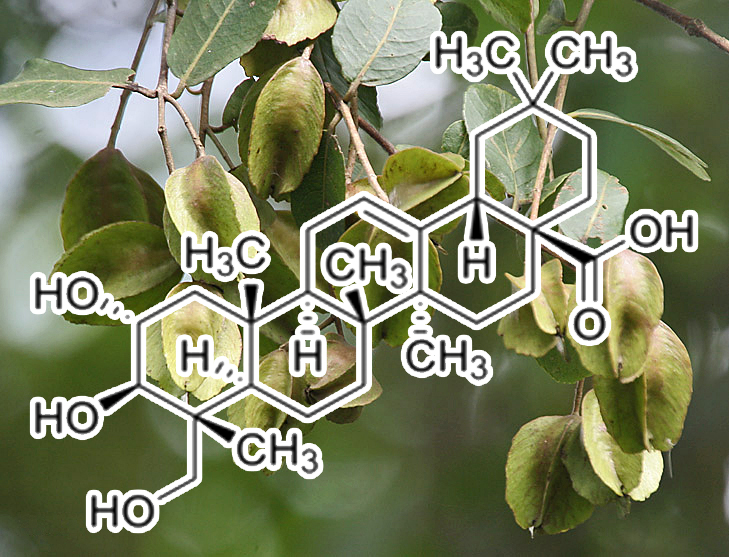
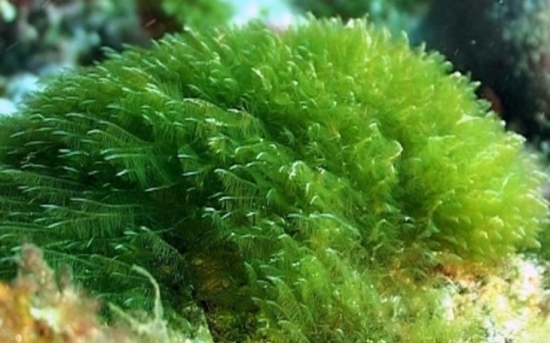
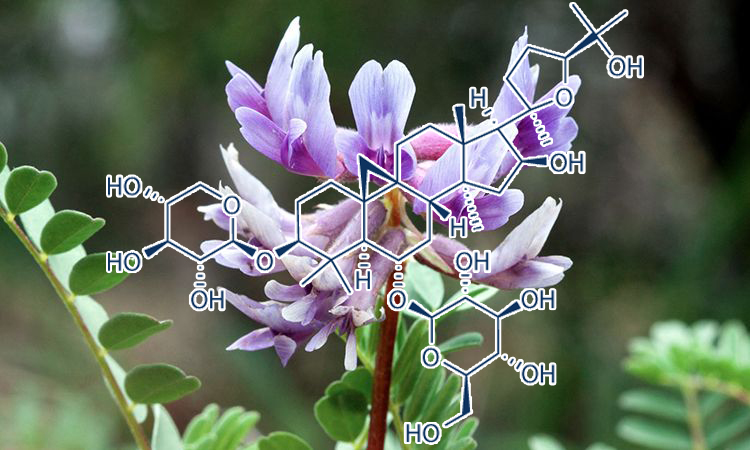
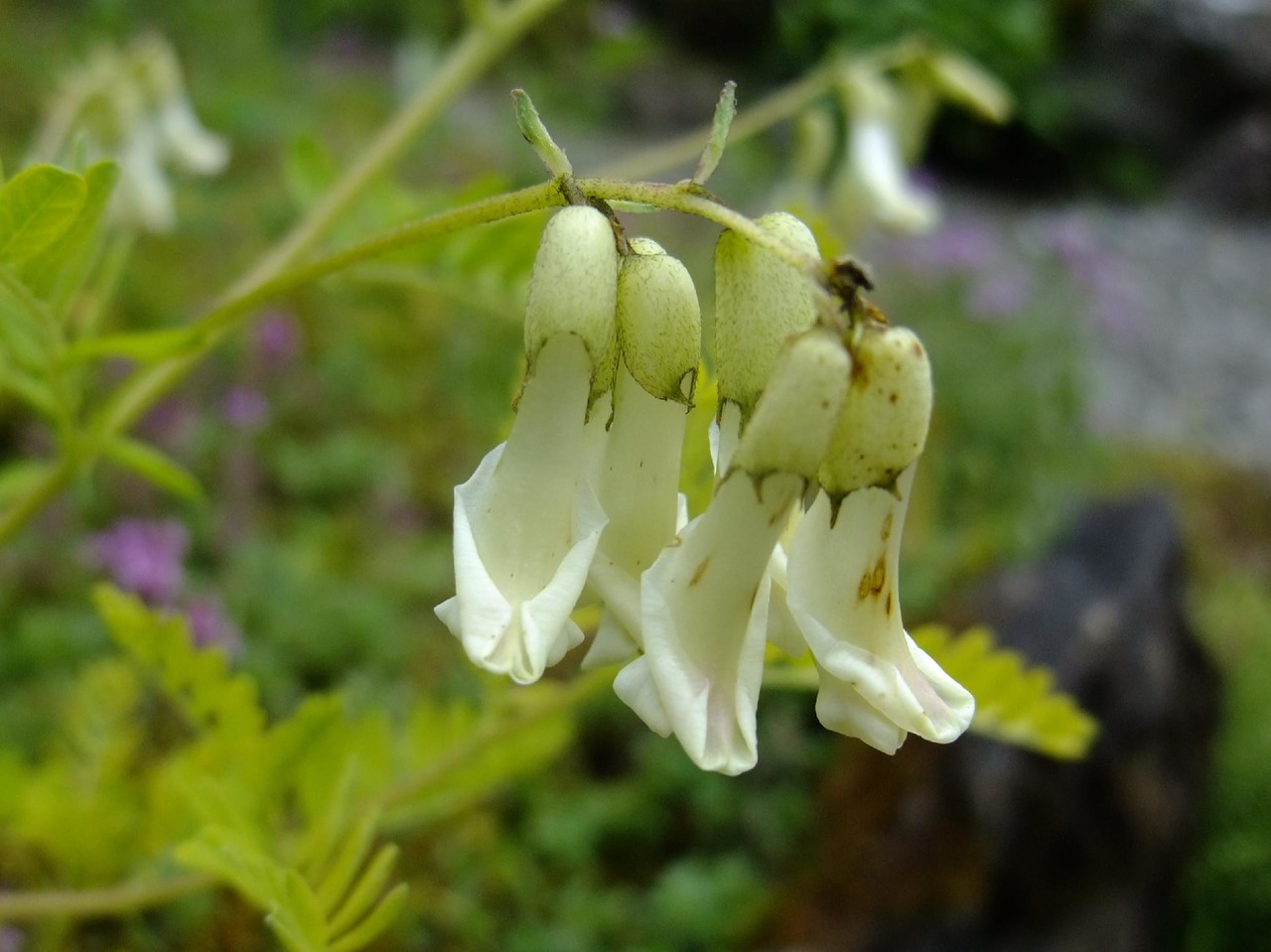
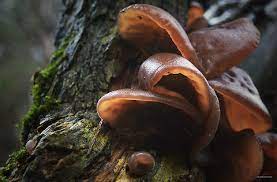
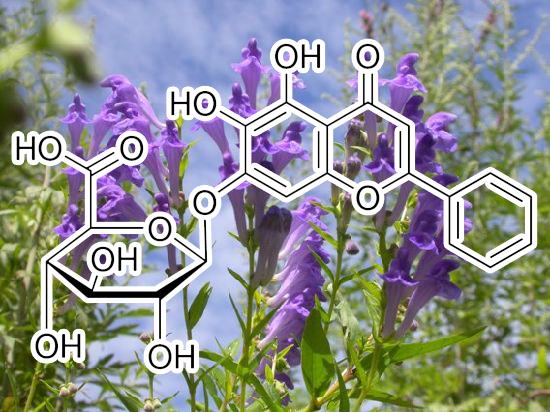
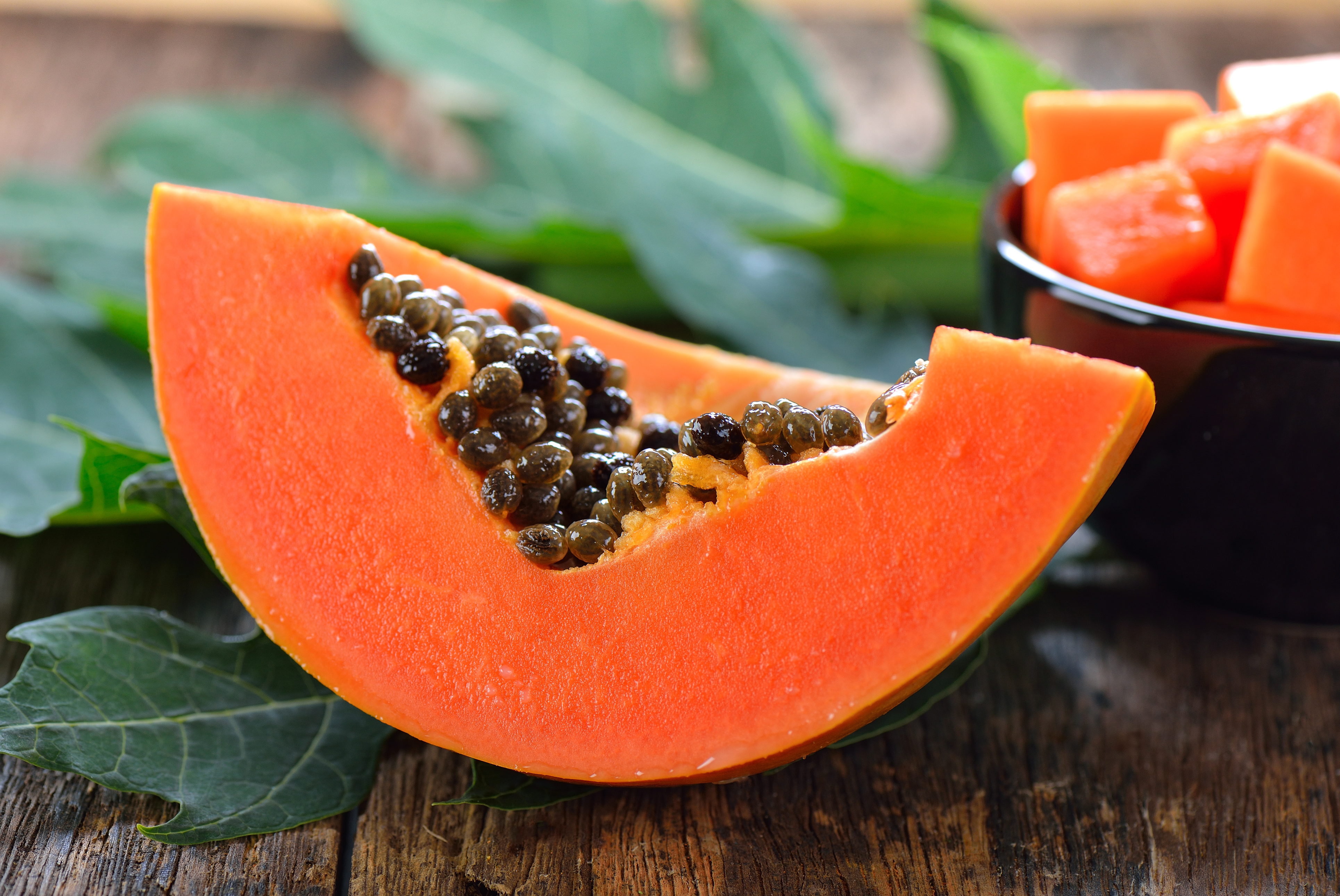
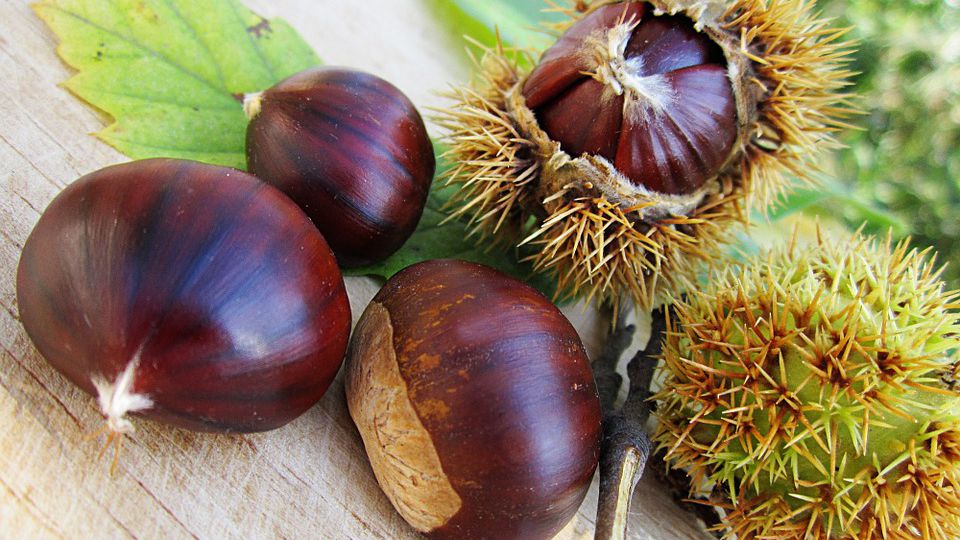
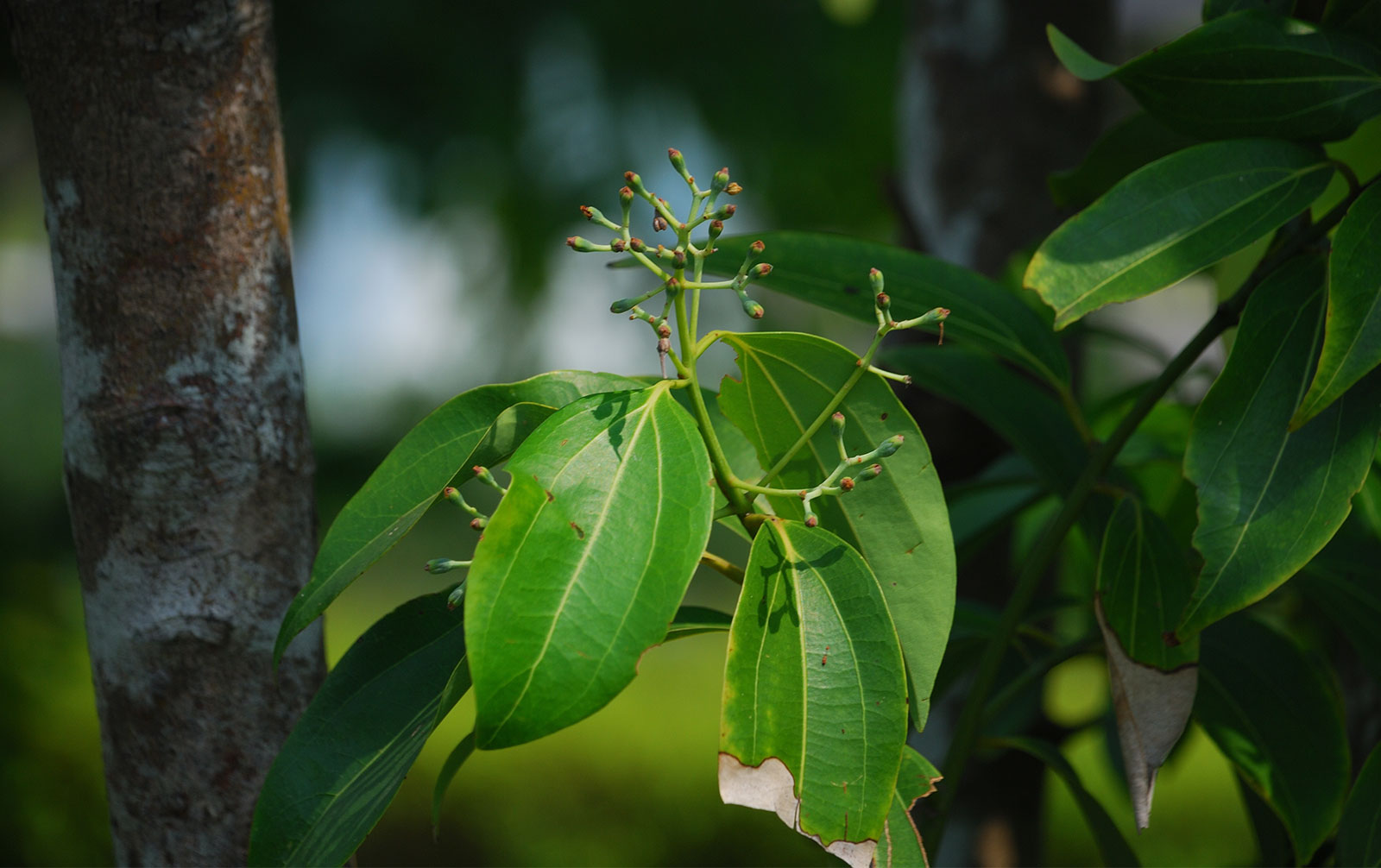
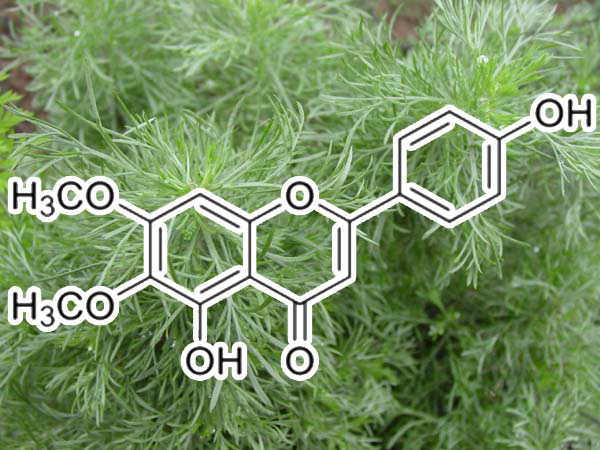
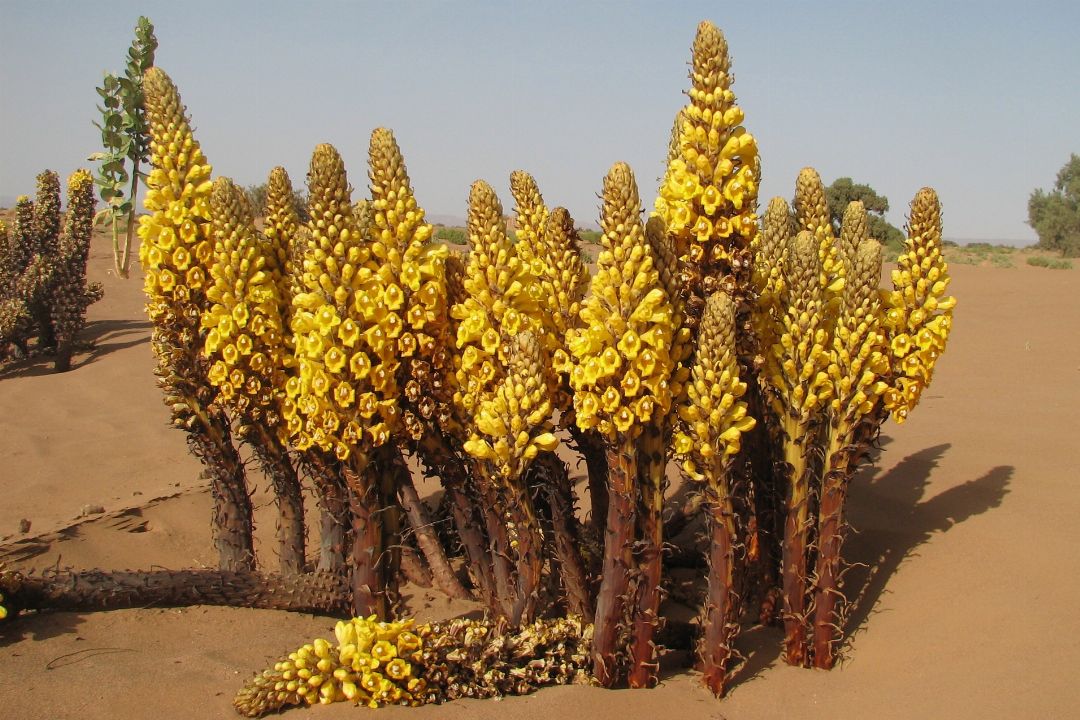
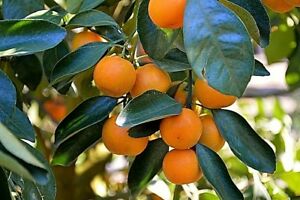
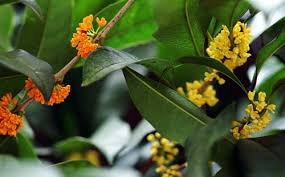
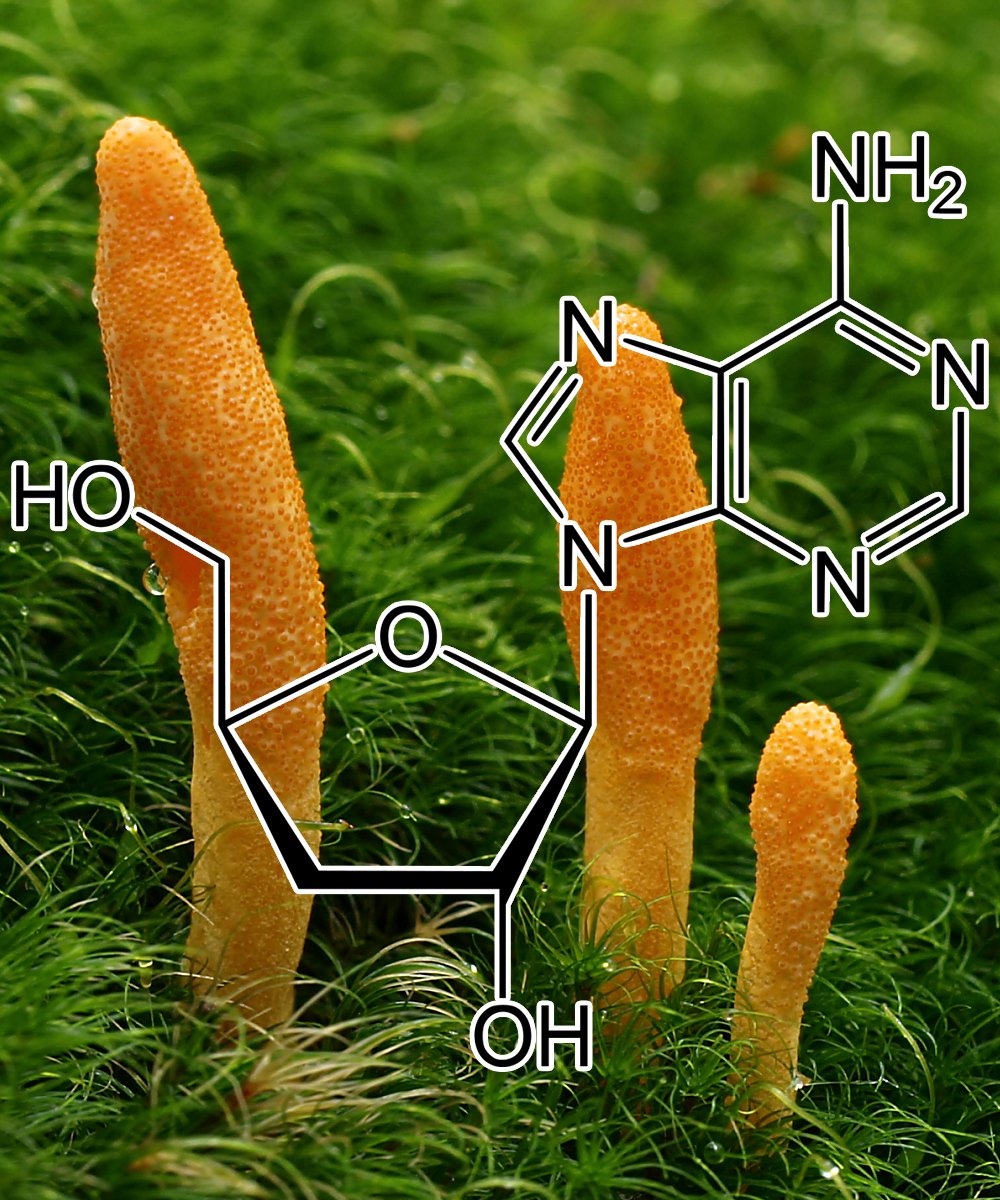
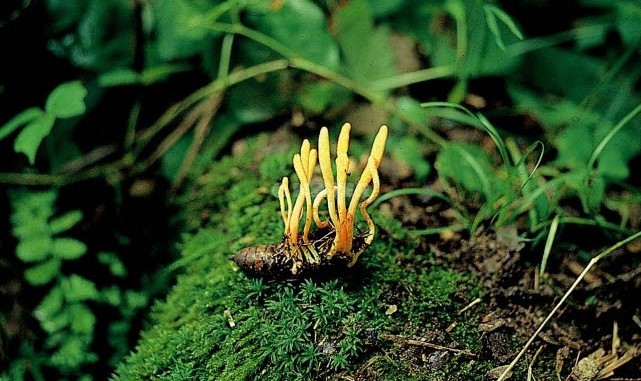
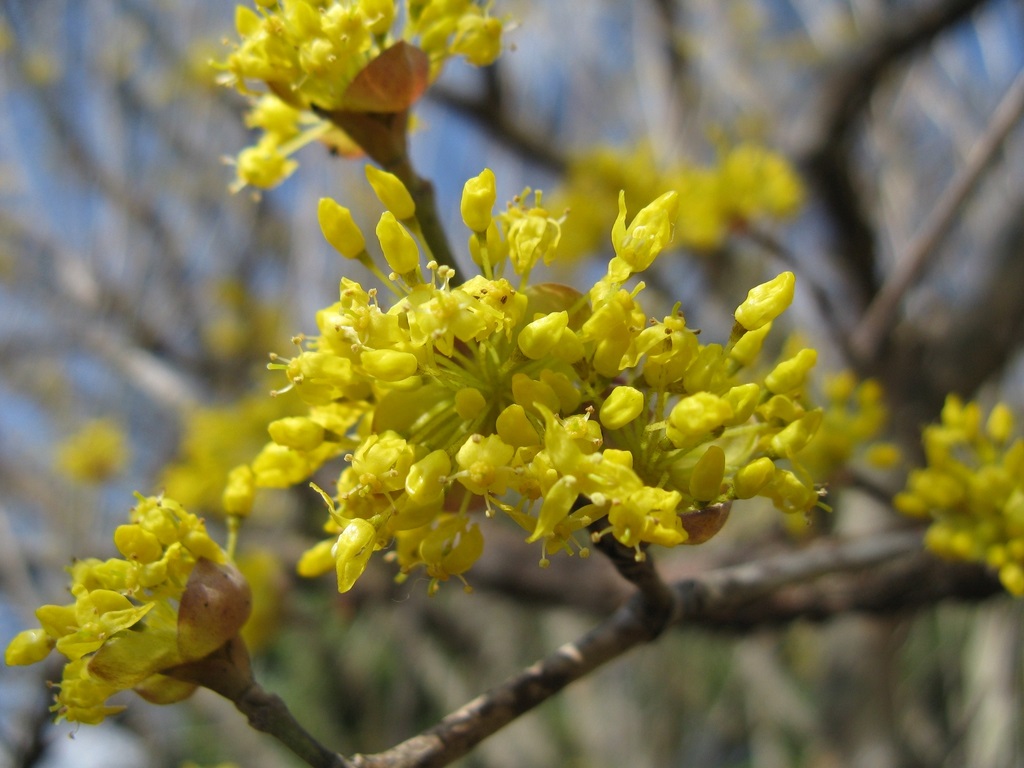
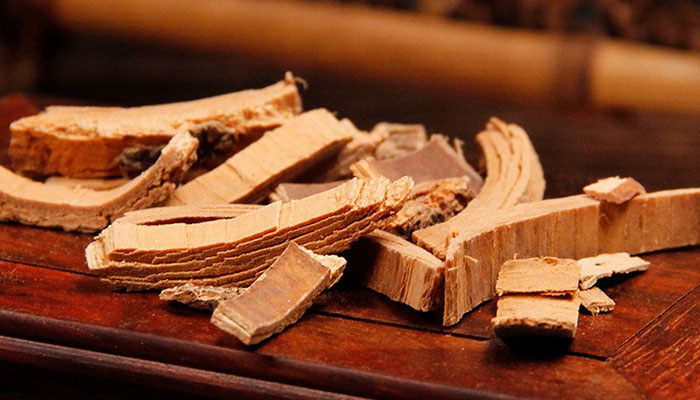


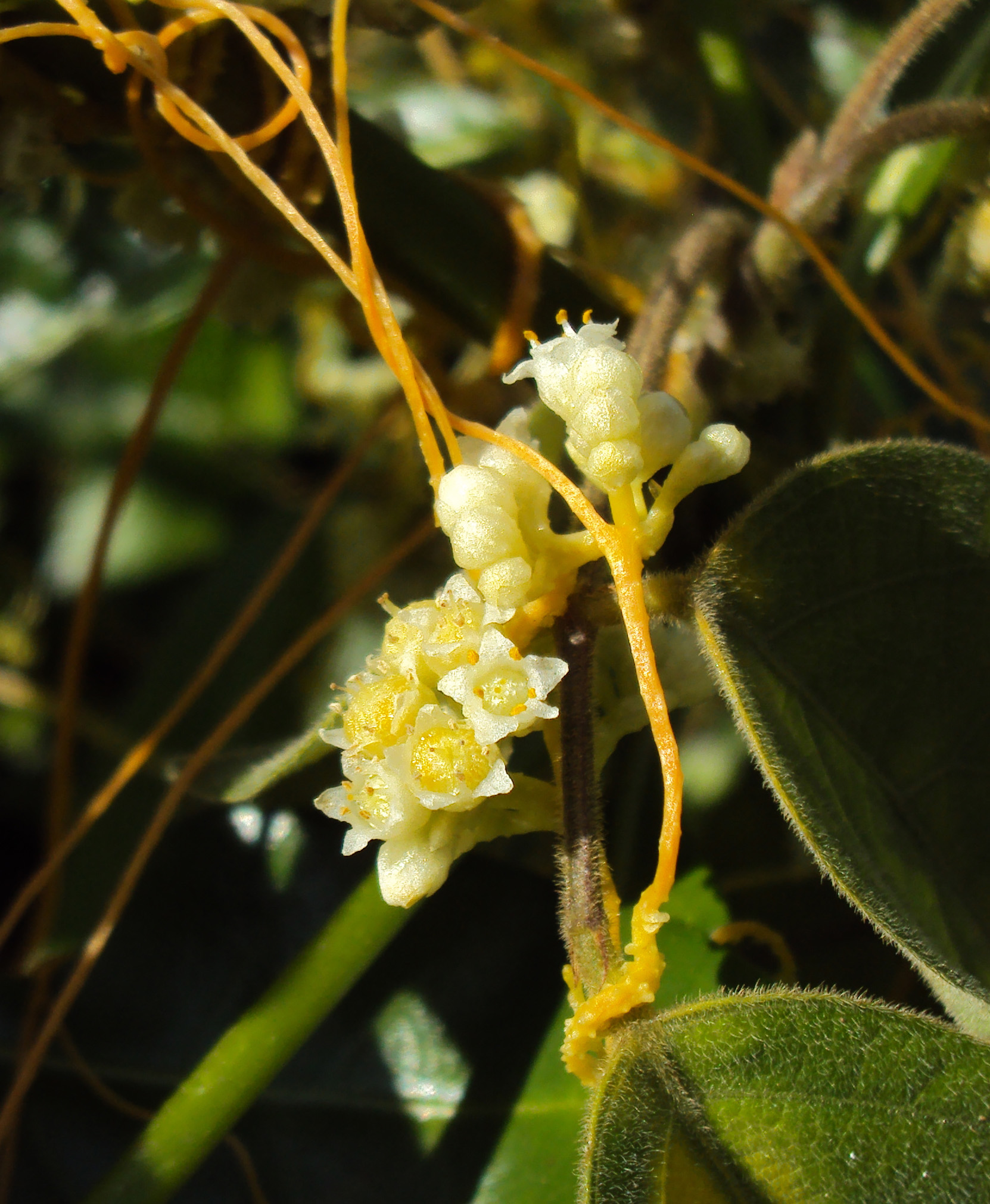

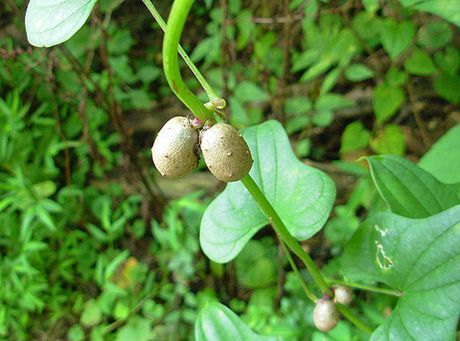
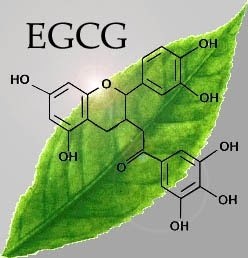

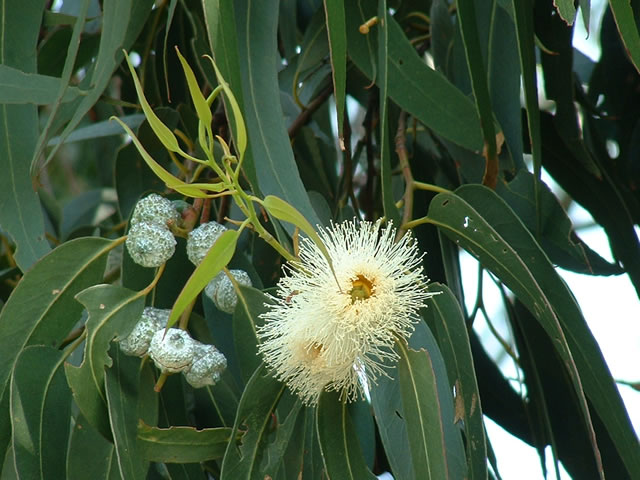
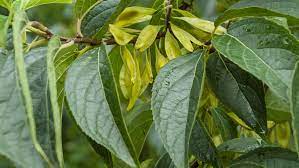

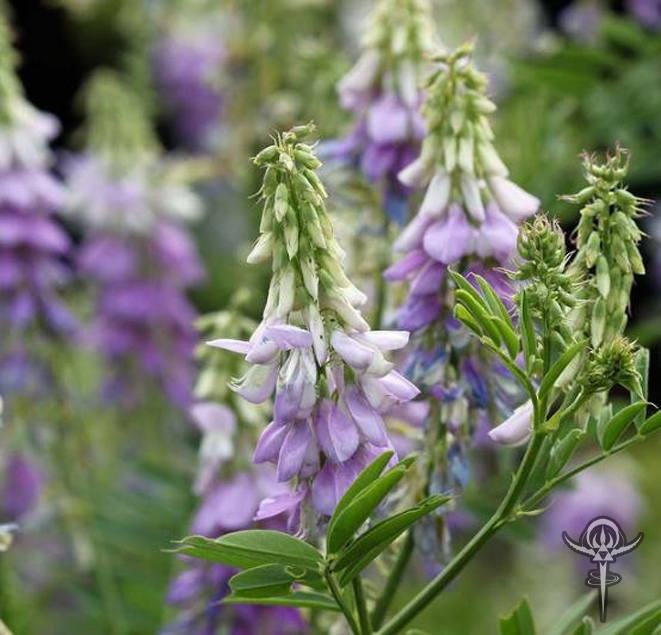
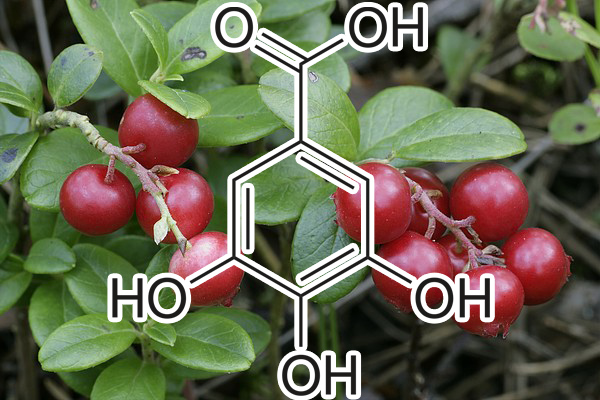

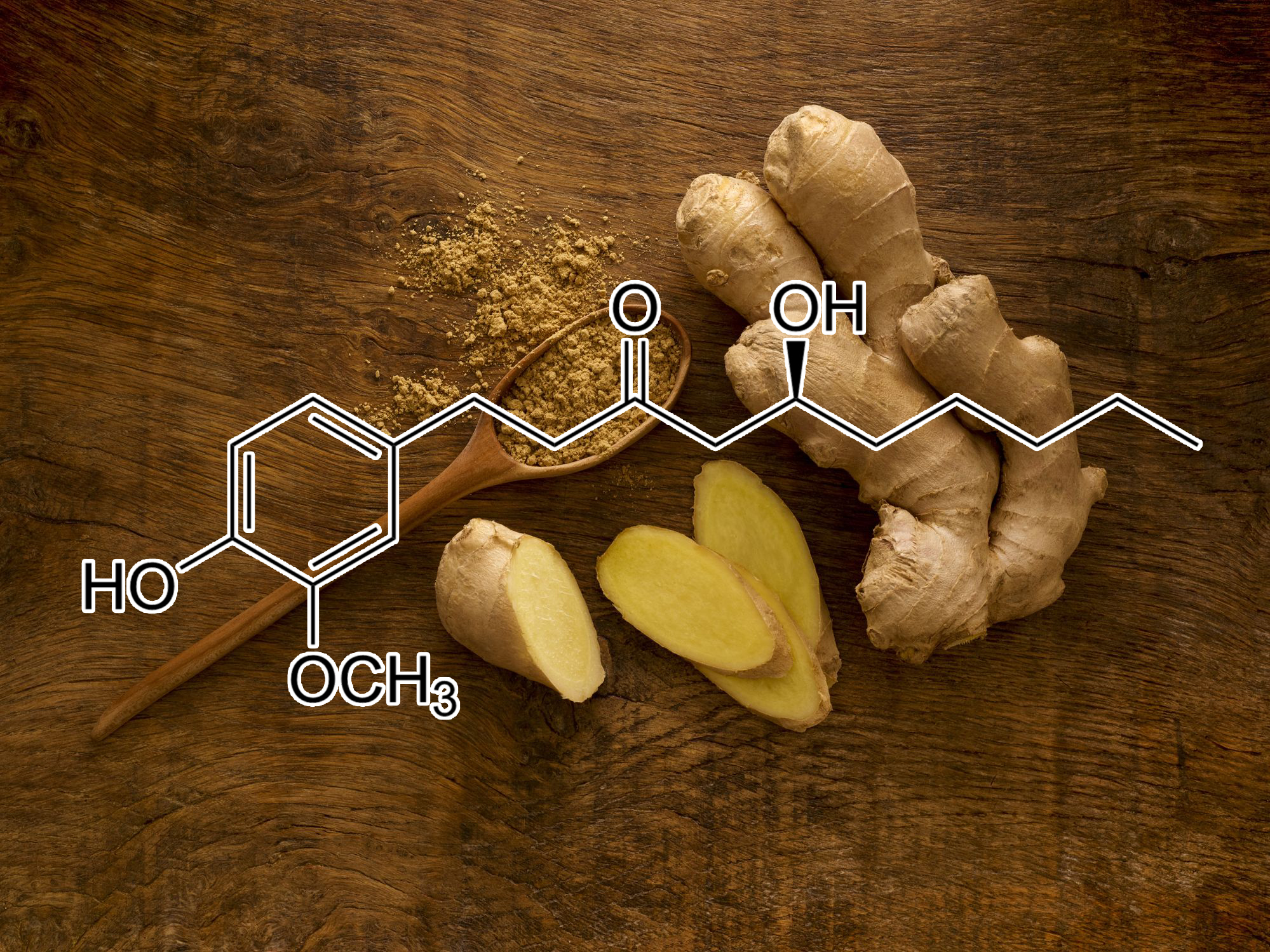
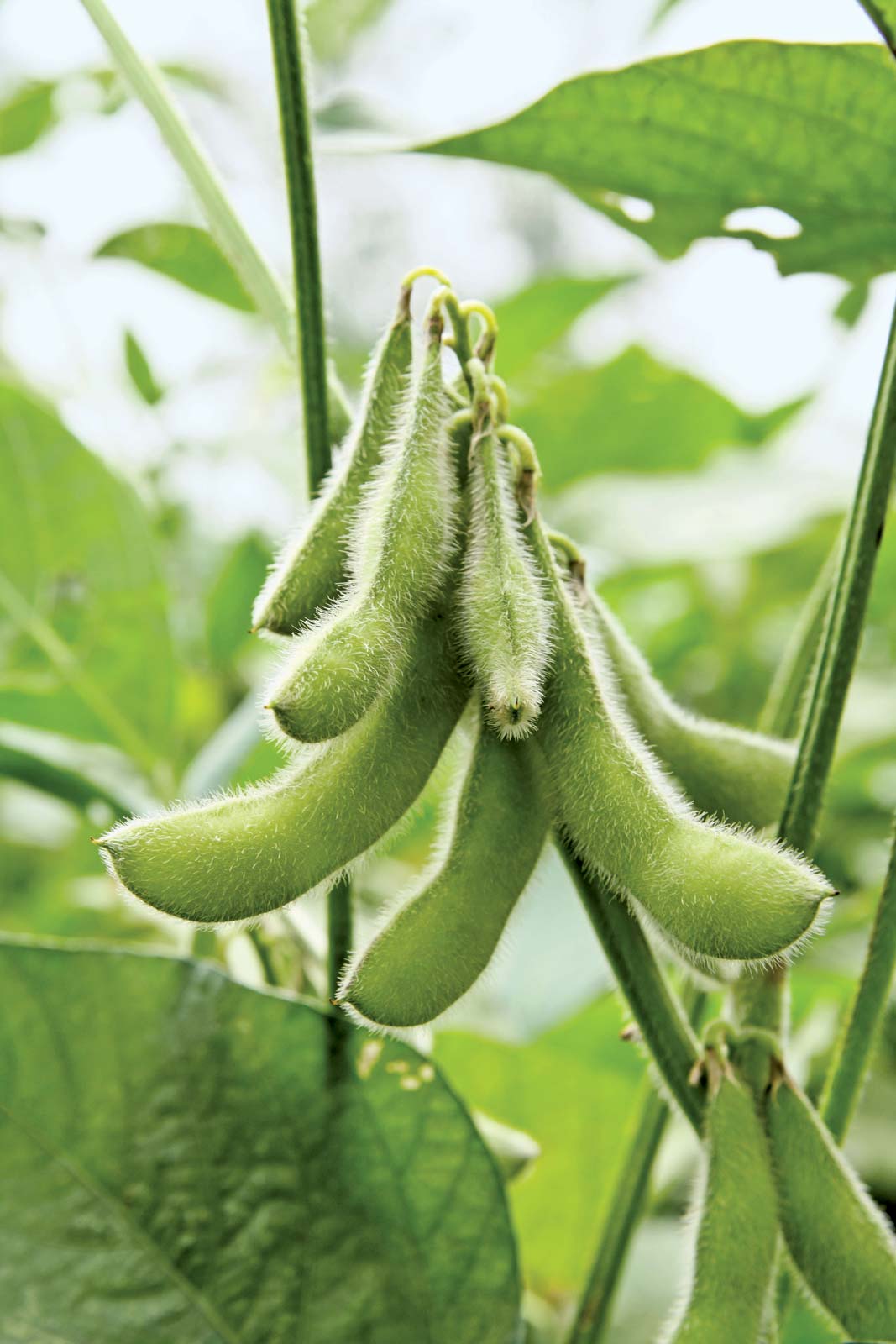
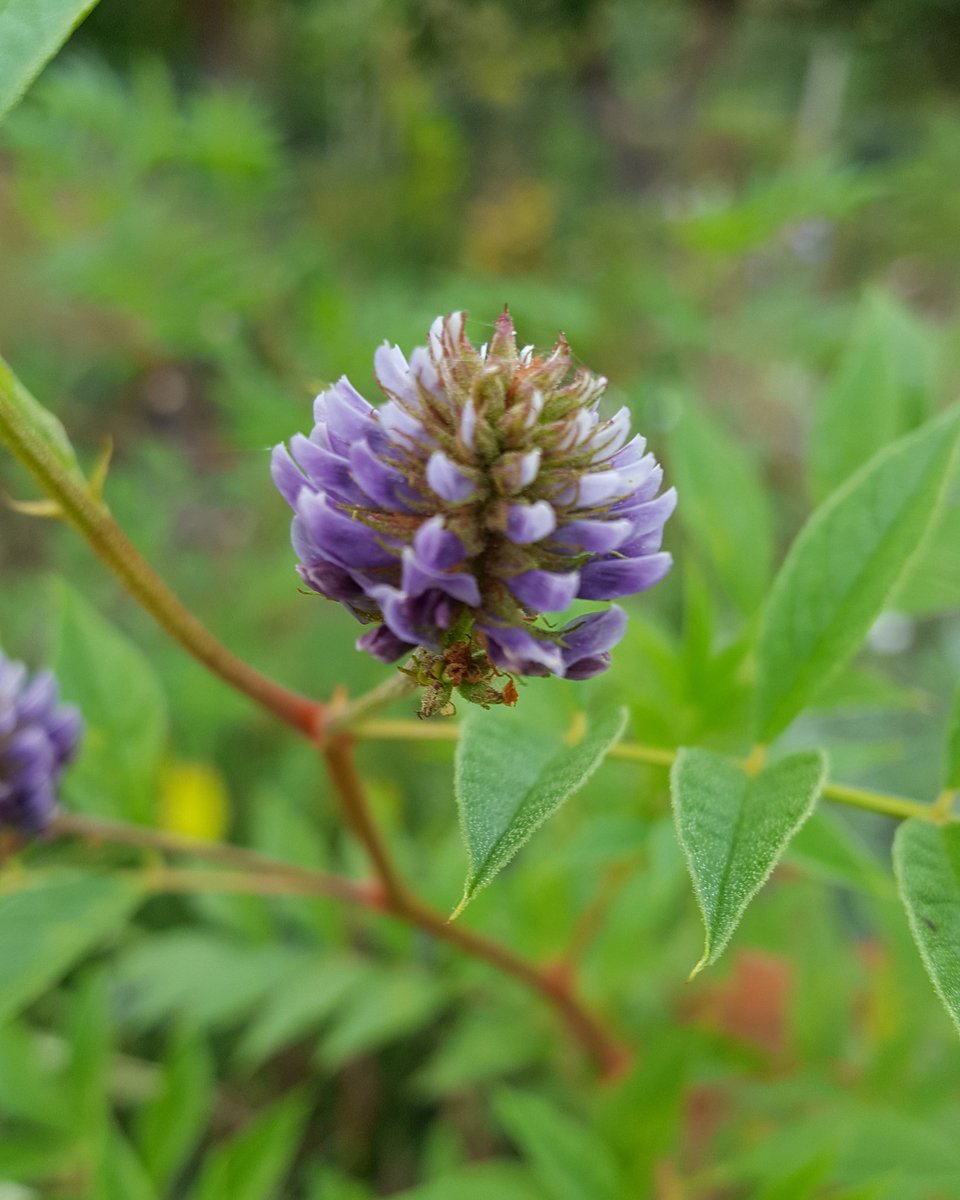
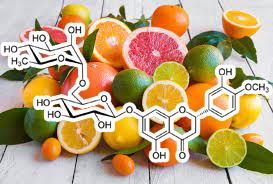

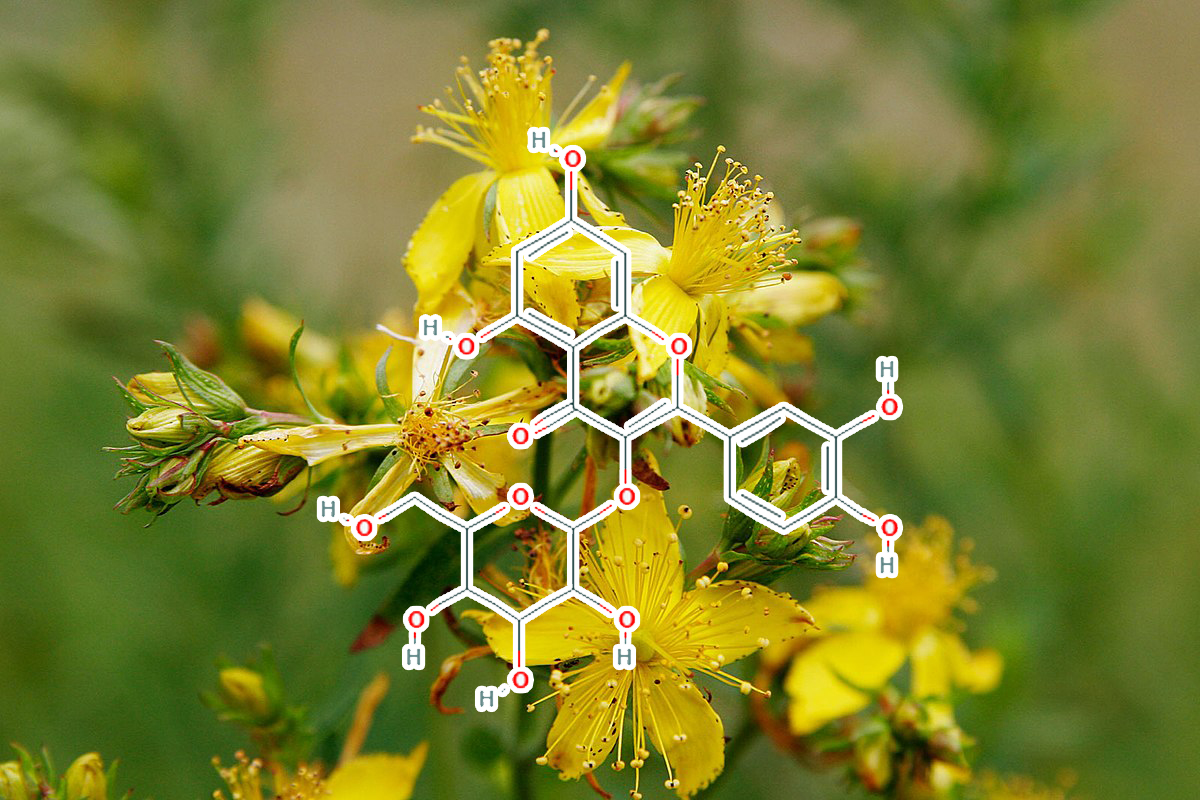
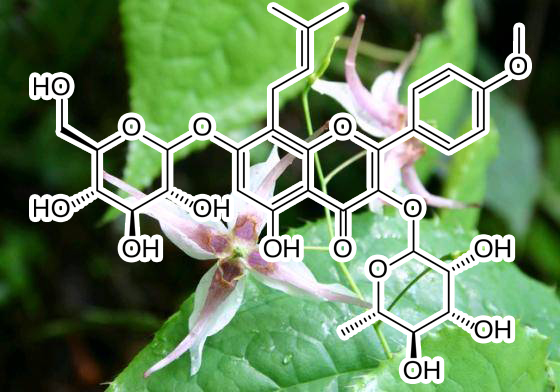

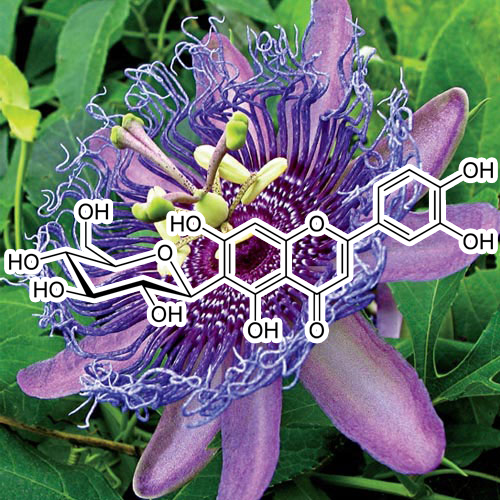
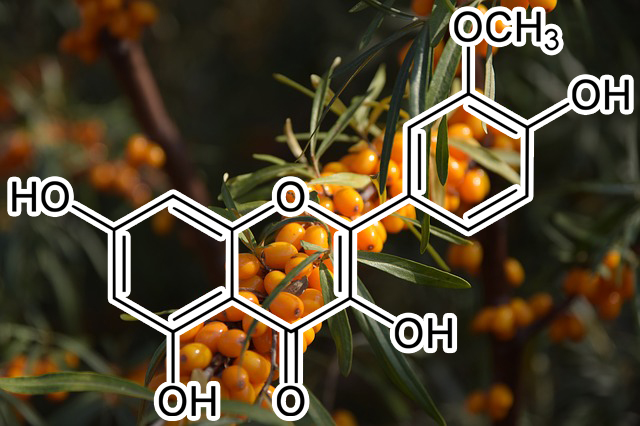
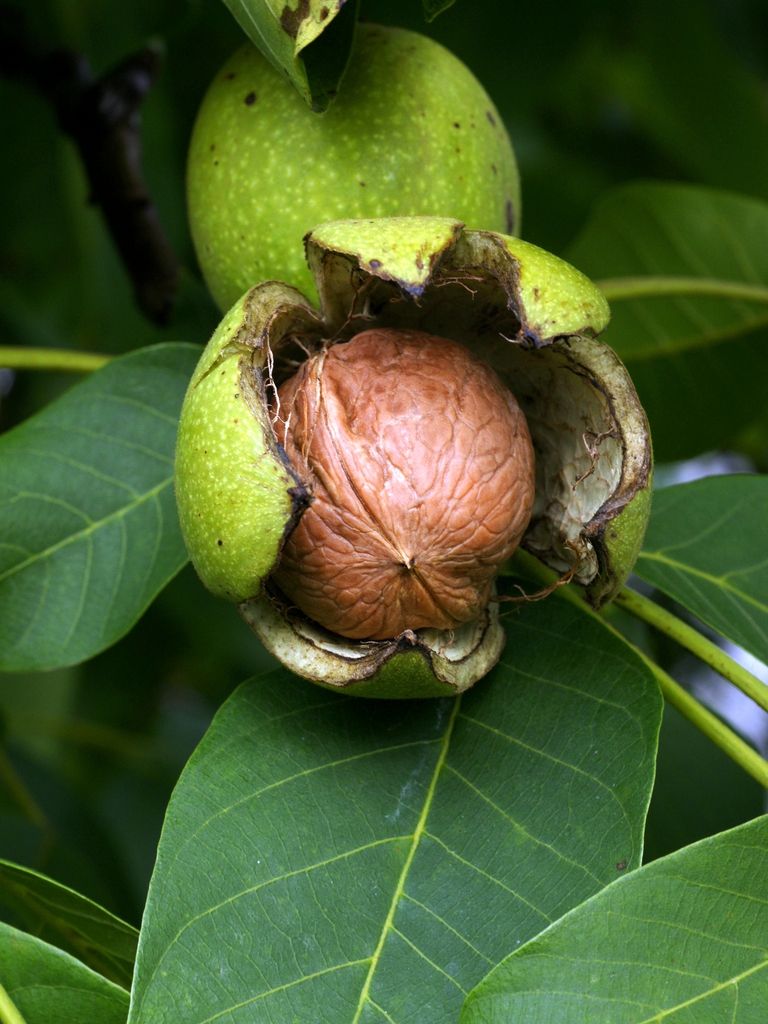
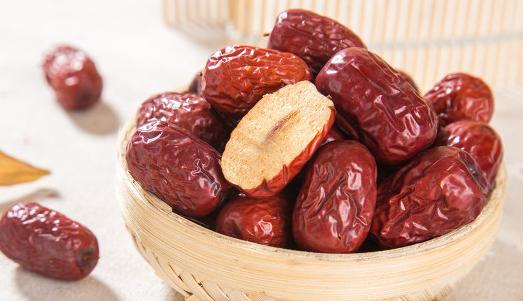
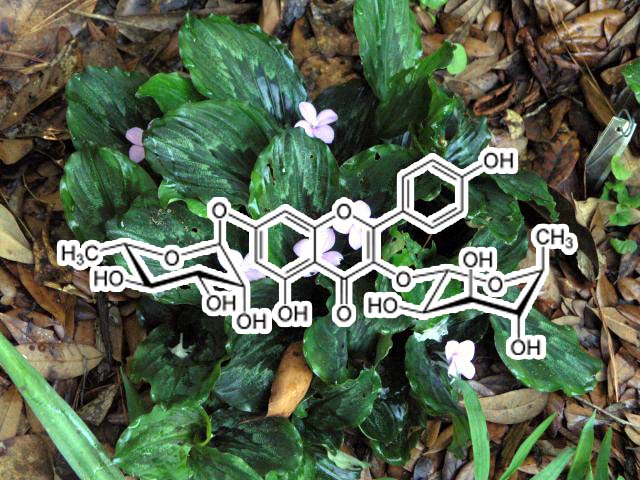
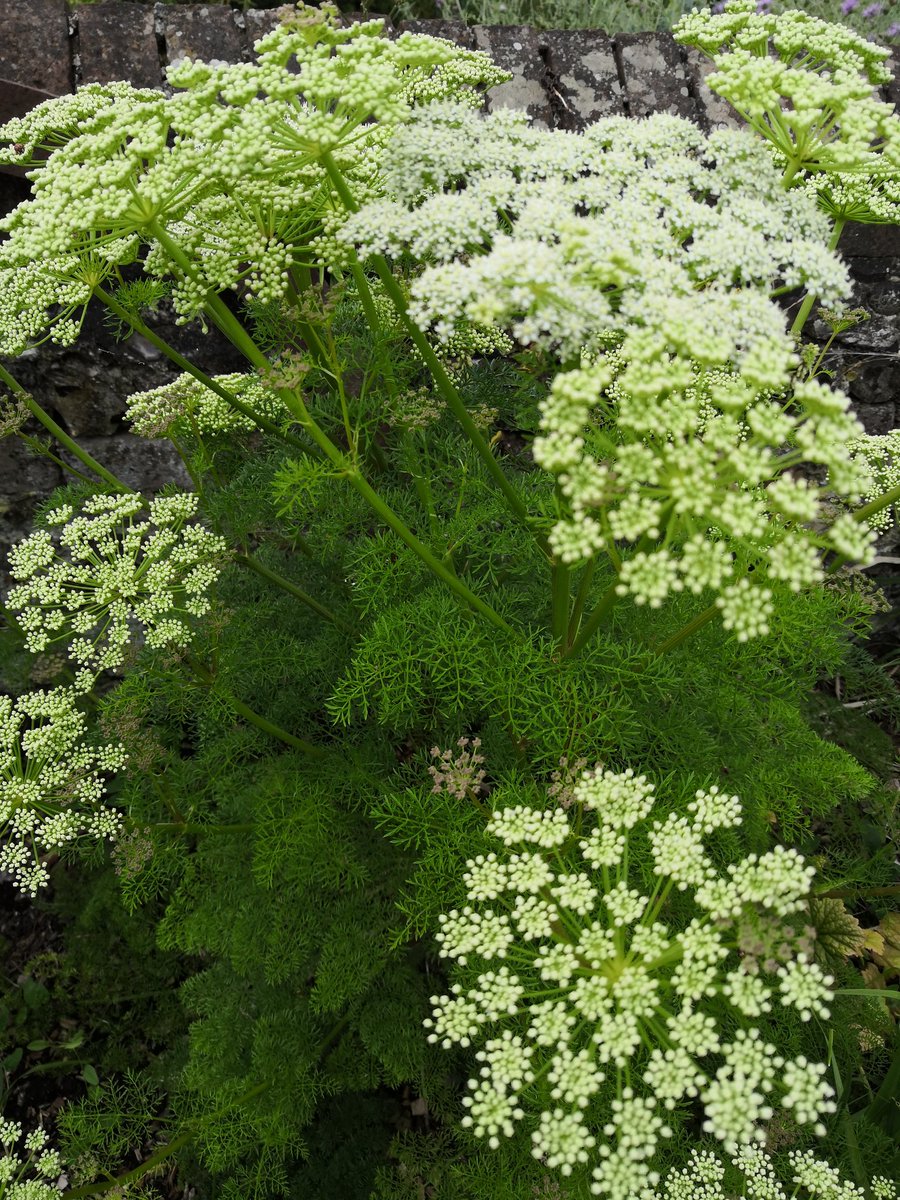

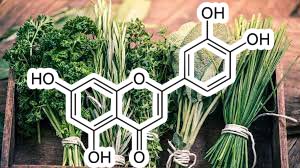
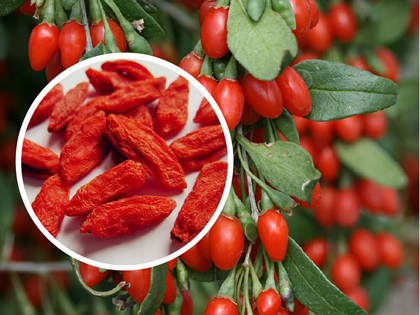
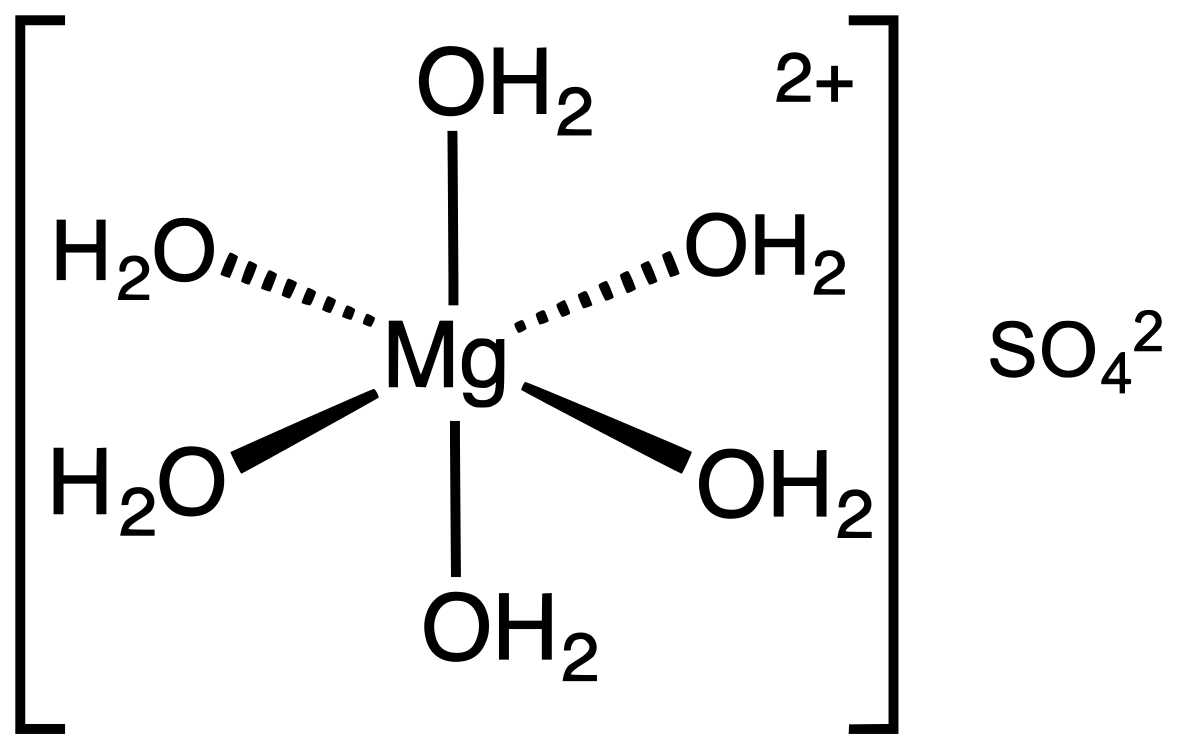

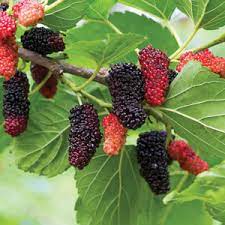
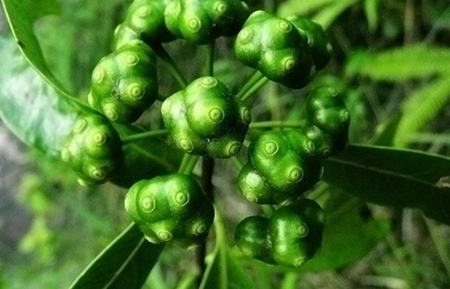
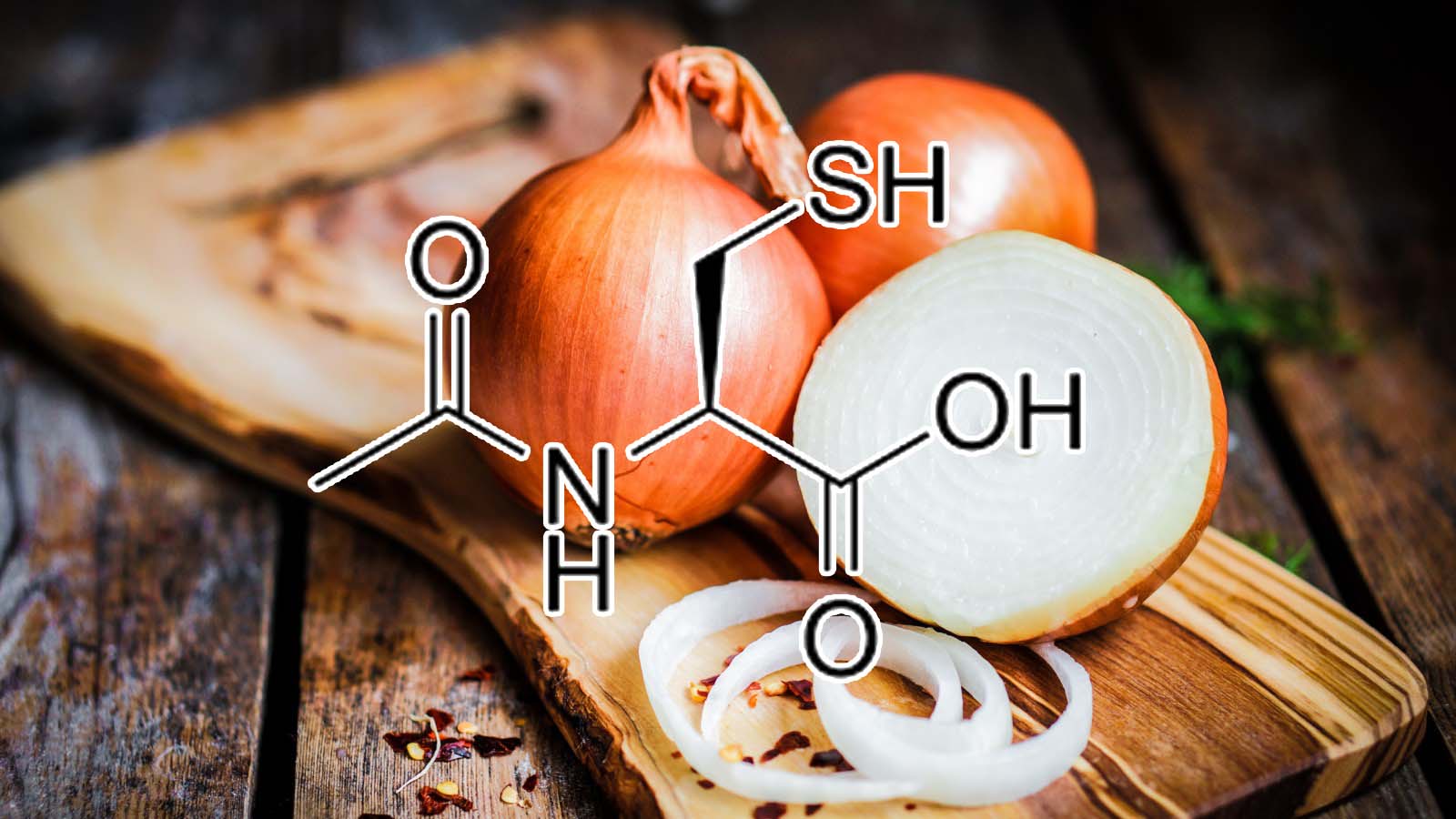
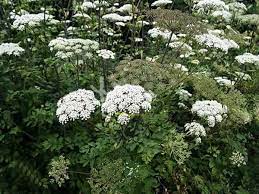
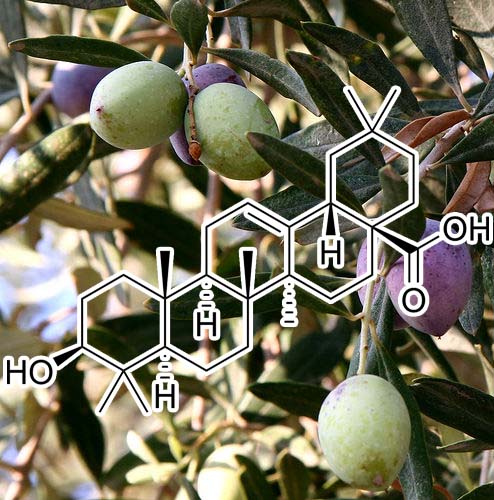

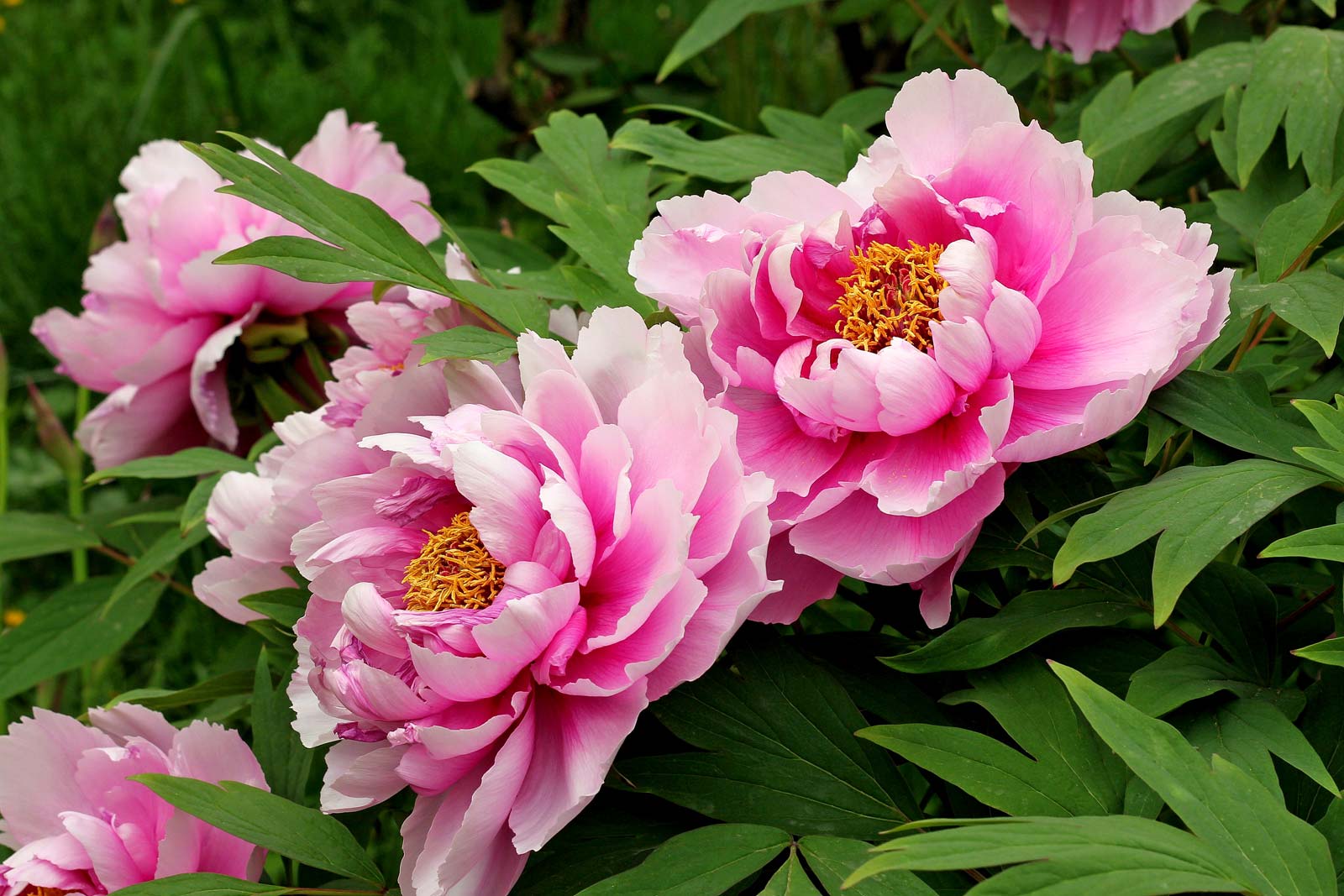

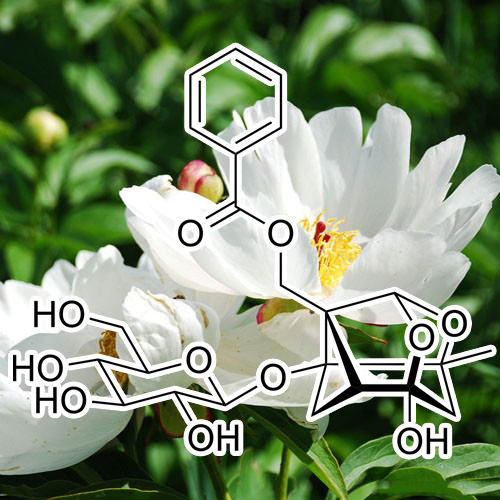
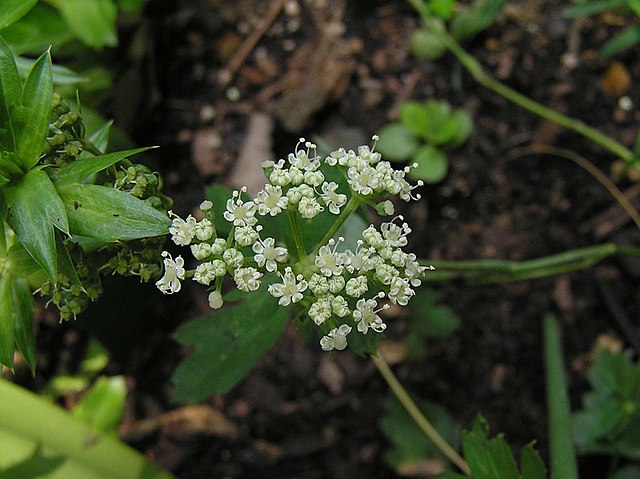
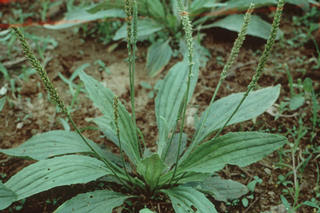

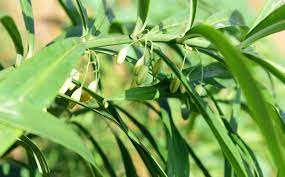
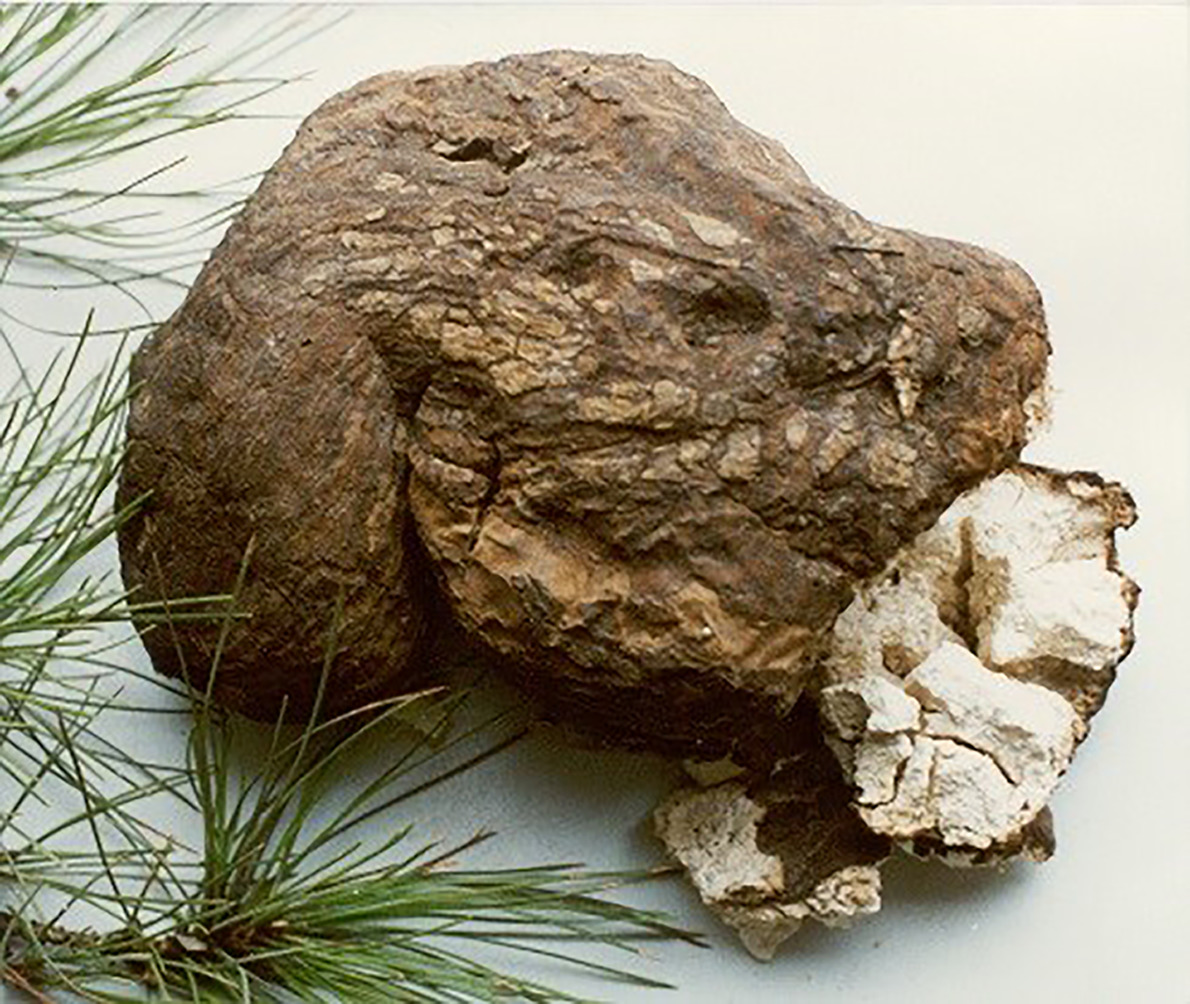
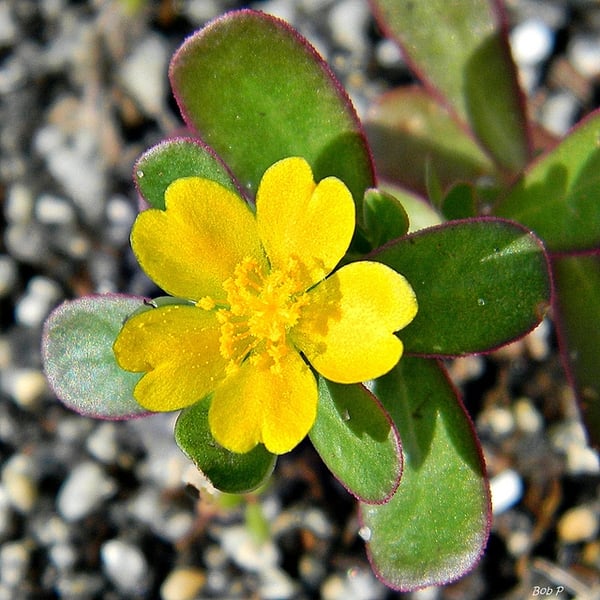
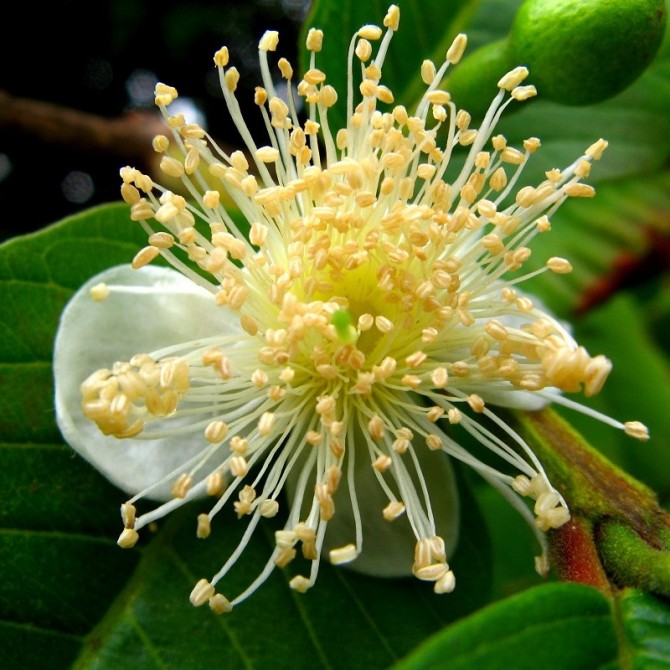
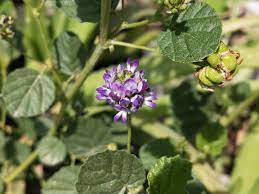


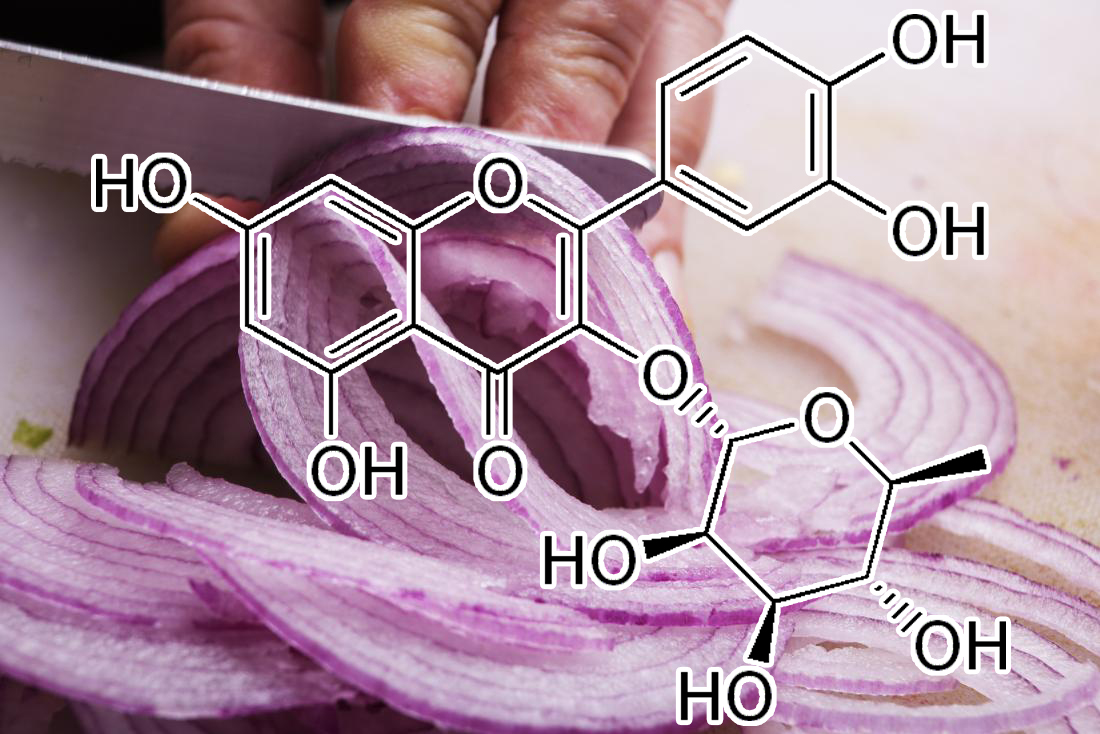
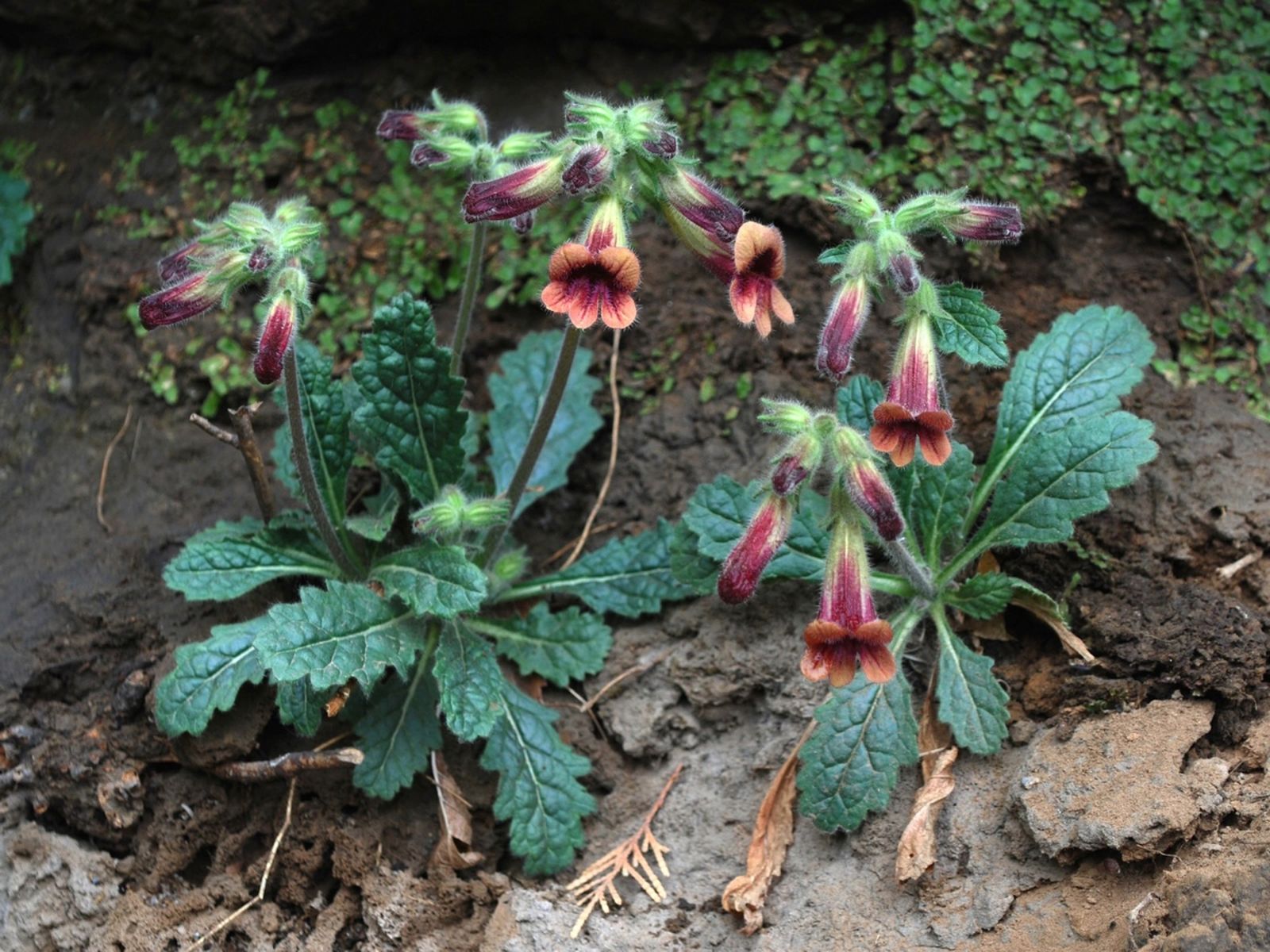

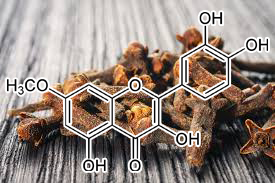
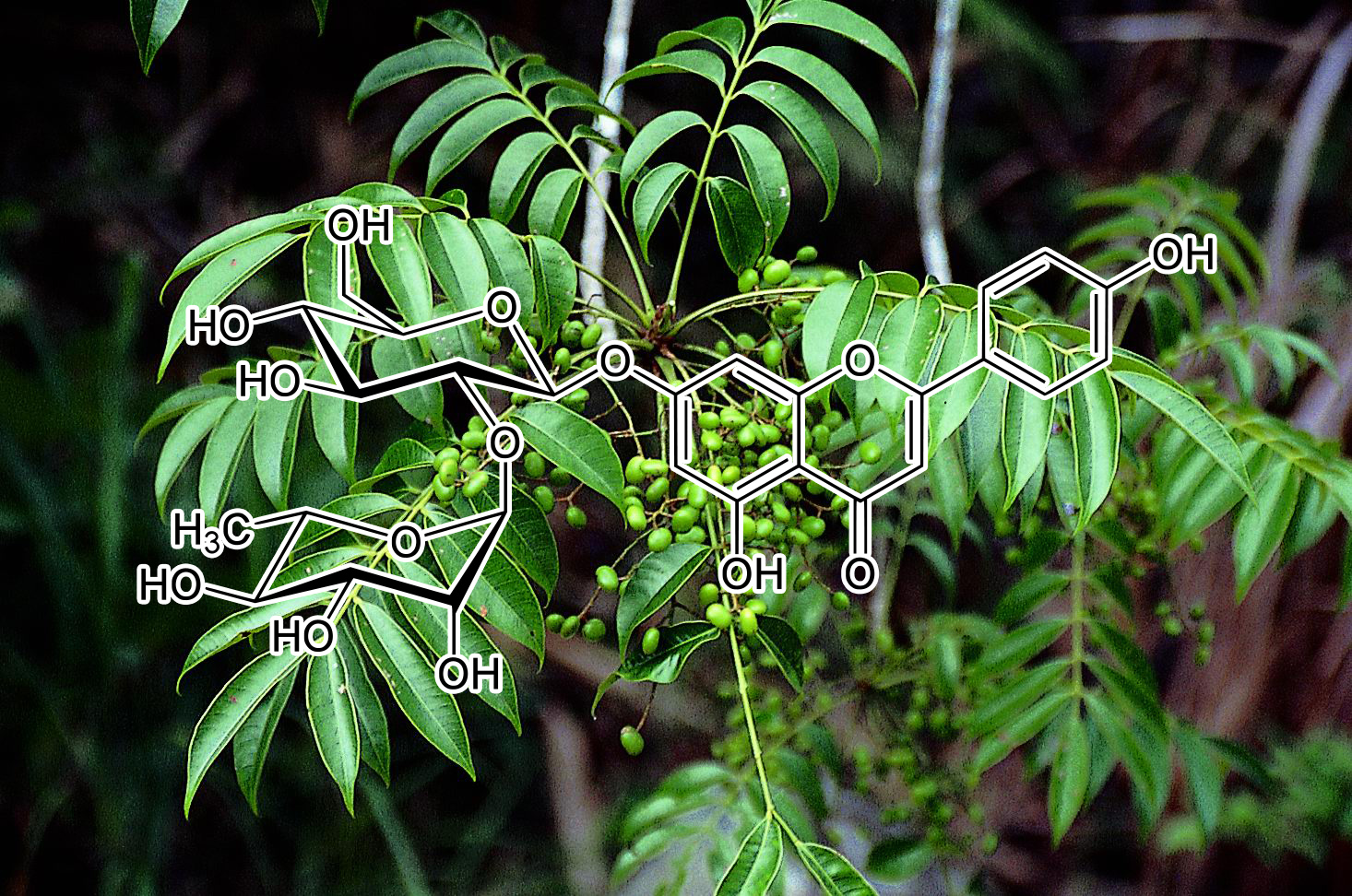

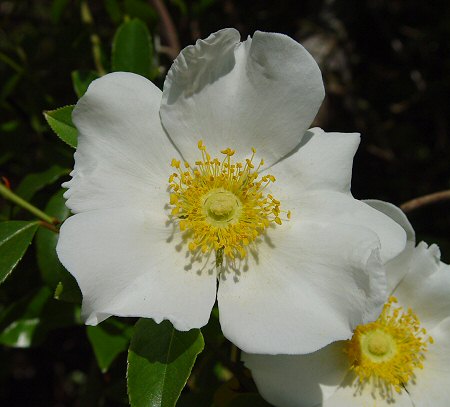
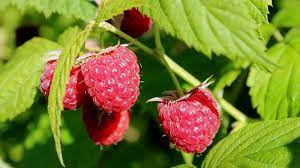
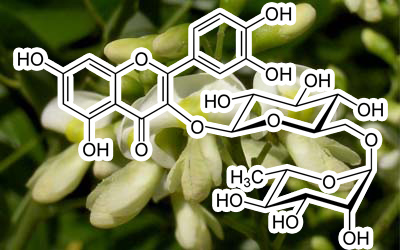

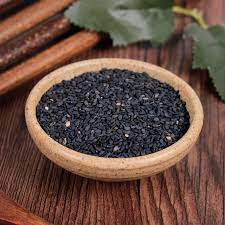
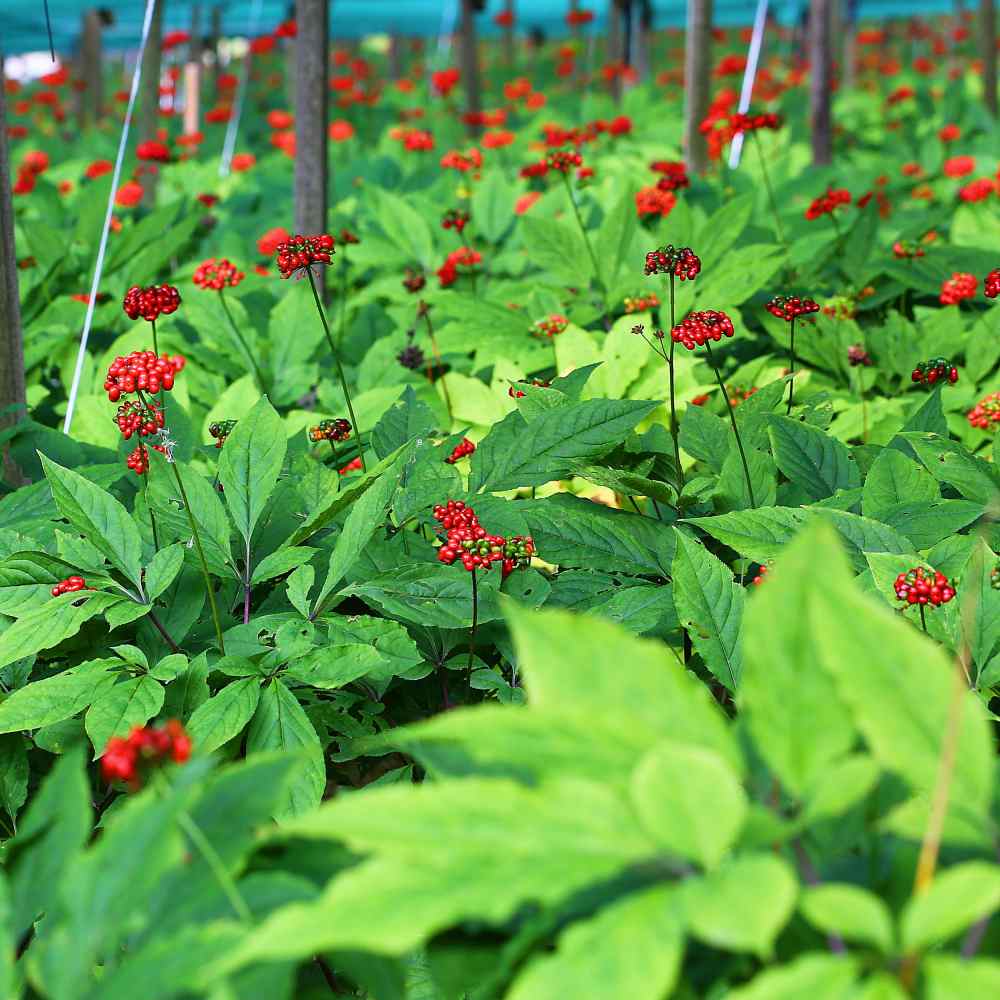
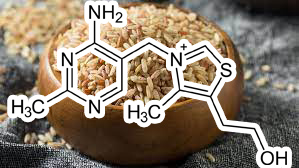
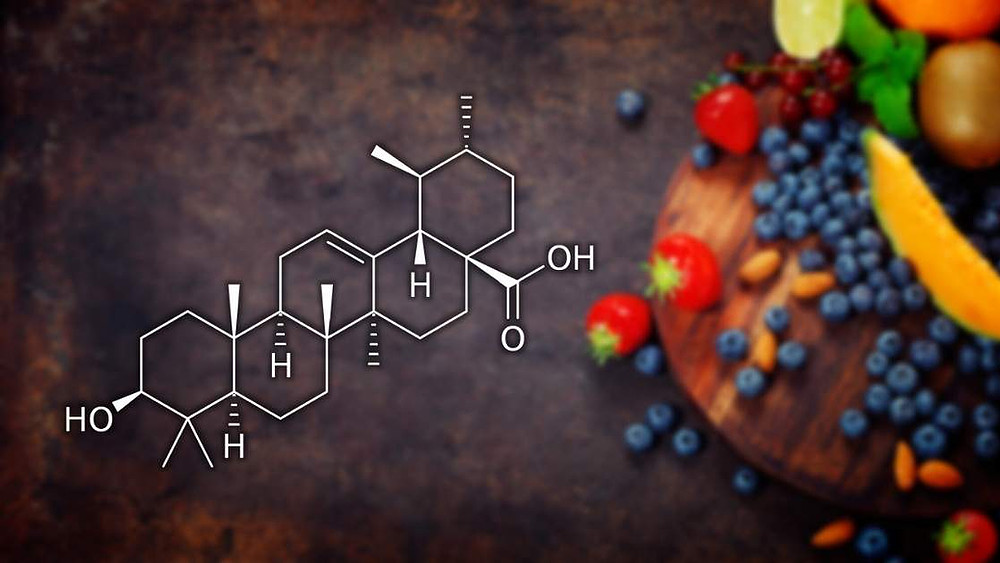
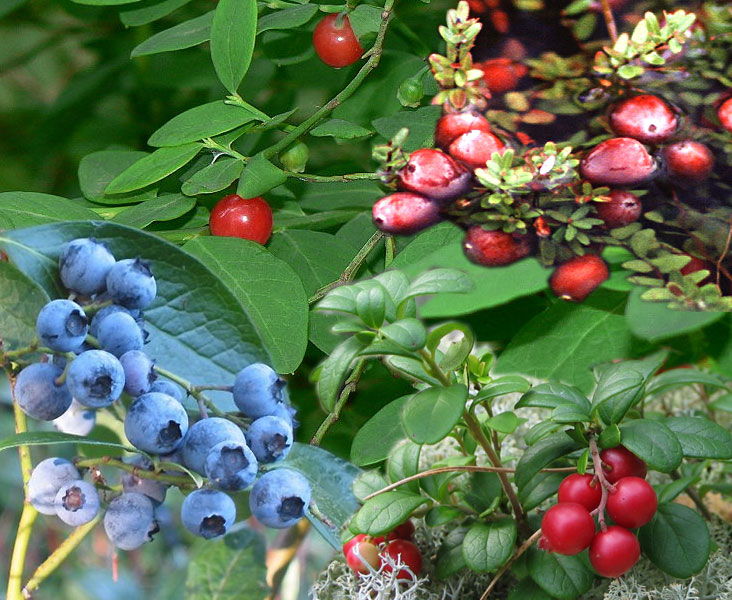
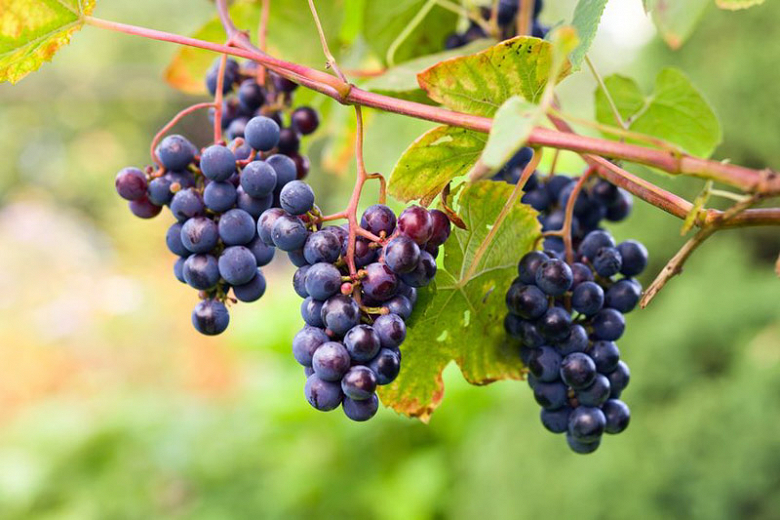
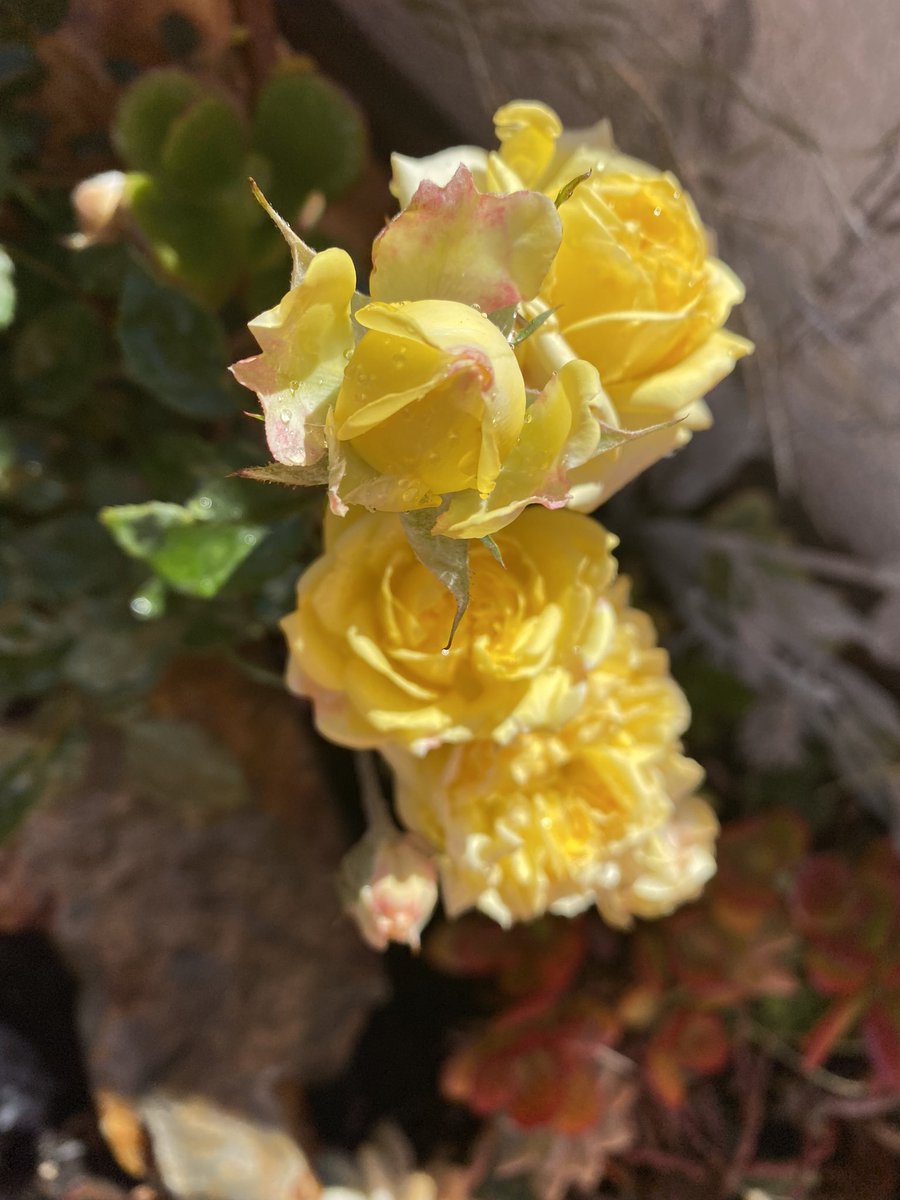
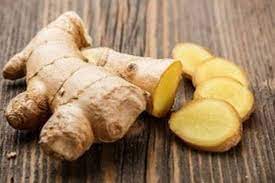
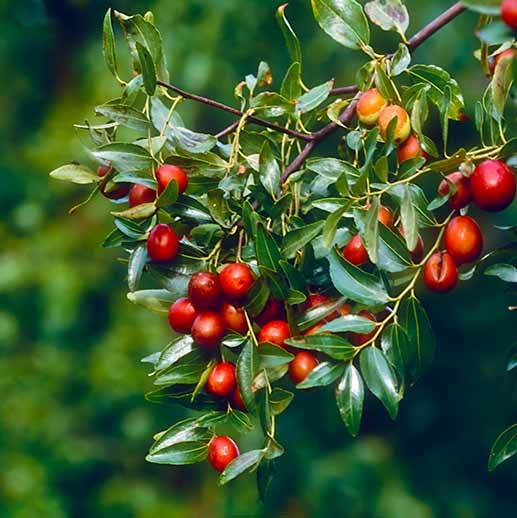
Craig Wilson –
Back in July I caught Covid and it effected me in a number of different ways but thankfully it was quite mild. I carried on fasting and using the blends I had, I managed to recover quite fast but one issue just wouldn’t budge and that was a dull ache on either side of my lower back and my urine had been quite dark ever since. Before Covid I had no pain in this area whatsoever and my urine was always clear and healthy looking so to me it seemed as though this virus had caused some kind of damage/dysfunction to my kidneys.
This issue persisted for over 2 months till mid October when I managed to get an early sample of the kidney restorative Blend “Jing” ,
I used this blend as advised and there was a noticeable improvement within a week and by the beginning of November (a couple weeks of use) my kidneys were back to full healthy function, no dull ache and clear healthy coloured urine passing as normal. Your kidneys aren’t something to be messed with and need to be protected, I value my health so much and I’m so grateful that I was able to use this blend to correct whatever the issue was. What else is there that can actually restore kidney health?
People end up on dialysis or needing transplants but with this blend we can restore ours!!
Ive also always struggled with dark rings around my eyes too no matter how much sleep I get but they are a lot less dark now after using Jing which is awesome, I definitely feel and look back to health so thanks again Gavin for another amazing blend 🙂
Deepak Raj (verified owner) –
After many long years of suffering of much depression, high weight and stress a friend told me about Autonomous. I’m now 1 year and more in and I noticed that my stress, depression and weight levels went down immediately and rapidly. The feeling is priceless.
Beside a huge reduction in depression and weight loss it also helps me concentrate better and I noticed a strong increase in activeness and better concentration.
I have followed all of Gavin’s advice and guidance.
I appreciate these amazing products and I’ll take them for the rest of my life.
Revin Zabala (verified owner) –
First off, I am grateful I have found Gavin as he changed my life in different ways, with the blends and learning how the “actual” body mechanic works. I’m blown away on how much shit we believe on the media on how to live a long prosperous life.
First blend that really hit me to the core was his first creation he ever made is trinity. I was always be impulsive in whatever I did, especially communicating with people I do not get along with,
it gave me the cool, calm, and collected type of vibes like I have been meditating for months, staying calm cool collected thinking before I speak, and the number one thing that really helped me with trinity is talking to people
and having the self-awareness knowing when to not say the unnecessary things. Especially my mother as she is overprotective off me, reminding me things that I already know like almost every day and I usually get irritated and anxious, and talk
talk back in a louder tone of voice, but
fasting and blends would help me just respond back with a calm voice instead of screaming haha.
Second blend(s) I would choose either one of the two, Rewire, and/or autonomous. Because I’m taking almost everything on the list of blends. Never had intense flow state in my life of studying/ learning a craft, deep work as they call it. Not having your brain
wonder off while doing task and easier starting a new good habit, easier to stop bad habits, and the most important benefit was brain fog dissipating after taking my first dose of never again it returned to my life. Also adding luteolin to the mix
help with memory retention. Over the months people would complement me memorizing past moments, or even phone numbers was a truly great feeling.
My other problems I had internally was looking like a zombie, eyes blood shot red heavy eye bags (as I do not get enough sleep) people asking me if I even sleep every day. Senolytic, and Jing Force. Both blends helped create blood flow, by
removing dead cells, that’s clogging the area especially my eyes since I have no blood flow running through my eyes maybe my brain as well haha! Also cleansing my kidneys from all the partying in my younger years. Now I look like a normal
healthy human being
These blends in general created a more enhance version for myself as it created a discipline and self-control, and learning every day from his post every day.
Thanks, Gavin, for everything completely changed my life 180 degrees. I do not know what I’d do without these blends. :))
George Moore (verified owner) –
What a great blend! Whilst taking Jing Force I noticed a sharp contrast in my strength and endurance levels. I walk anywhere between 7 and 12 miles a day systematically incorporating a combination of Chi Kung breath-work techniques (dantien/backwards breathing) and functional pattern movements. Over time these have seen my gait patterns improve drastically relative to intra-abdominal pressures and how these relate to the rest of my bodily dysfunctions (mild ataxia) thus my endurance levels naturally. My nervous system is constantly challenged, which has seen me fatigued/exhausted when dealing with lifting/shifting and endurance based activities prior to the understanding of my situation that I have garnered over time (never addressed in my youth despite my flagging it; the stress/lack of understanding turned me into a product of the dreams of the world opposed to being the creator of my own dream- world) although the will to overcome these dysfunctions has been present since my youngest memories either conscious or subconscious (youngest), when such an aim became diverted via internal thus external negative situations the conscious will (garnered a little later in life) would plummet to the depths periodically in effect letting life dream me into existence; forcing me back a few steps. Due to these issues I have been unable to easily wind down under the cover of the night for the majority of my life, but would find myself inevitably crashing as soon as I arrived home from school all throughout my youth, which carried through into working life.
Since understanding more about my situation, a lot more action into overcoming the cards I deal with have been applied through the years. Fasting in general helped me MASSIVELY, then I happened upon The Interstellar Plan and purchased a series of blends prior to Jing Force release. Wow! I couldn’t believe the results! EVERYTHING I previously touched on had seen further improvements, fluidity, confluence, retrieval of the will from the depths of my being was becoming that much more seamless. Crashing was rarely a problem and my sleep had improved via less strain on my nervous system; although this area has always been sticky (I should really test Hypnotic sometime)
I started looking into Taoism and Traditional Chinese understandings of the body, this led me to Jing, and the importance of seminal retention on the totality of the being. In a heart beat I reformed my ways. It’s been quite some time now and the compounded effects are absolutely astounding wether taking the blends or not. The reason I have put all of these into context relative to strength/endurance spanning these paragraphs? Because in these areas, I have found that JING IS KING! Despite ALL of these issues and effects being noted, the contrast of states since acquiring and adding Jing Force into the mix have been prominent. The ability to keep strength/endurance in explosive movements, under time constraint, whilst keeping to functionality is second to none. The ability to to keep the will in action and continue the dream (endure) has been bolstered significantly. The ability to wind down under the cover of the night seems all the more natural to me (not quite there yet- although the healthier I get, the less sleep I feel I require; meaning the exhaustion becomes more natural for me despite dropping off later or not)
The term JING IS KING was coined by a friend of mine who I had been letting use the blend, after feeling the effects for himself he is jumping on the chance to grip a blend of his own choice on my next order! These blends speak for themselves! Sublime!!
Lori Lines (verified owner) –
As someone with Type 2 diabetes and mild kidney issues, I can’t express enough how Interstellar Blends’ Jing Force Kidney Restoration Tonic has been a true game-changer for me. Living with diabetes has always made me worry about my kidney health, but since incorporating this remarkable tonic into my daily routine, I’ve felt a noticeable improvement in both my kidney function and overall well-being. It’s not just about my kidneys; Jing Force has positively impacted how I manage my diabetes as part of Gavin’s diabetic protocol, which includes intermittent fasting and healthy eating on the interstellar plan.
What sets Jing Force apart is its potent blend of natural ingredients, meticulously crafted to support kidney health. This tonic has helped me feel more energized and balanced than I have in years, and I’m thrilled to report that it complements my diabetic protocol beautifully. With improved kidney health, I’ve found it easier to maintain stable blood sugar levels, and I’m better equipped to stick to my intermittent fasting and healthy eating regimen. Gavin, you’ve created a product that not only has rejuvenated my kidneys but also empowered me to take charge of my health in a way I never thought possible. I am now convinced Type 2 Diabetes can be cured and not just managed. I know I’m on my way!
If you’re like me, struggling with Type 2 diabetes and kidney concerns, don’t hesitate to try Jing Force Kidney Restoration Tonic. It’s more than just a kidney remedy; it’s become an essential part of my holistic approach to managing my health. Thank you, Gavin, for providing a product that’s transformed my life and my health journey for the better. All the best!
Tina Marie Bertoli –
Jing Force has been a true force for me! I have had so much on my plate; I have been overtired, stressed, overwhelmed and feeling like I have not had energy to get through the day, or enough time to complete what I set out to each day. As a result, I was feeling really stuck, and heavy, like I was moving through molasses.
When I started taking Jing, the first thing I noticed was a lightness in my step and in my body. Like the heaviness was starting to lift. Then I noticed I had more energy! All of a sudden it felt like I was in a flow and my nervous system was feeling balanced. As I watched myself accomplishing tasks that I wasn’t able to do before I became aware that I used to crash and burn. But with Jing Force I had this strength from within that kept me going, without getting depleted.
Another very important note, that I didn’t realize at the time, was that I was frequently urinating. Especially through the night. I had come to just accept this as age, and body/energy changes, and a month in on Jing that’s completely changed! I can sleep the night only getting up once if at all. This is so amazing because now I’m getting more rest to restore and rejuvenate my body. Thank you again for such powerful blends to support my health and well-being.
Sabbir rahman –
Jing force has been truly a game changer of a blend. I went from looking like a zombie to actually a real human. My eyes are much brighter and my underbags are basically gone. Whenever im trading im able to think in a clear level and follow my gameplan.
Jing force is a must blend. It literally changed your appearance and makes you feel more confident about yourself as it helps removes under eye bags. You can go out in the real world looking fresh and healthy. Having clean and toned kidneys is a must. im also able to be focused on my work and passion. Pairing Jing force and automous when trading will drastically help you trade on an optimal level. You will stick to your gameplan and stay disciplined. It helps you read the markets and see where buyers or sellers are more aggressive. For me it literally slows everything down when watching the charts to help me make a clear decision on what to make.
Thank you Gavin for creating this blend it has truly gave me more confidence in my trading and personal life